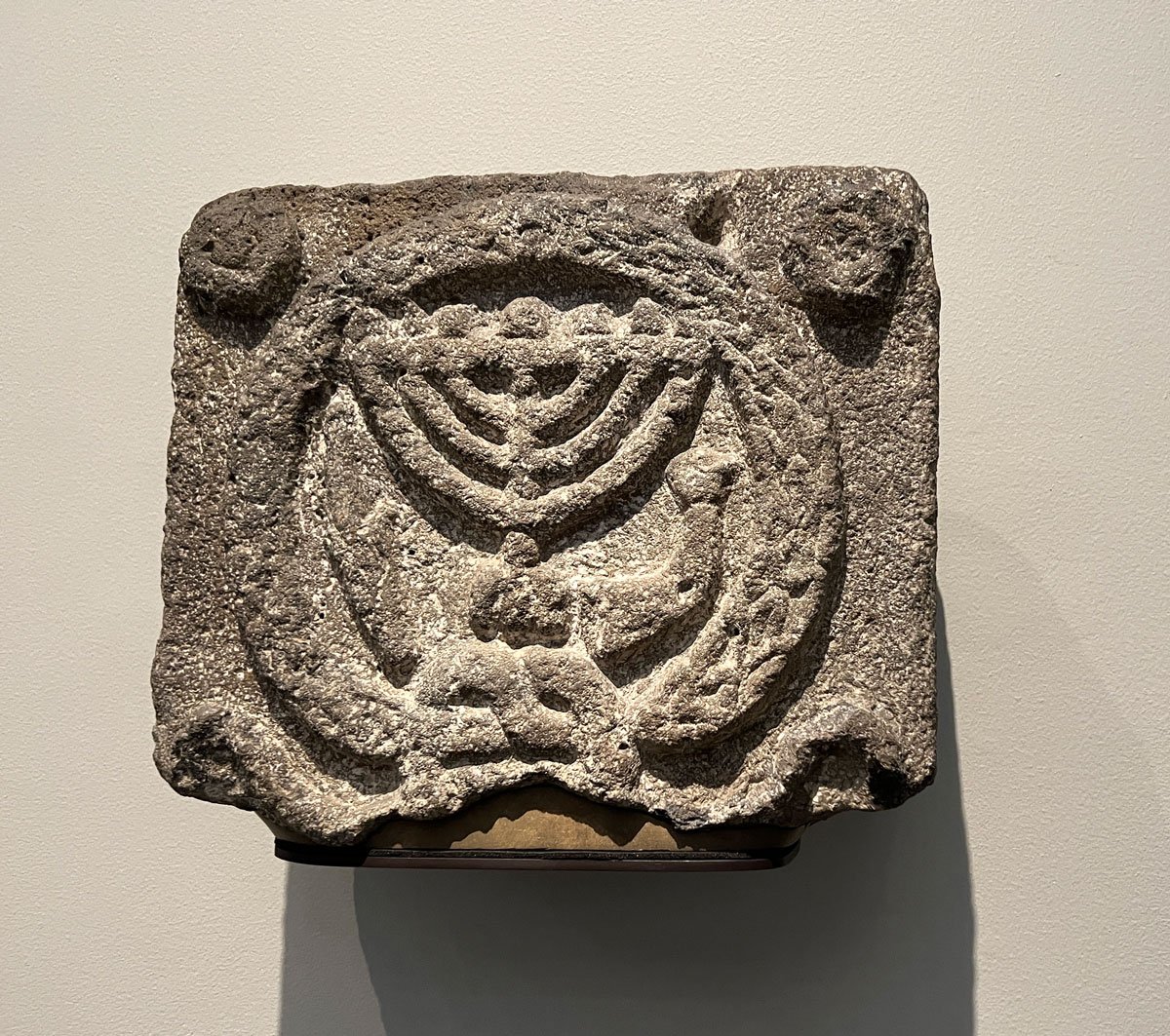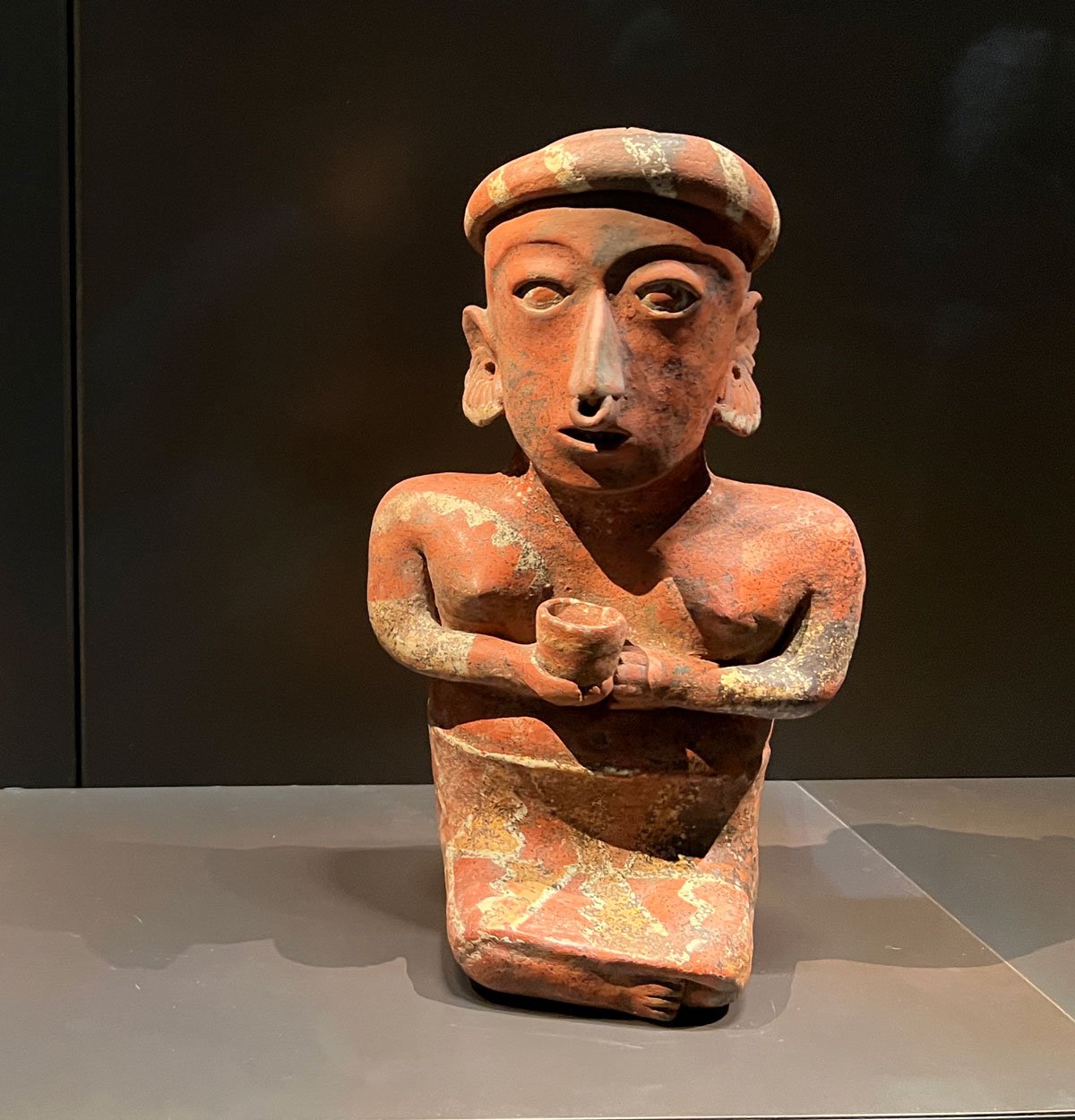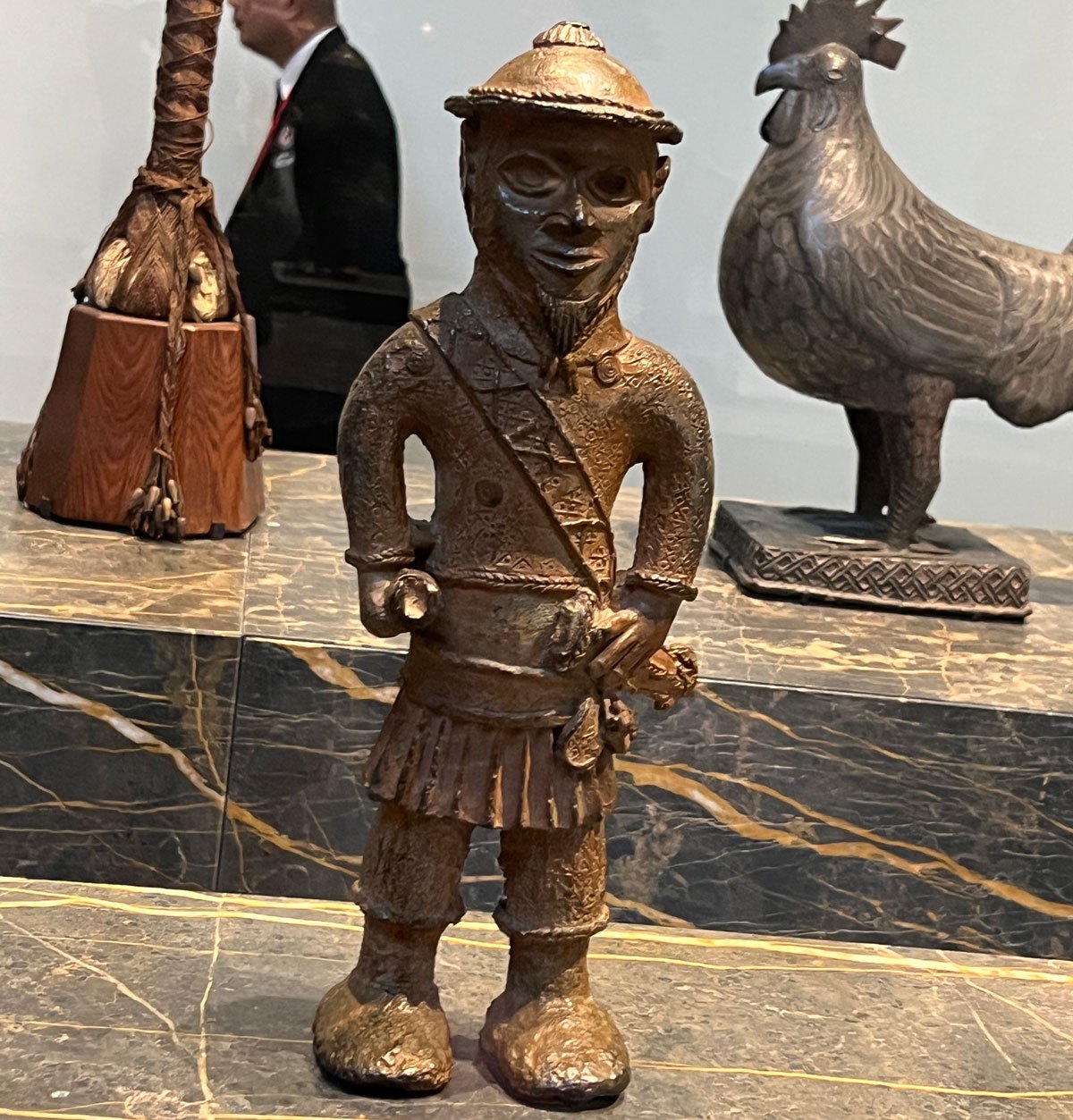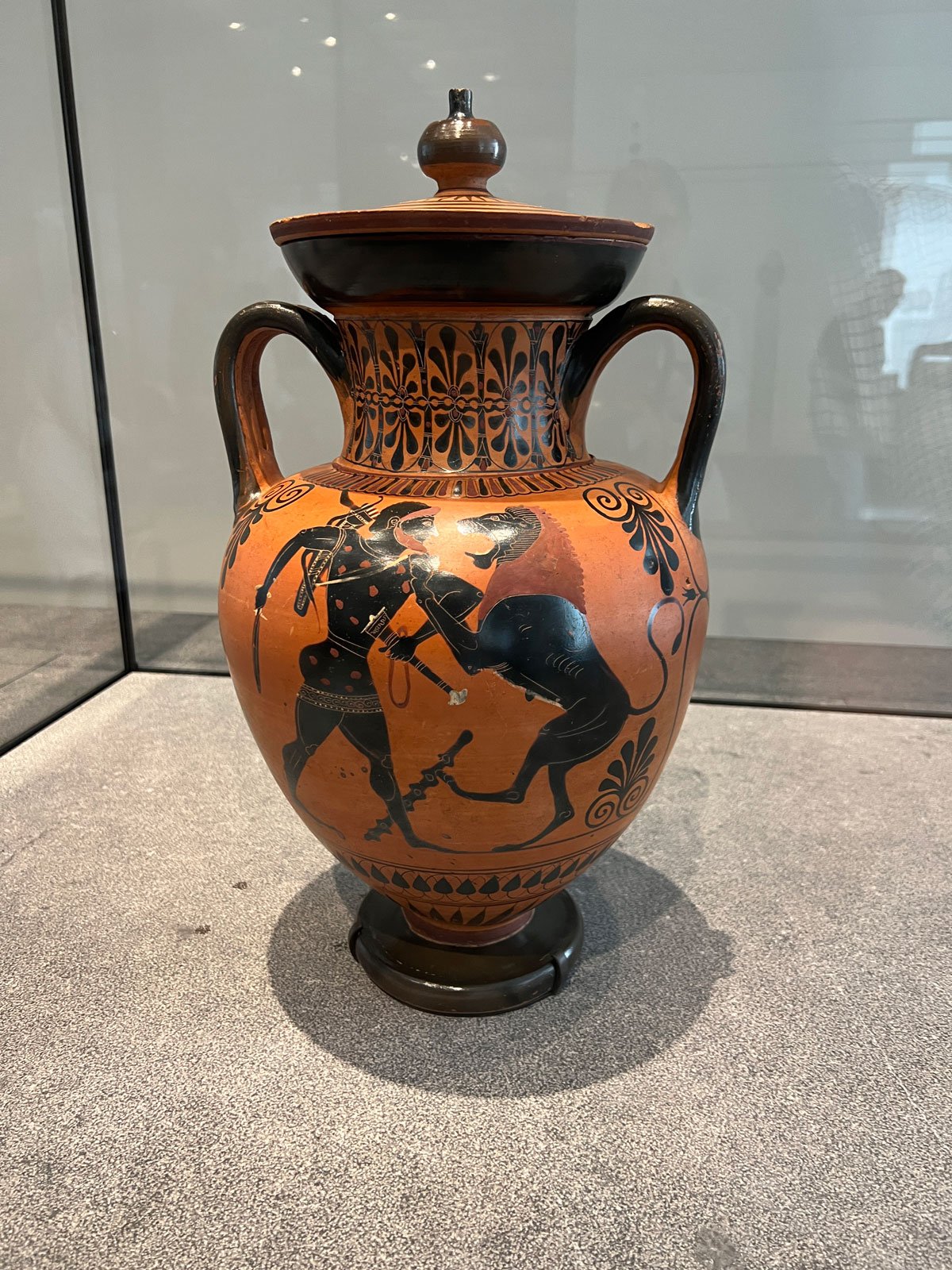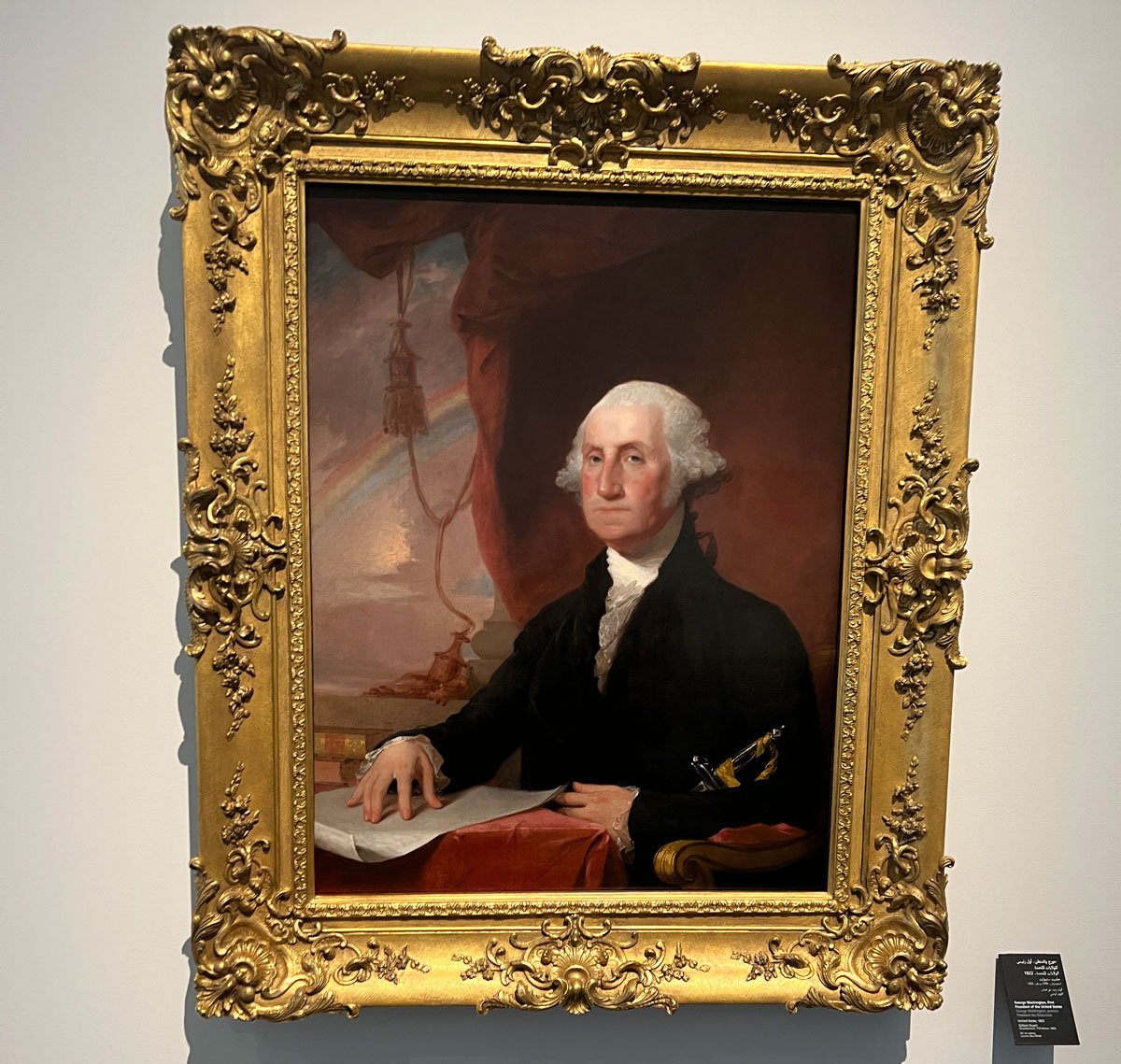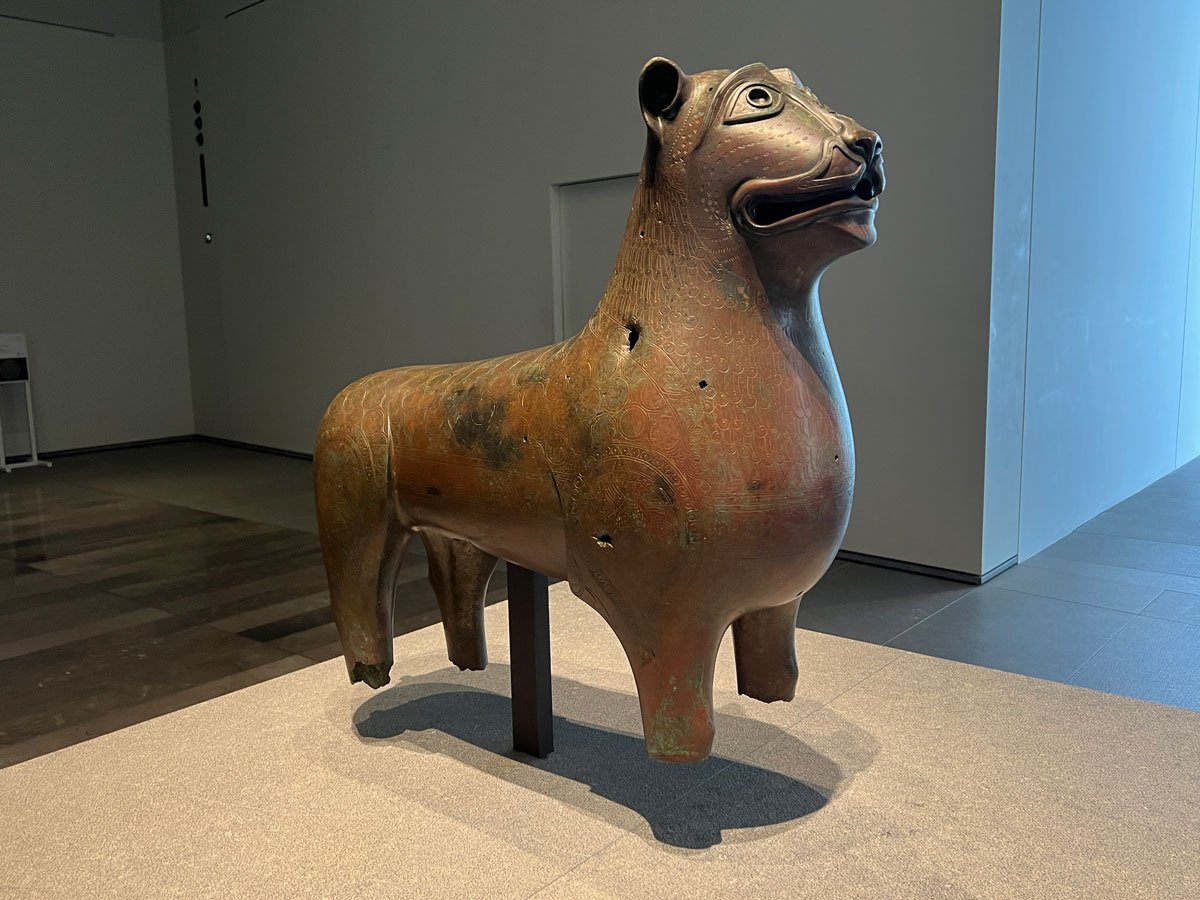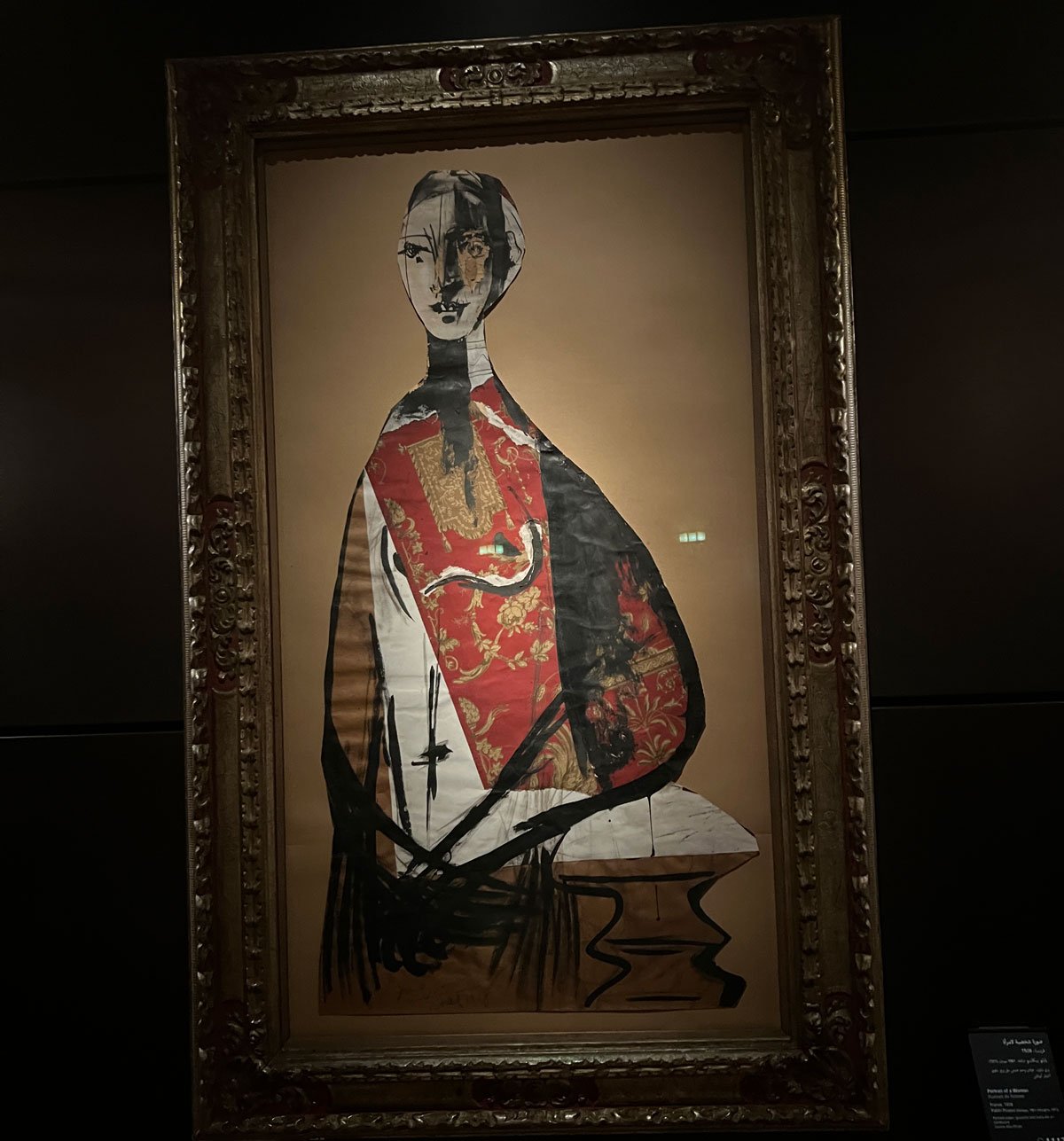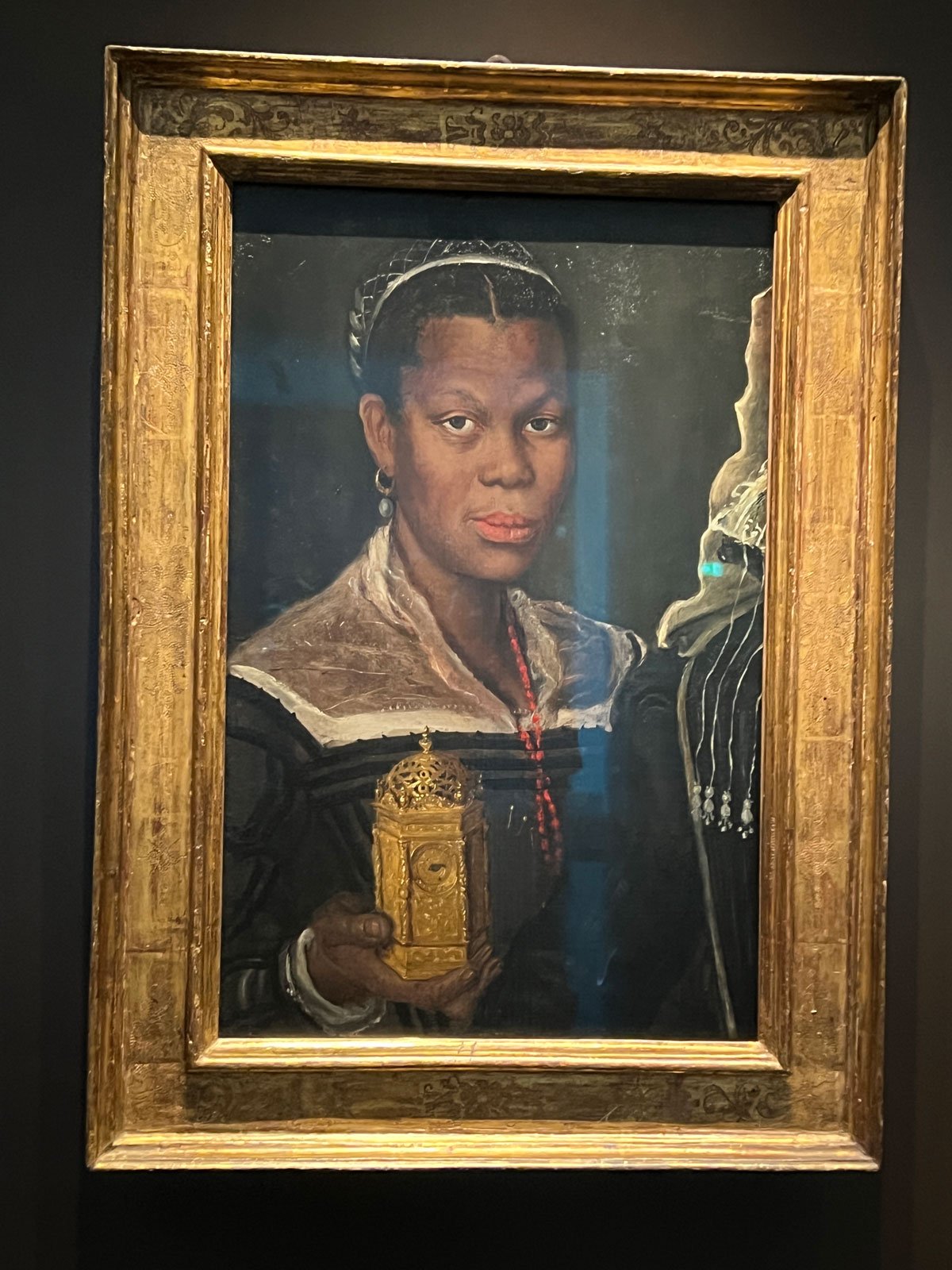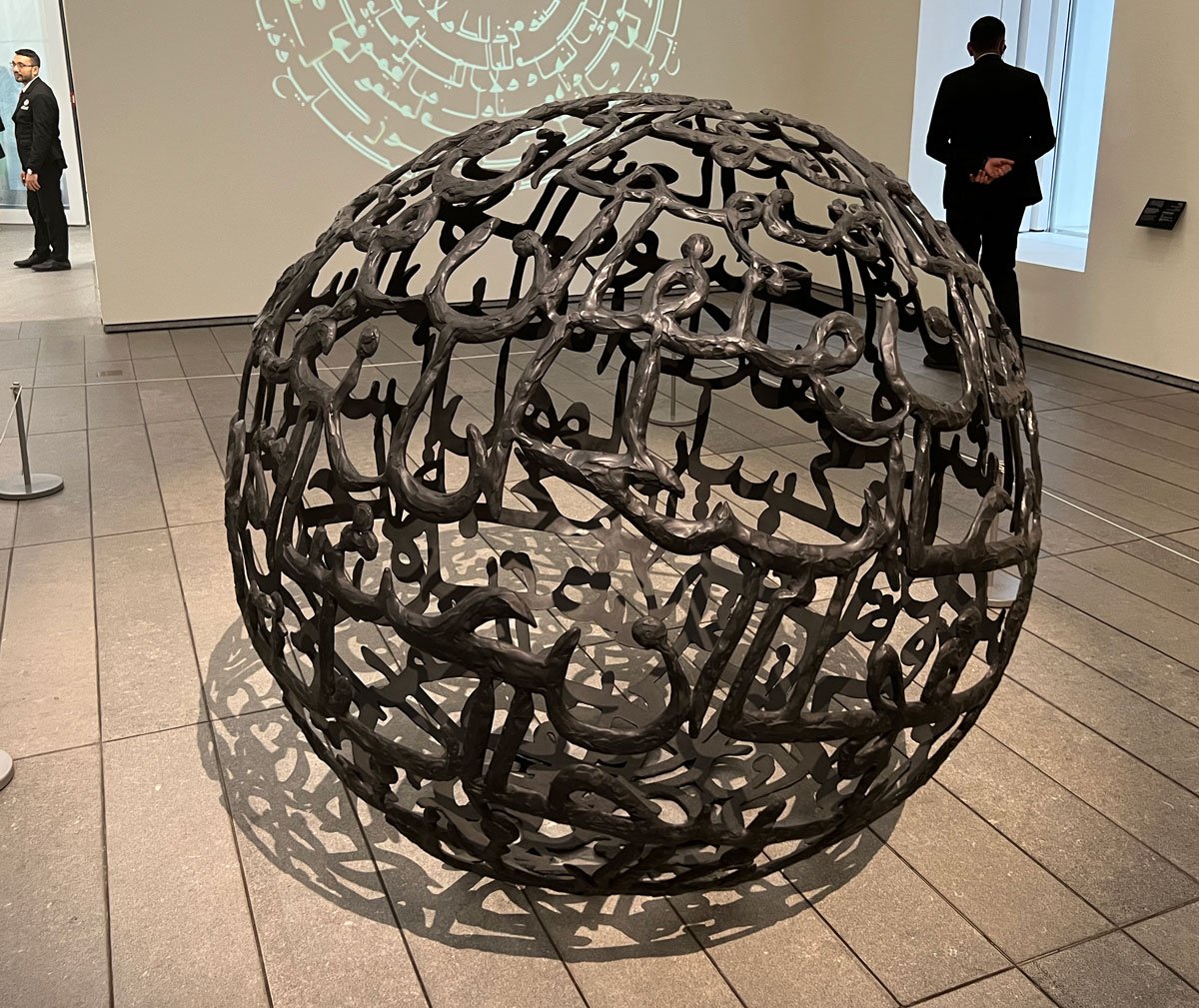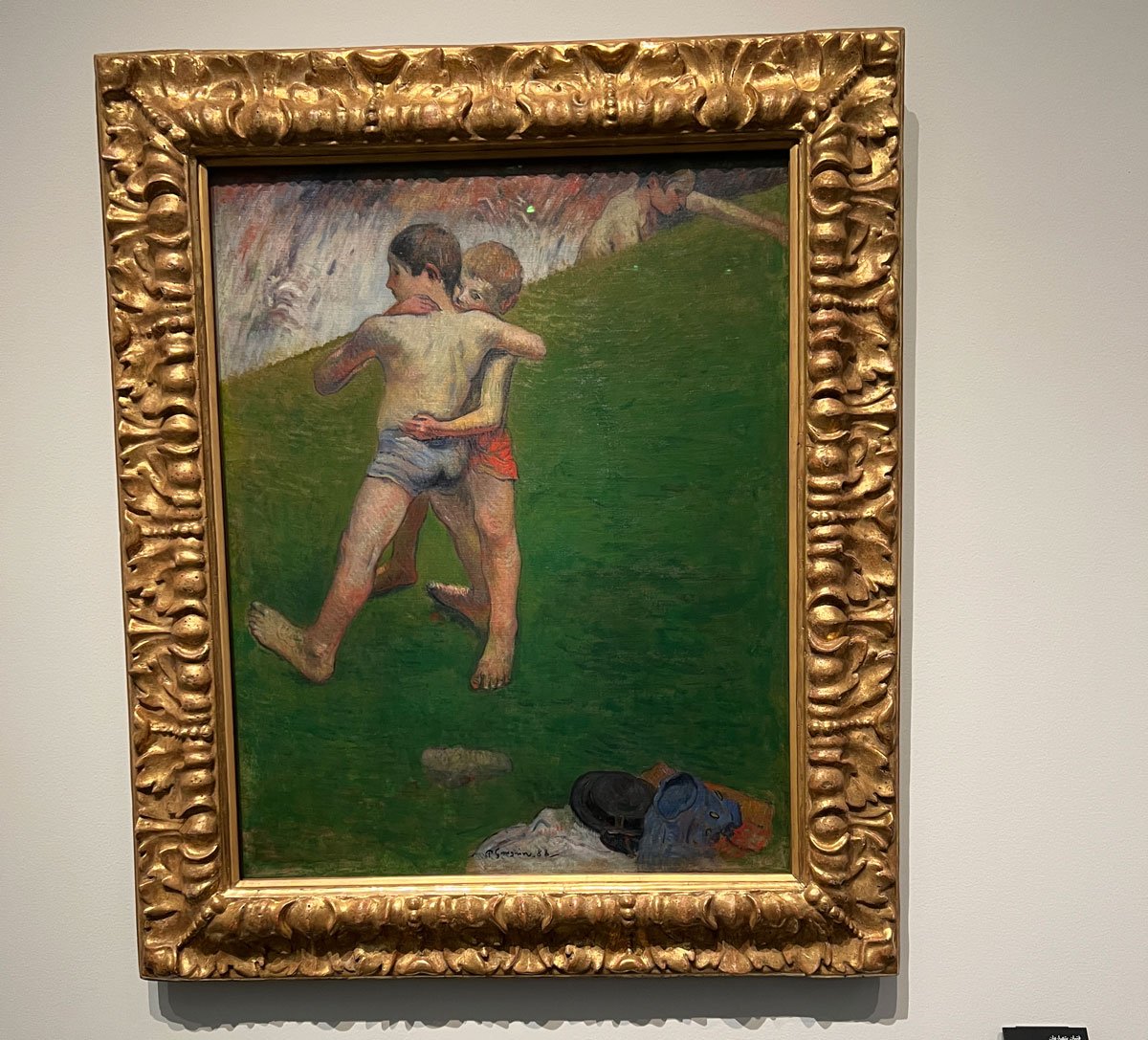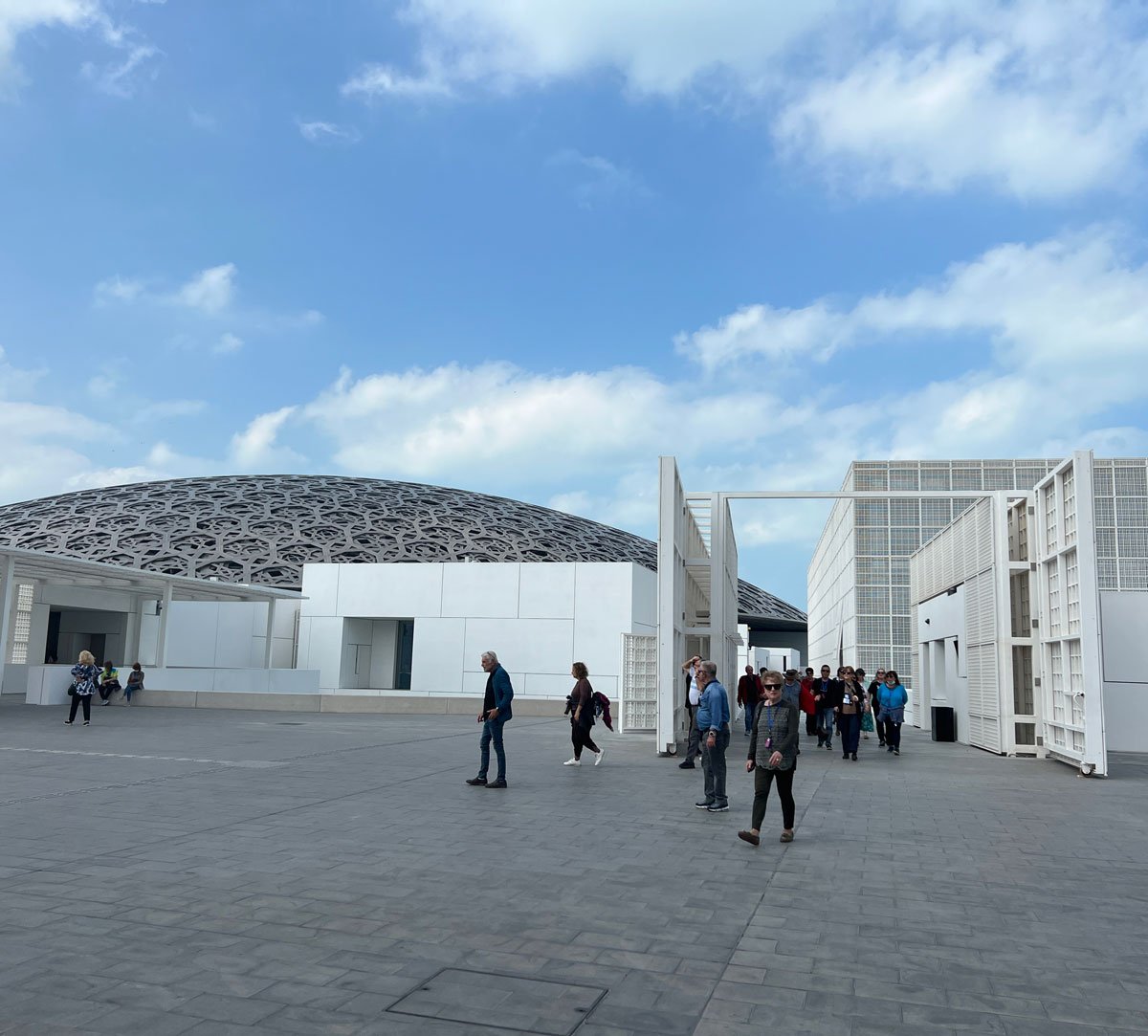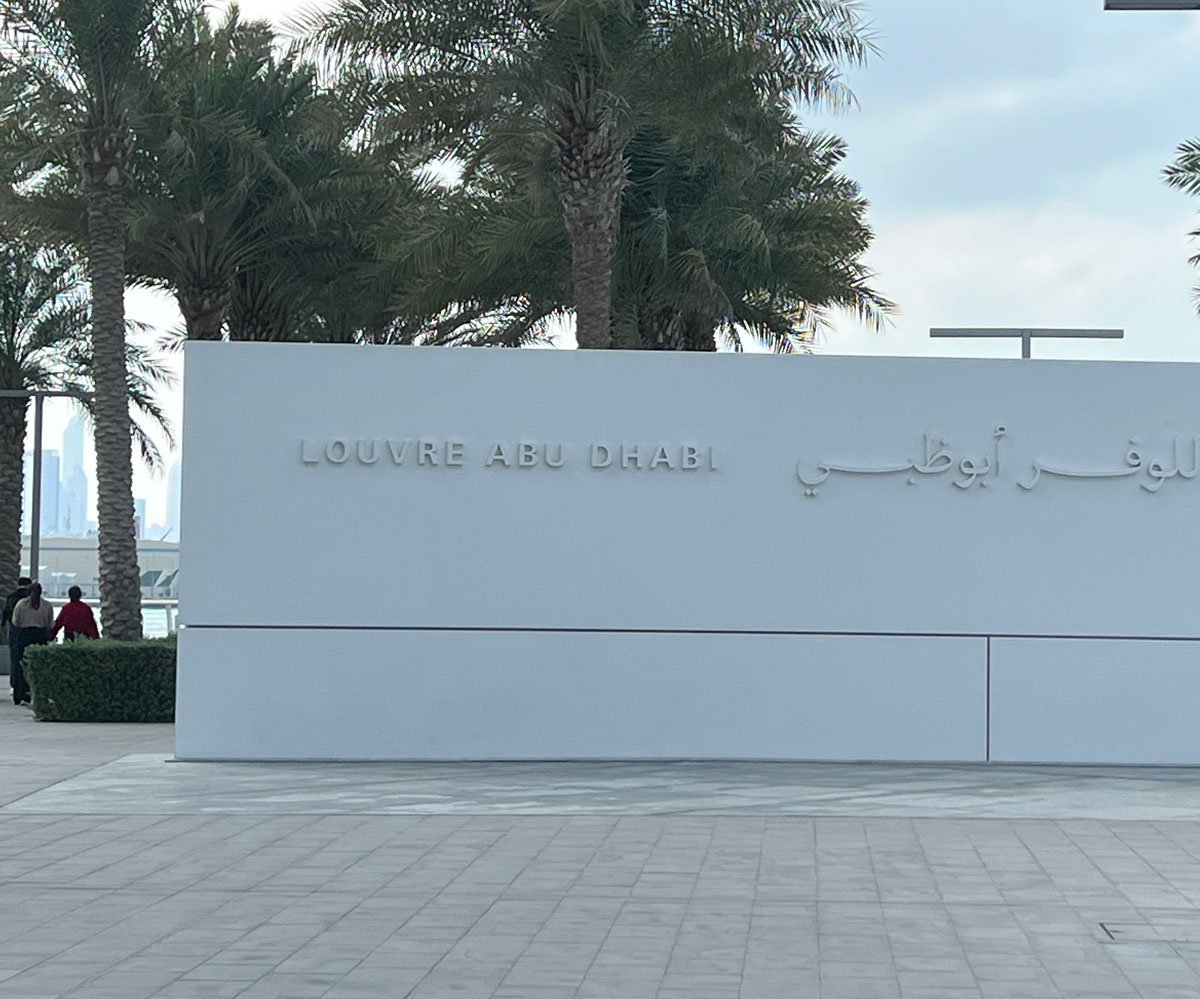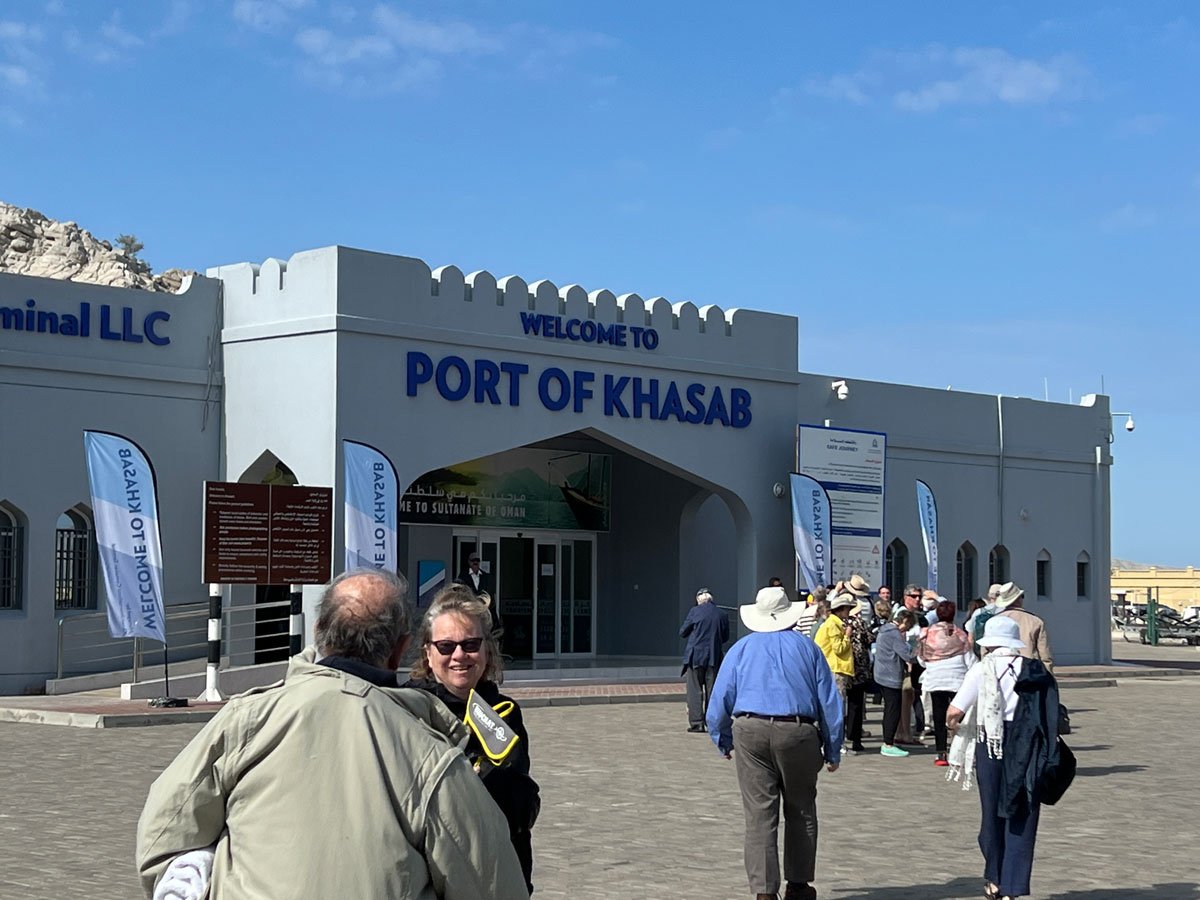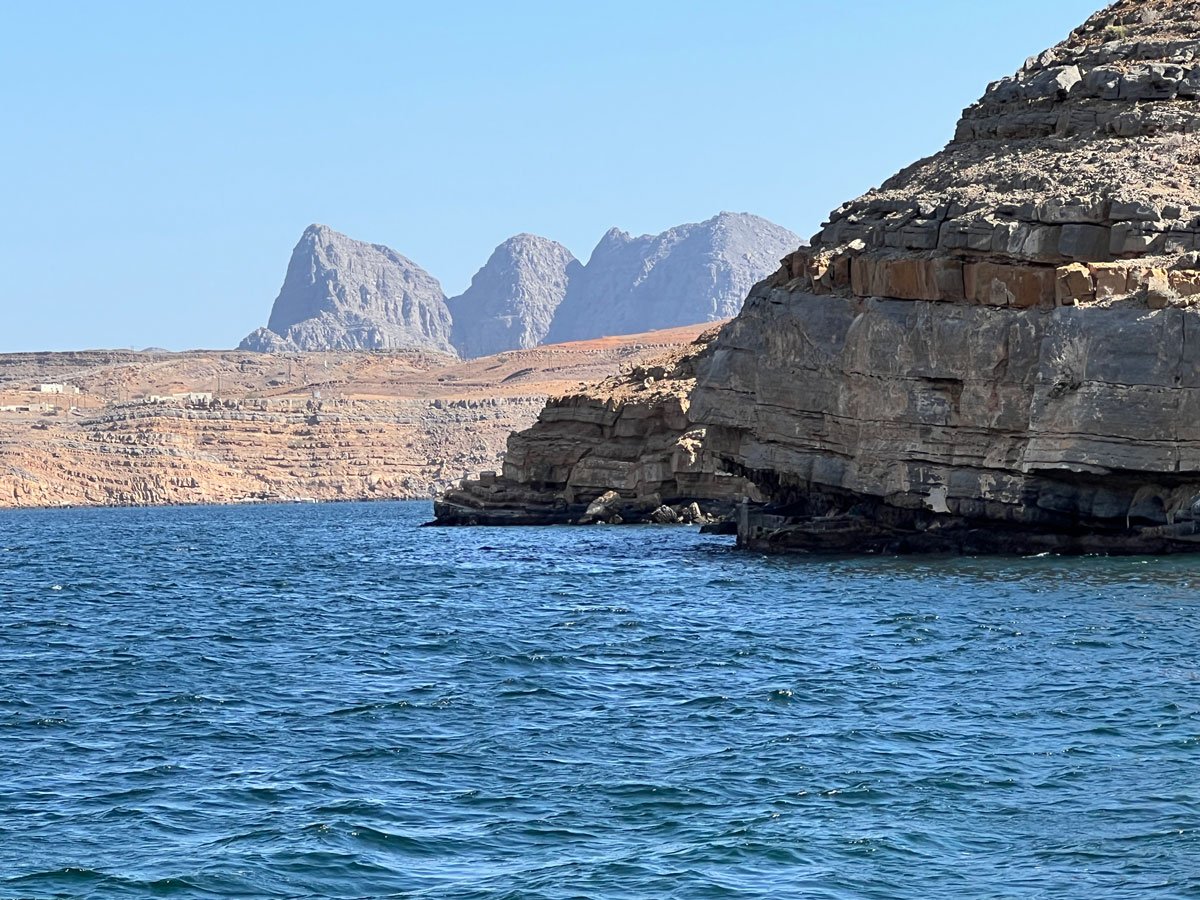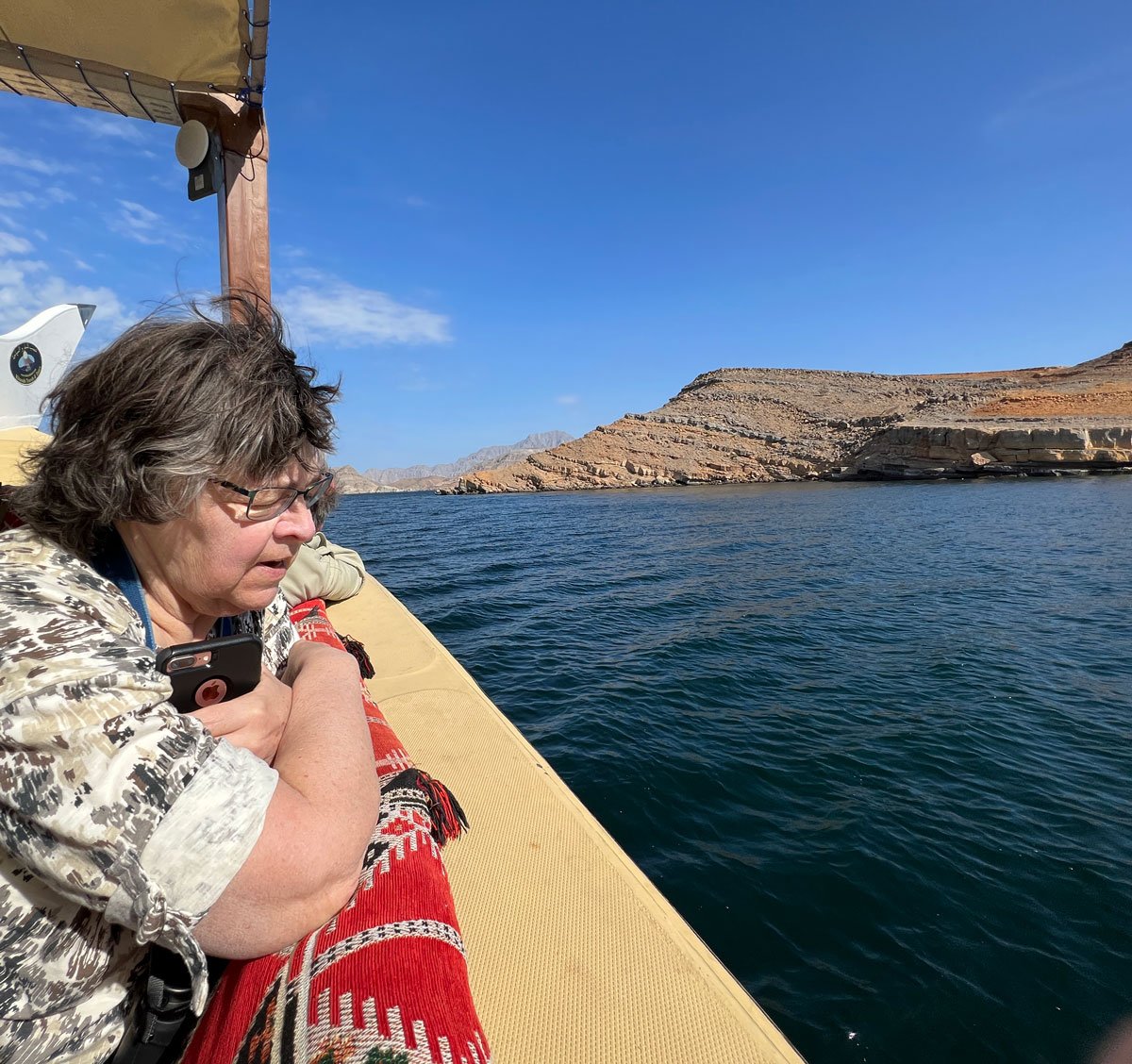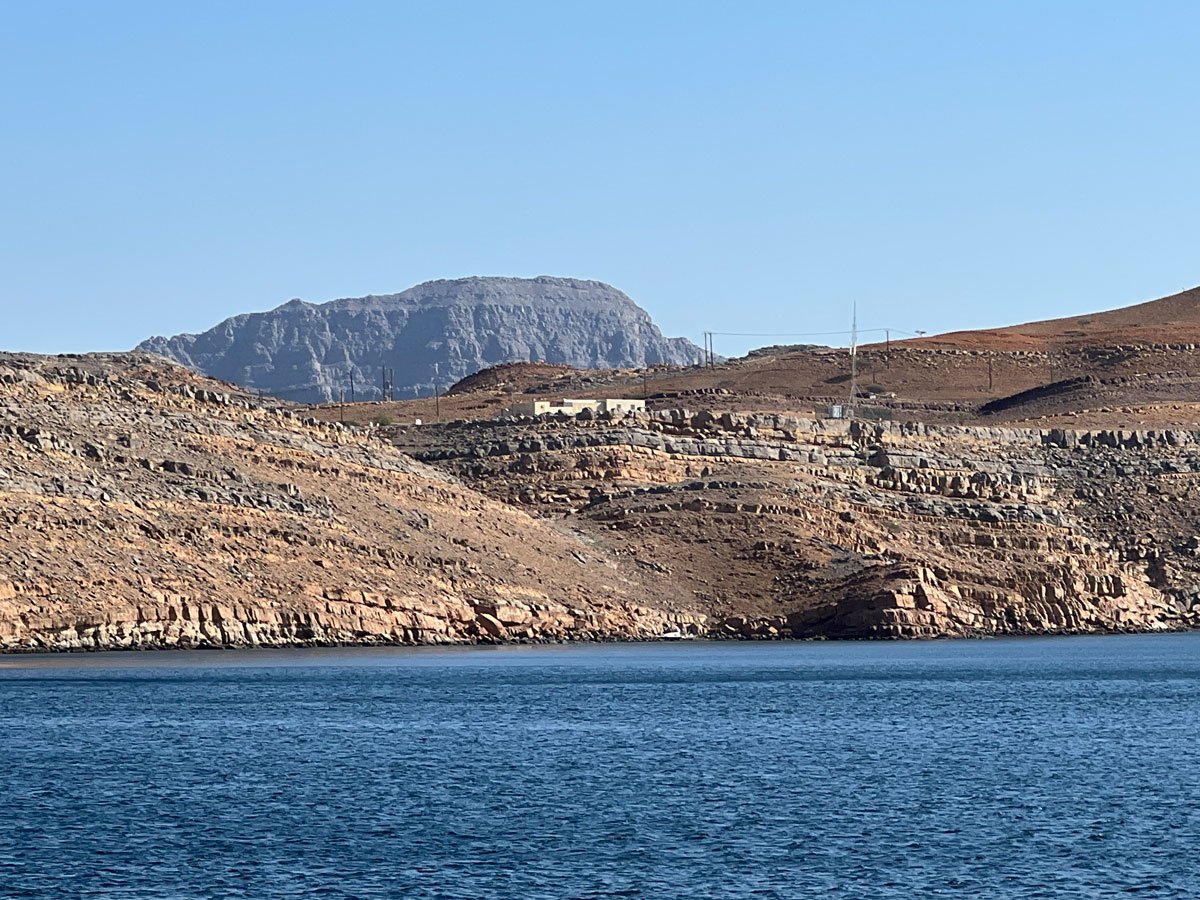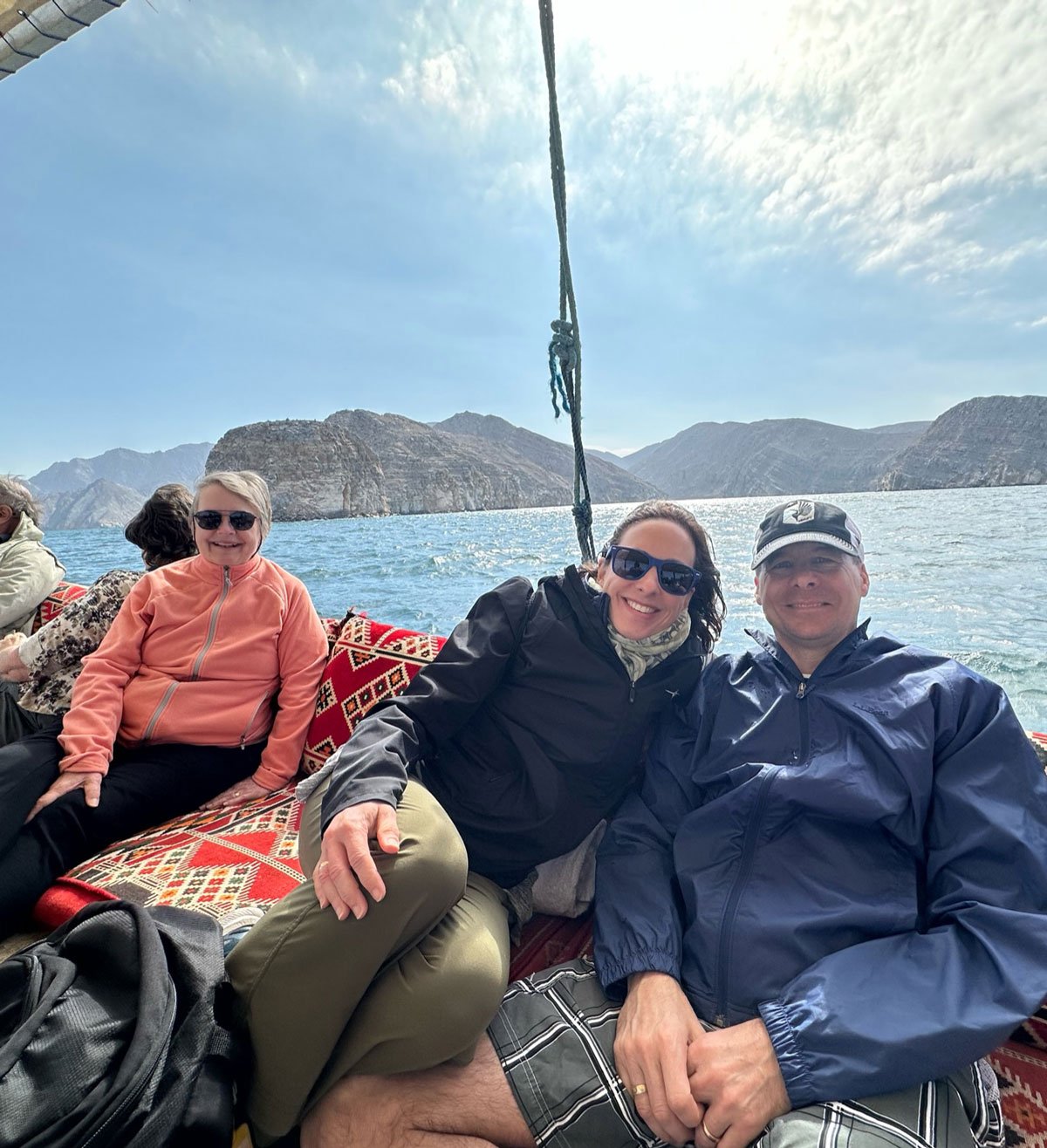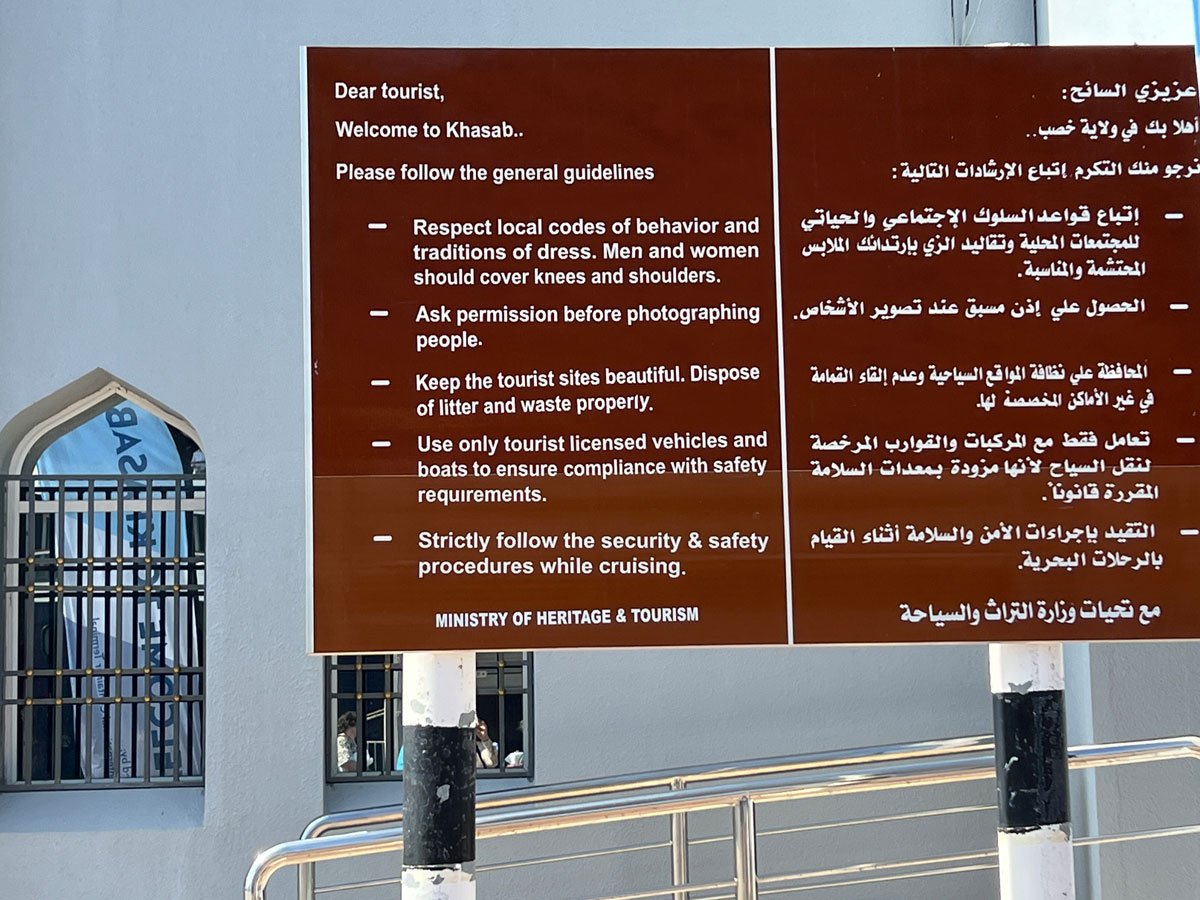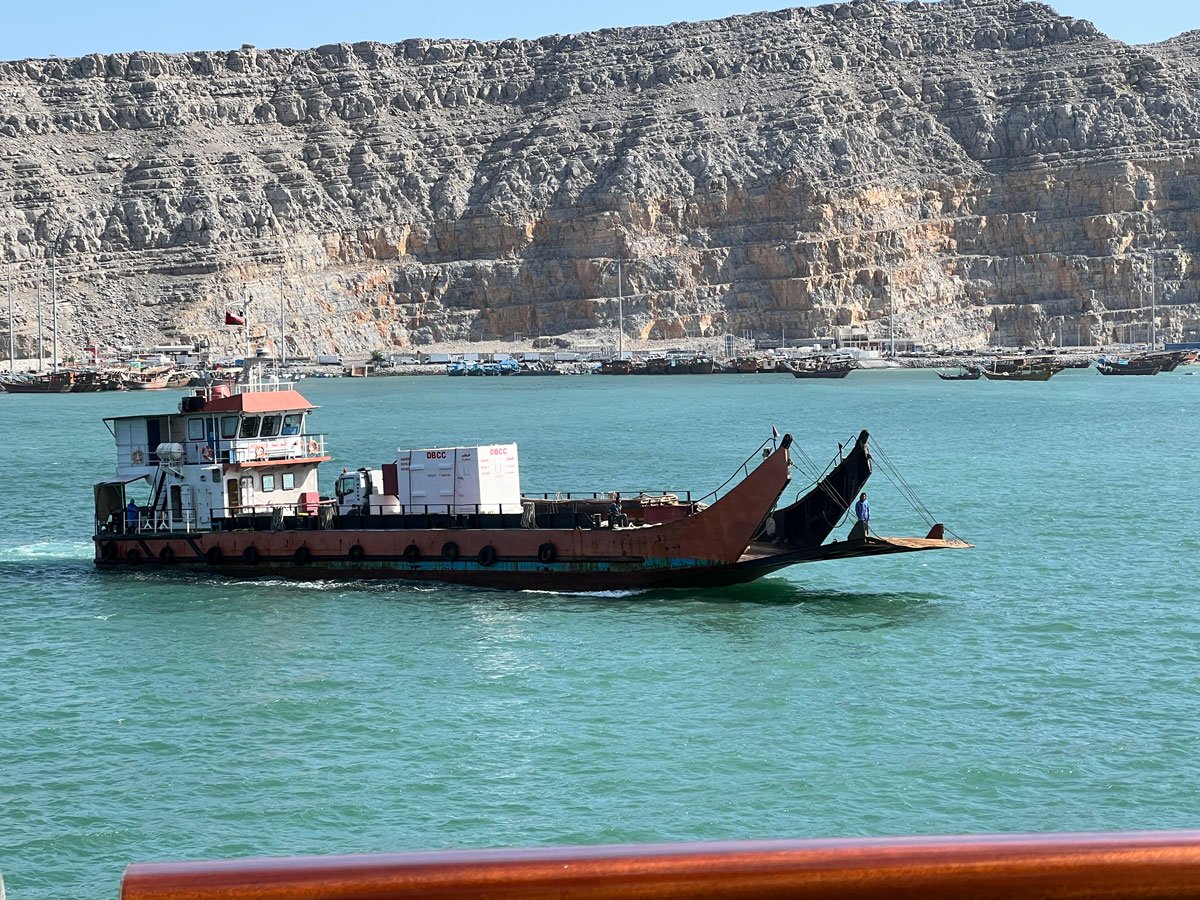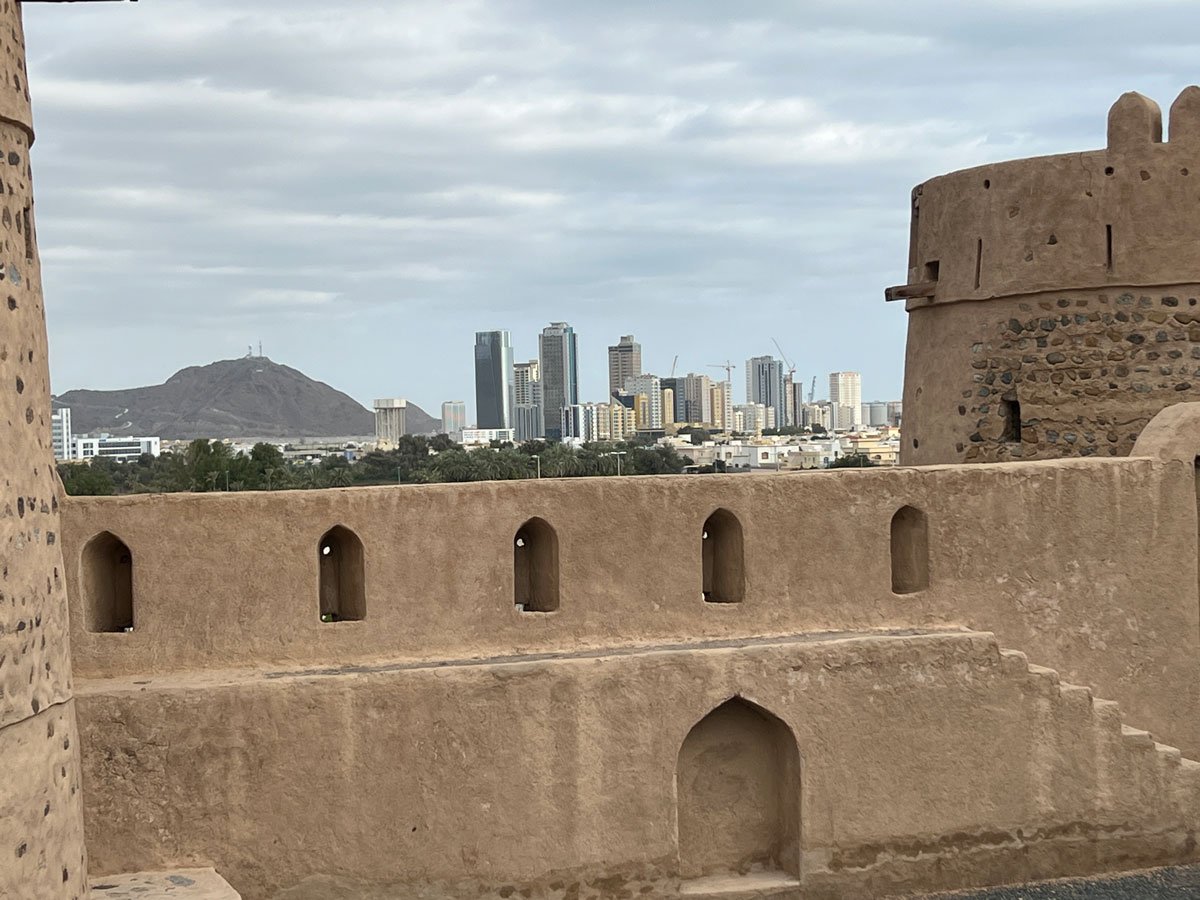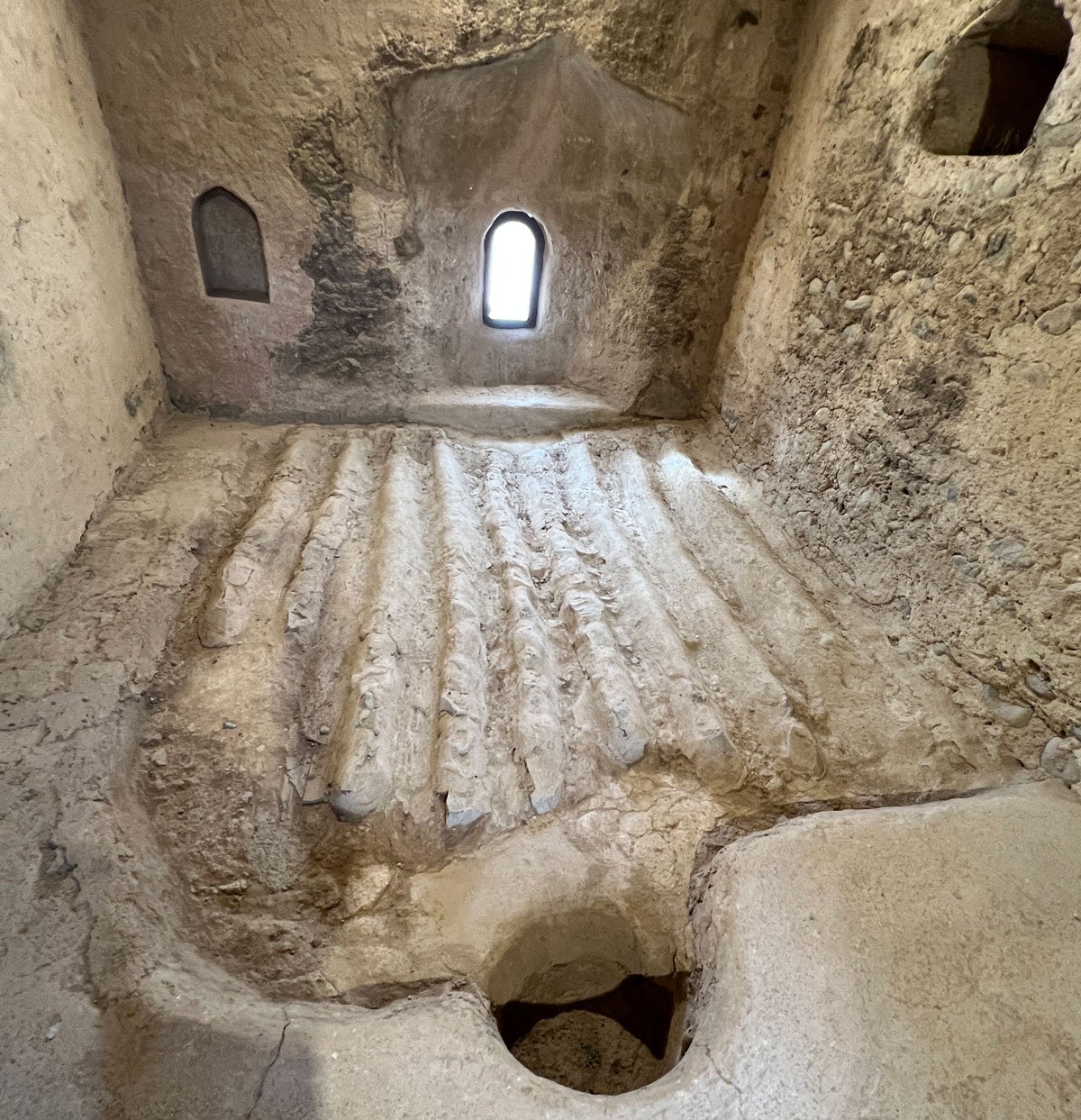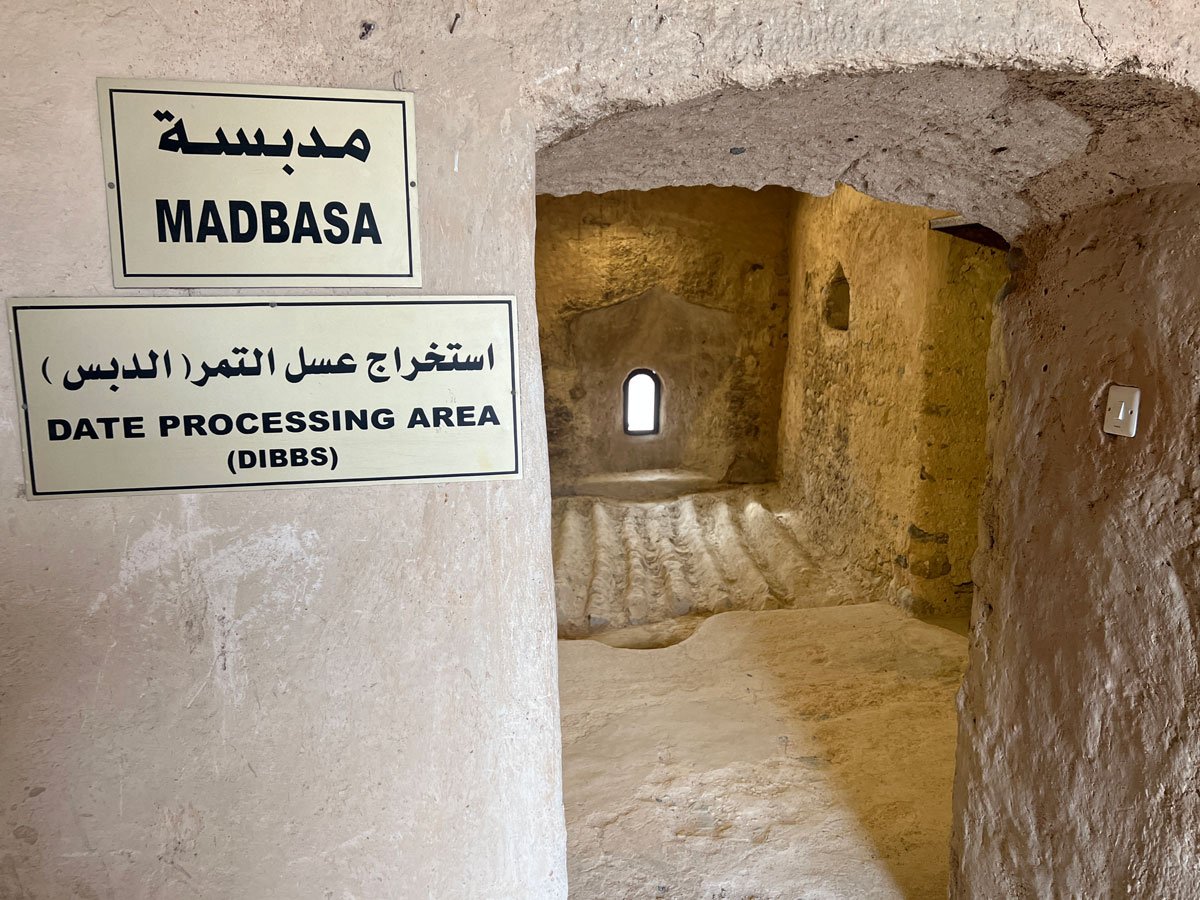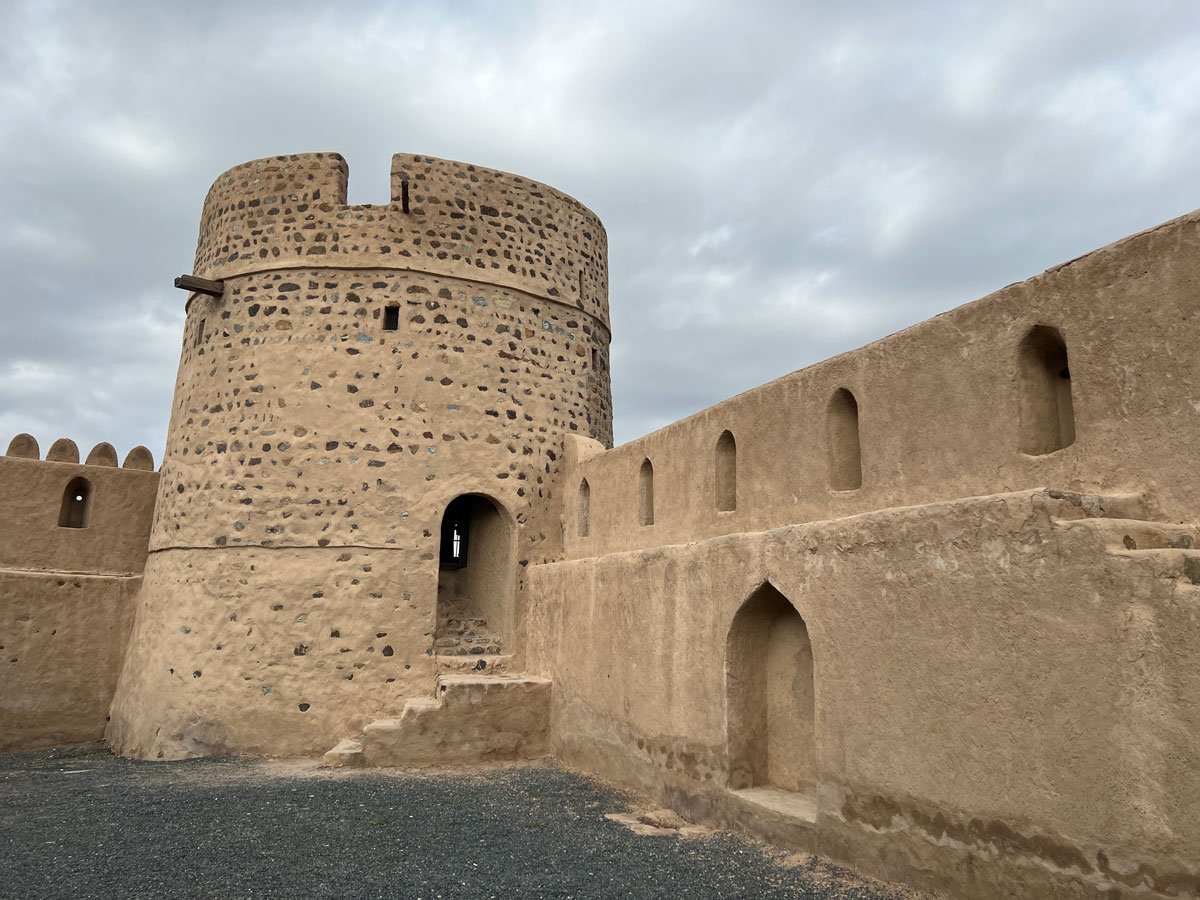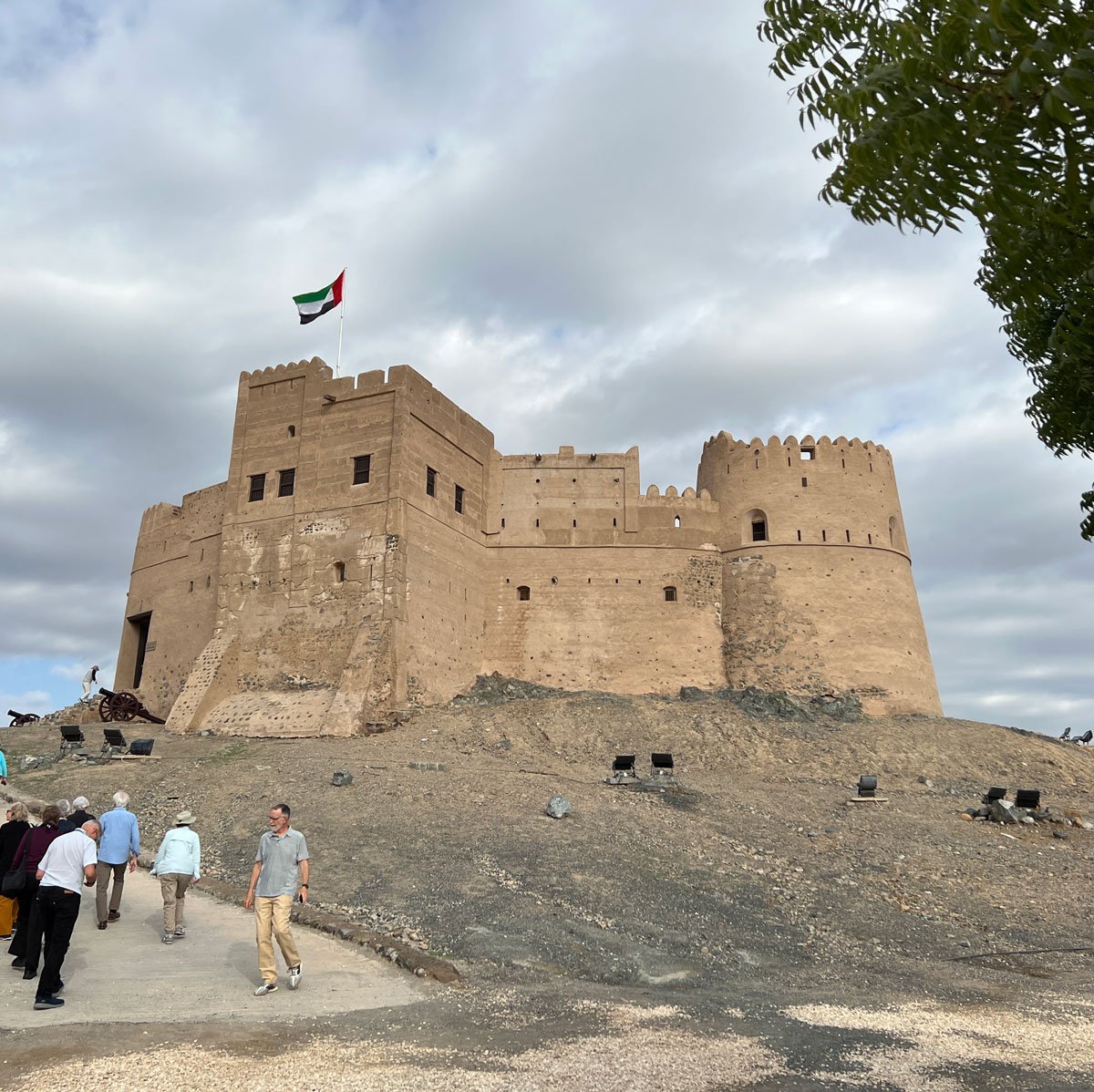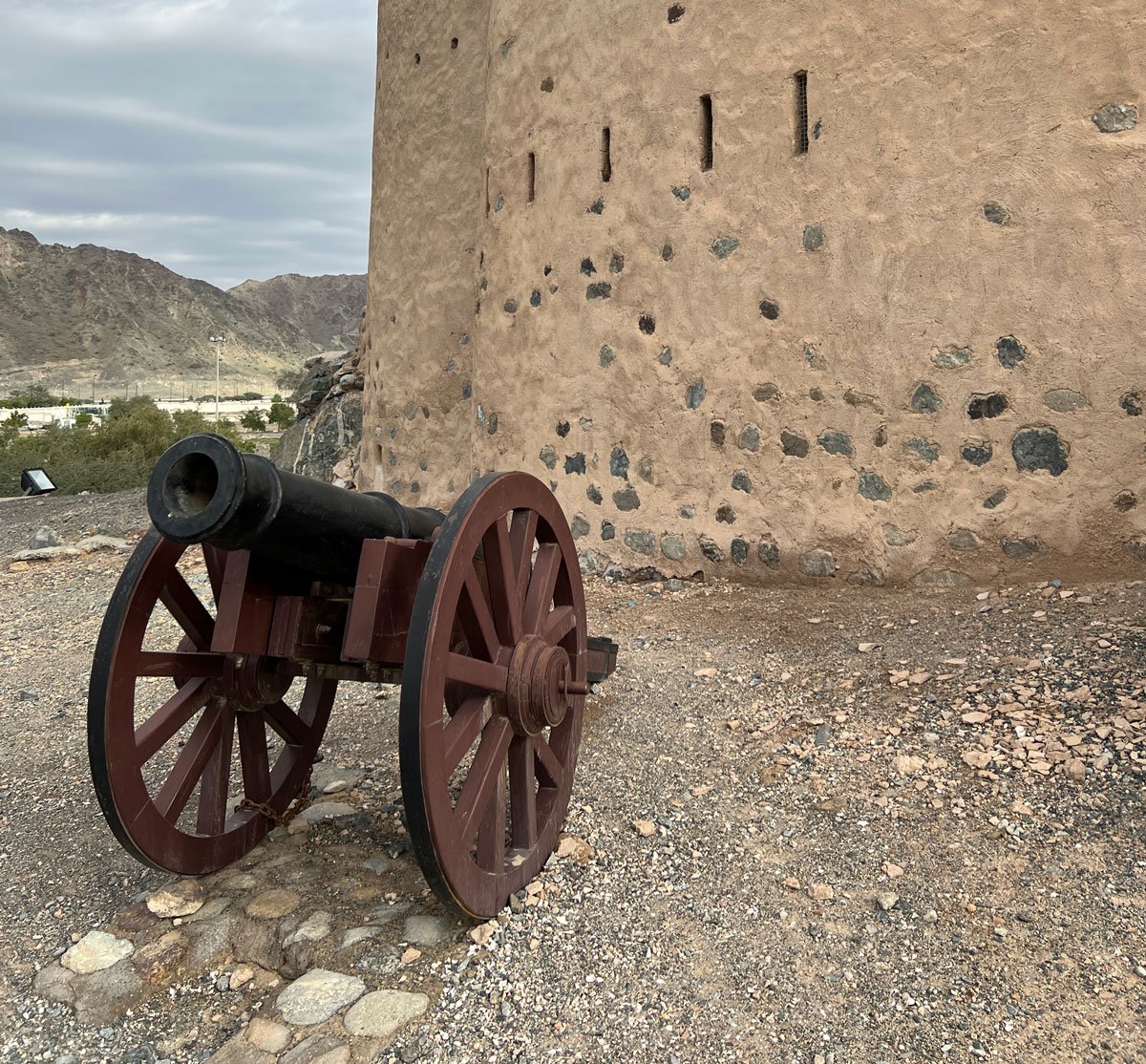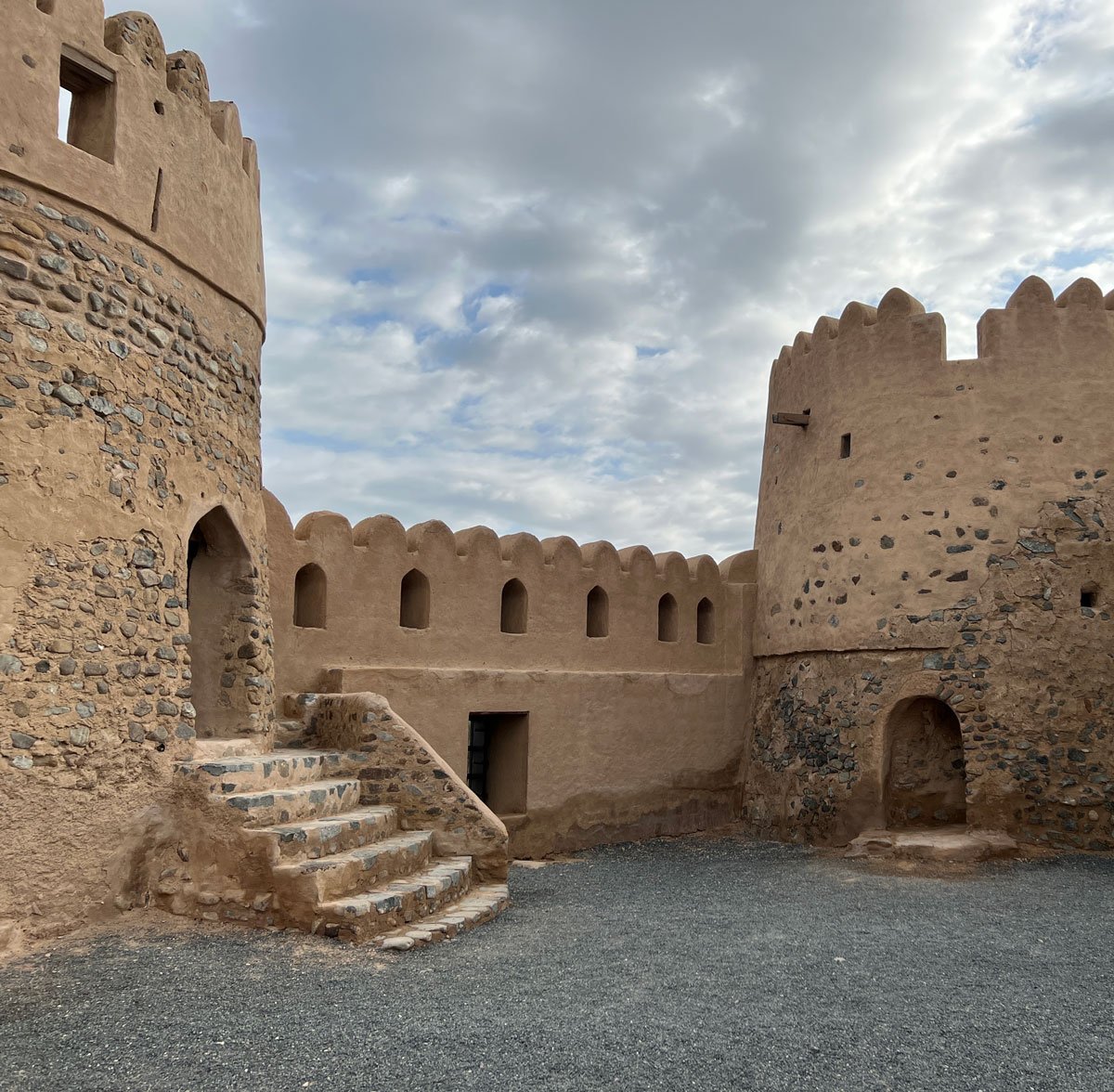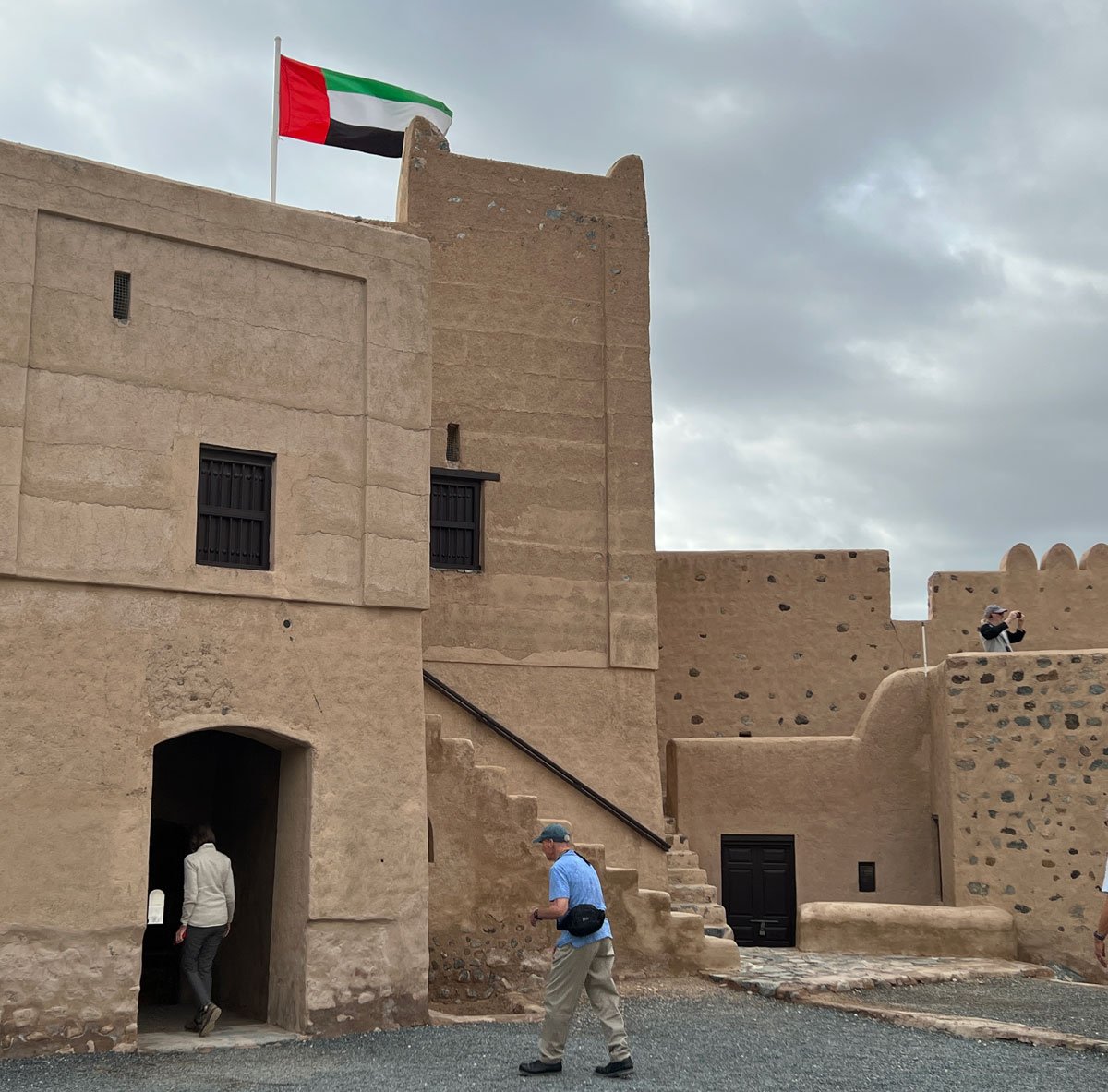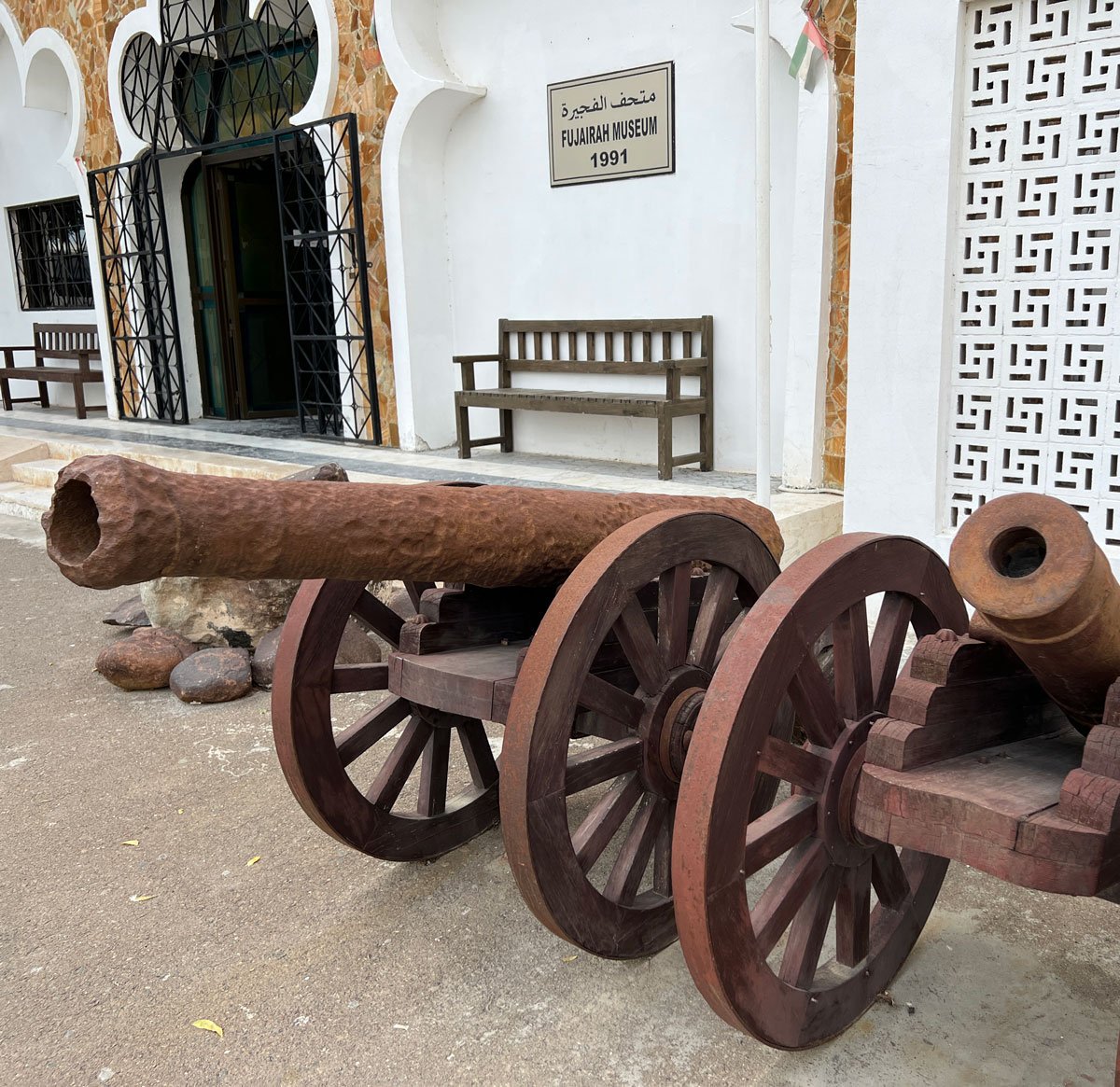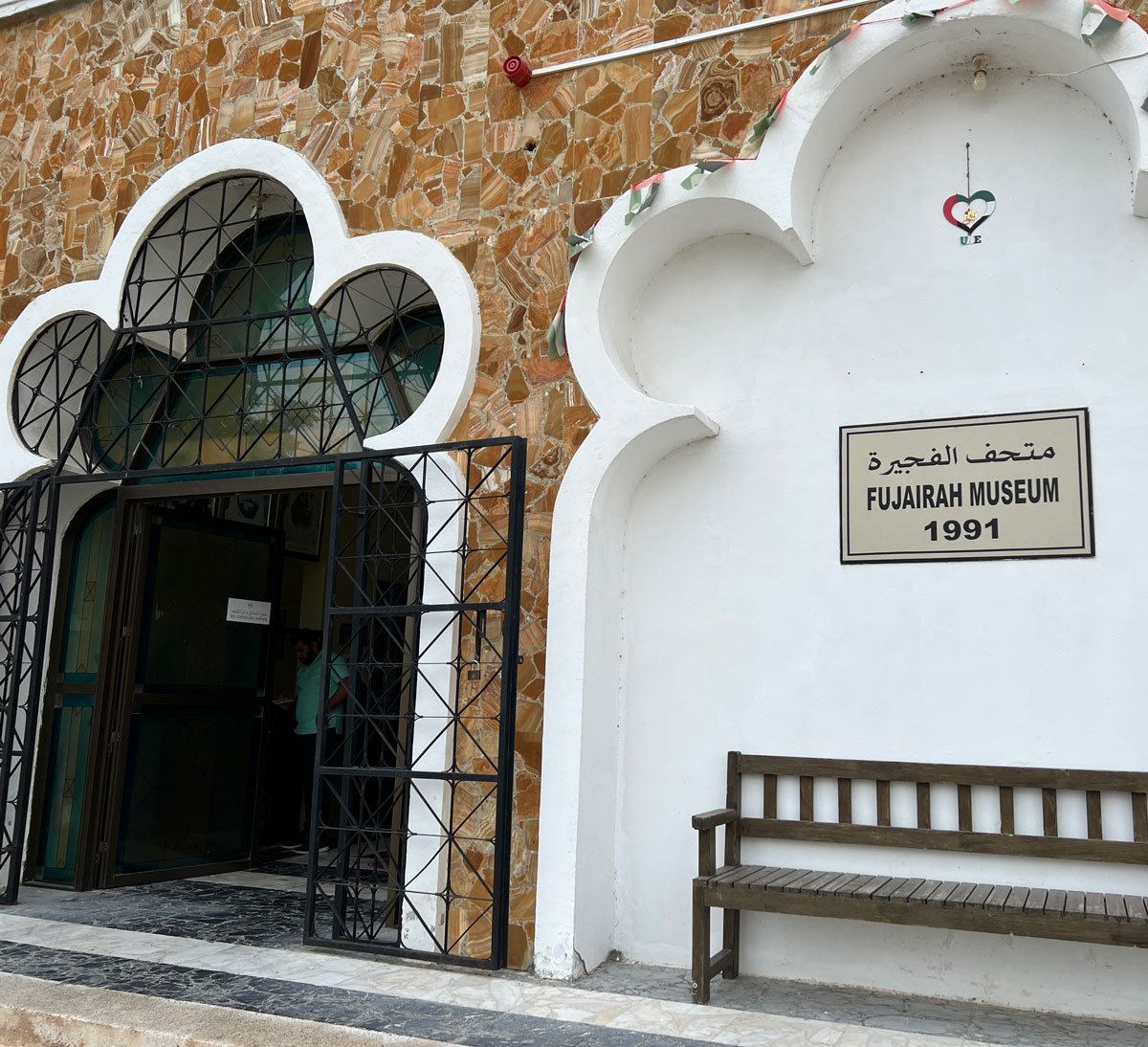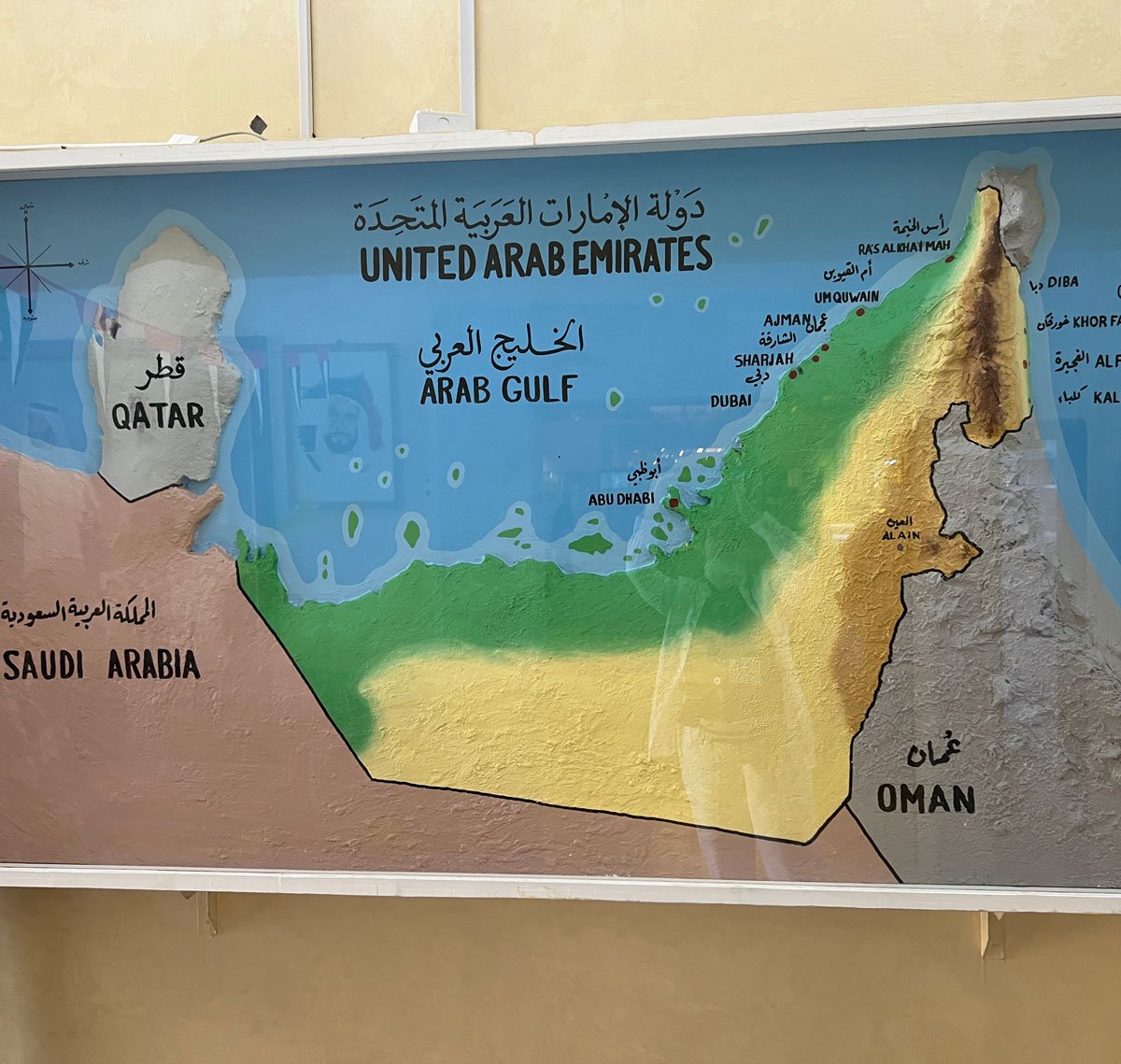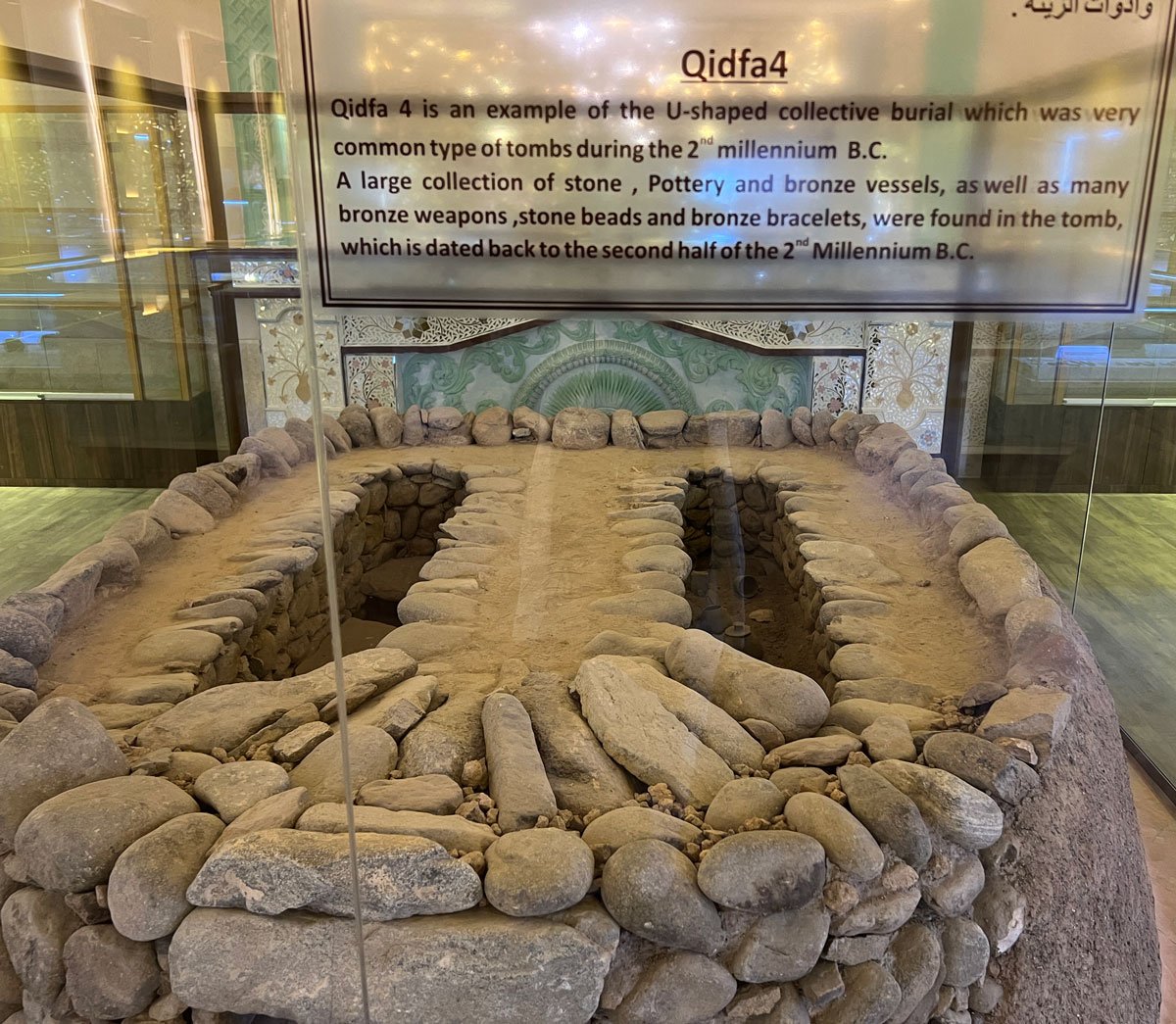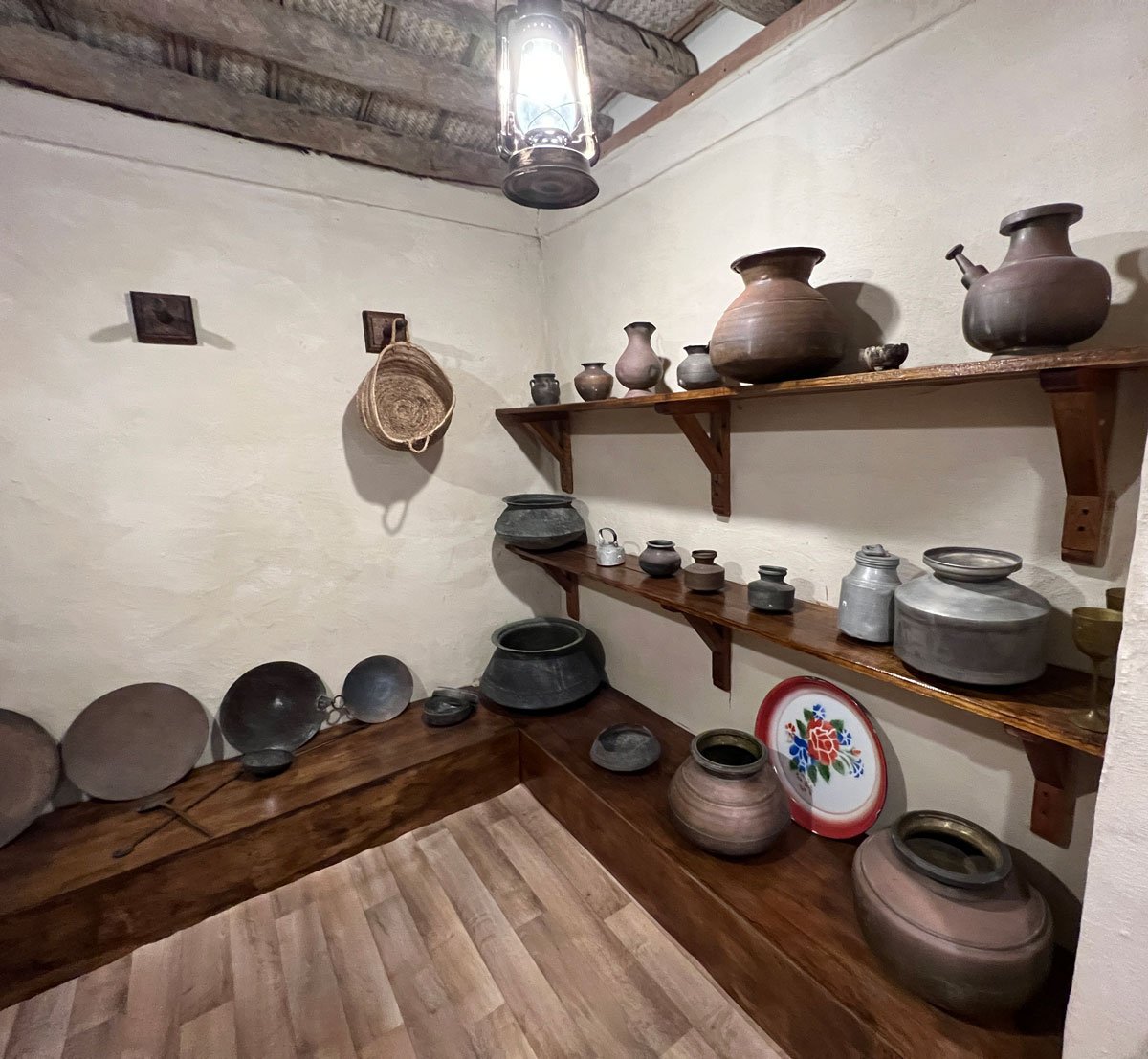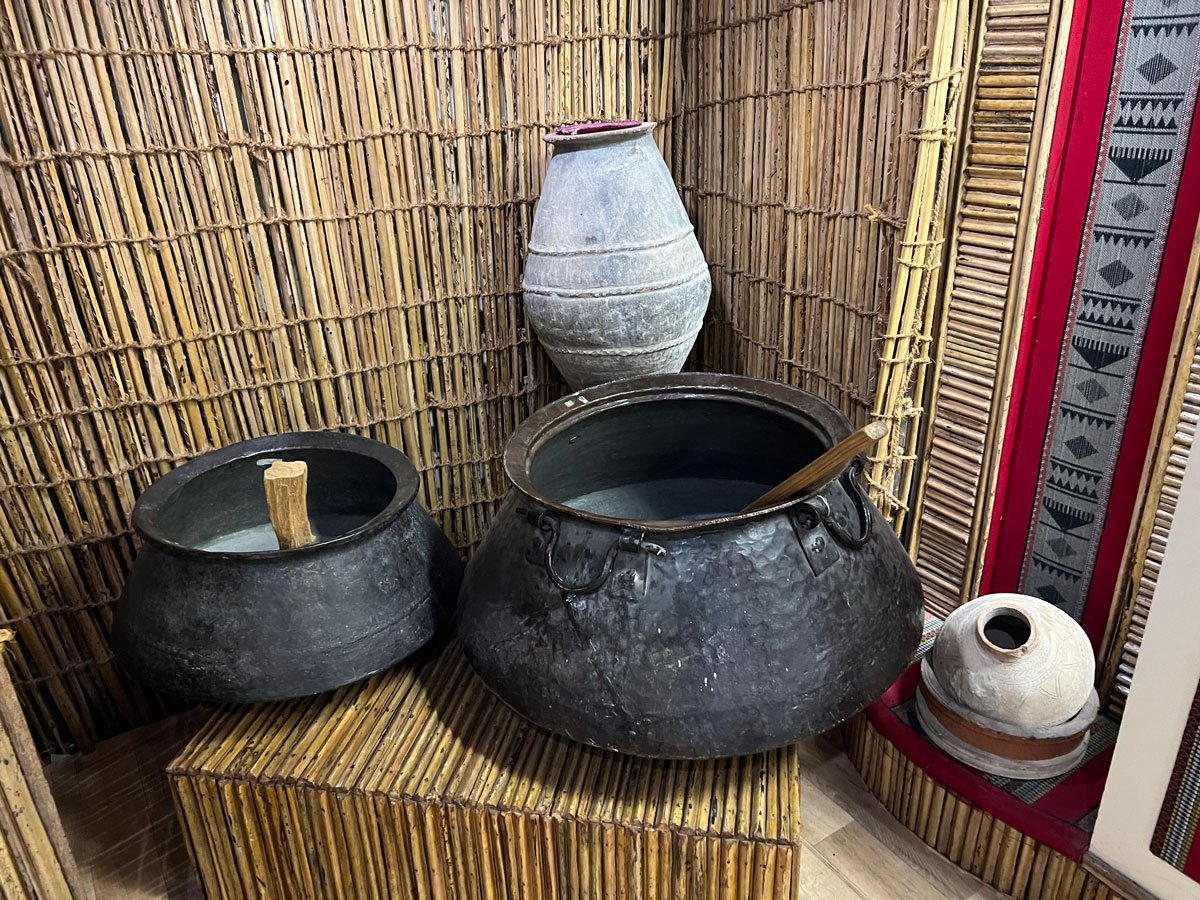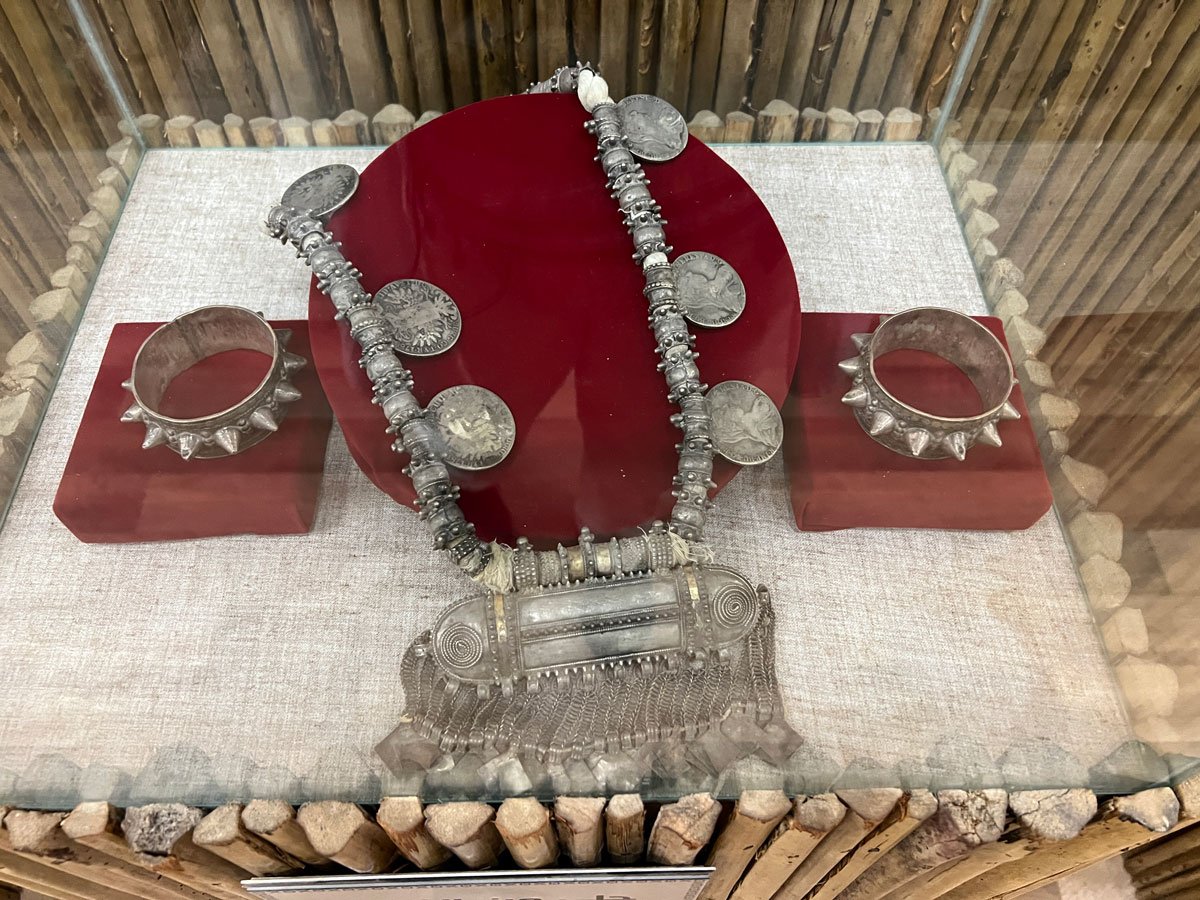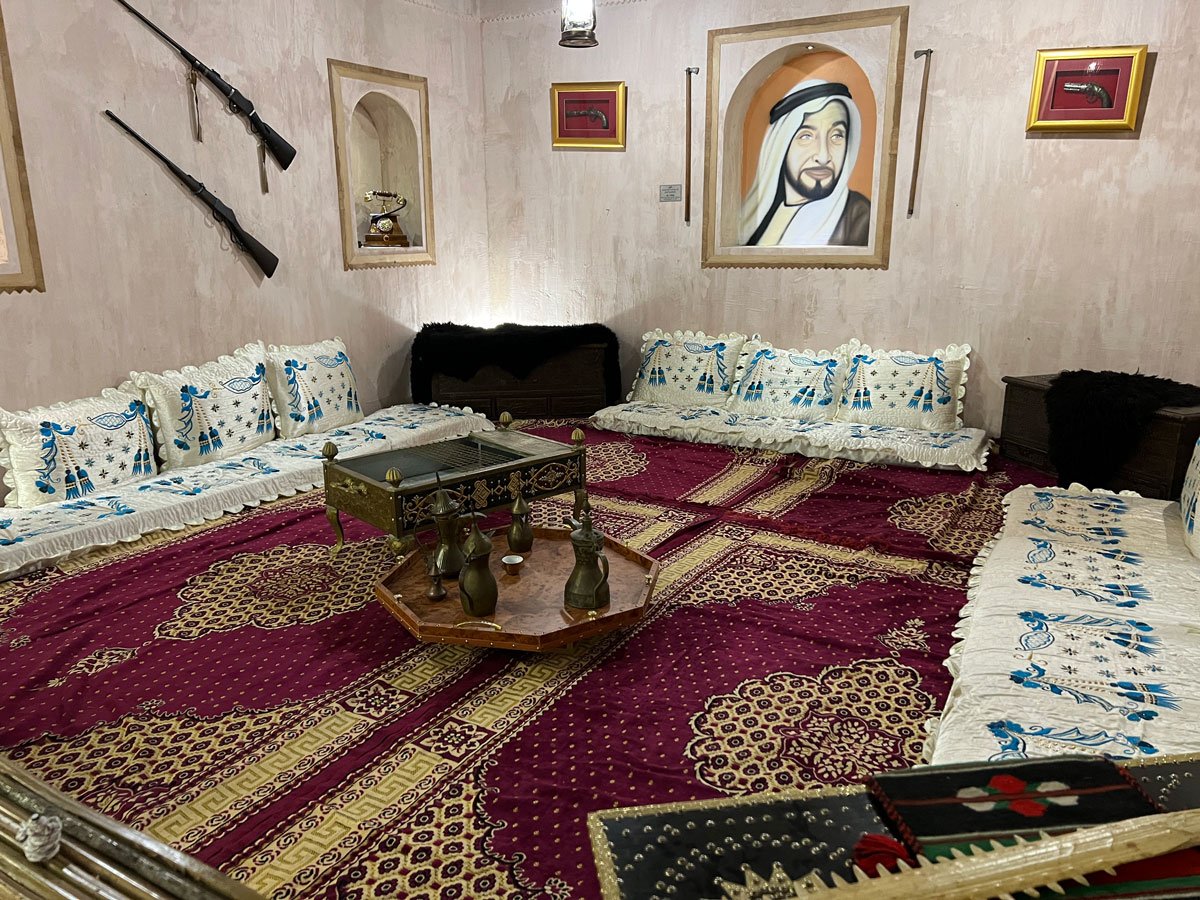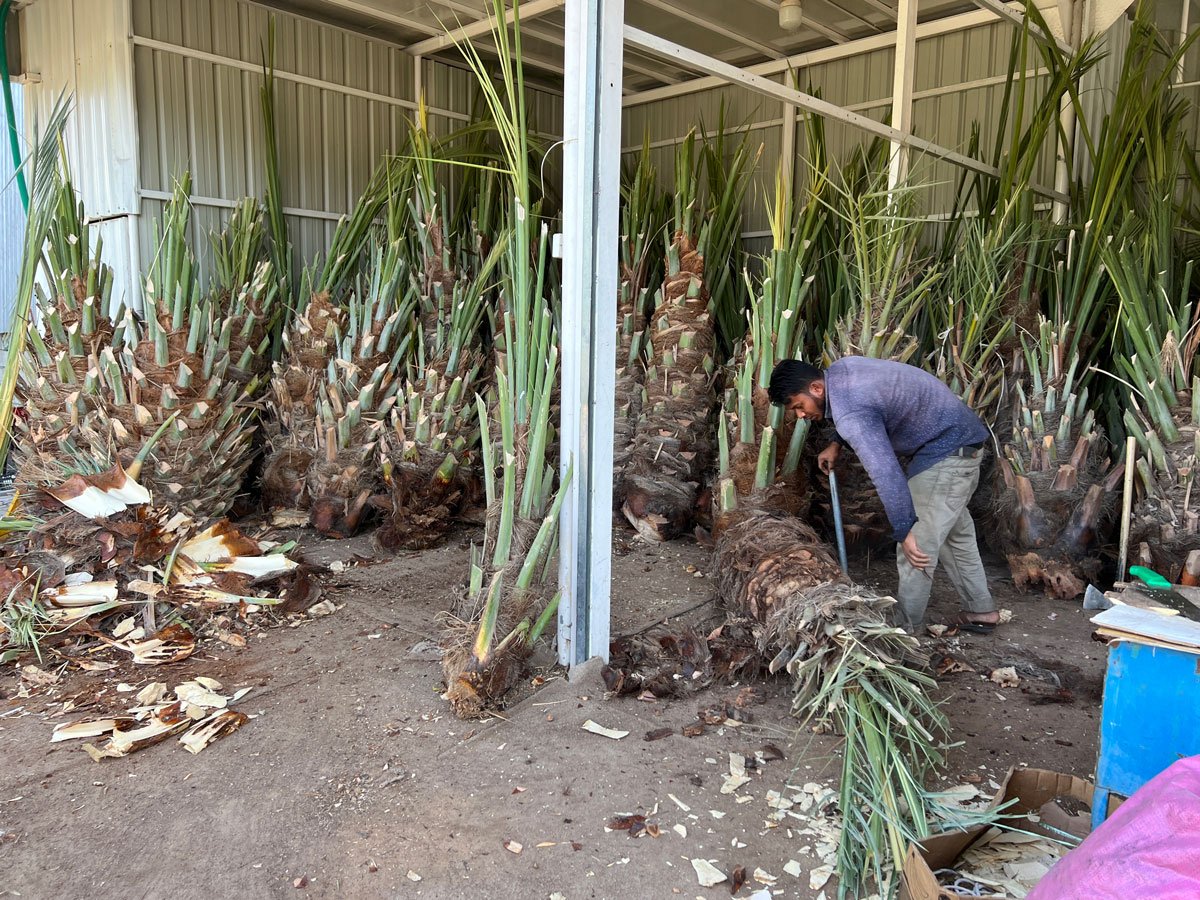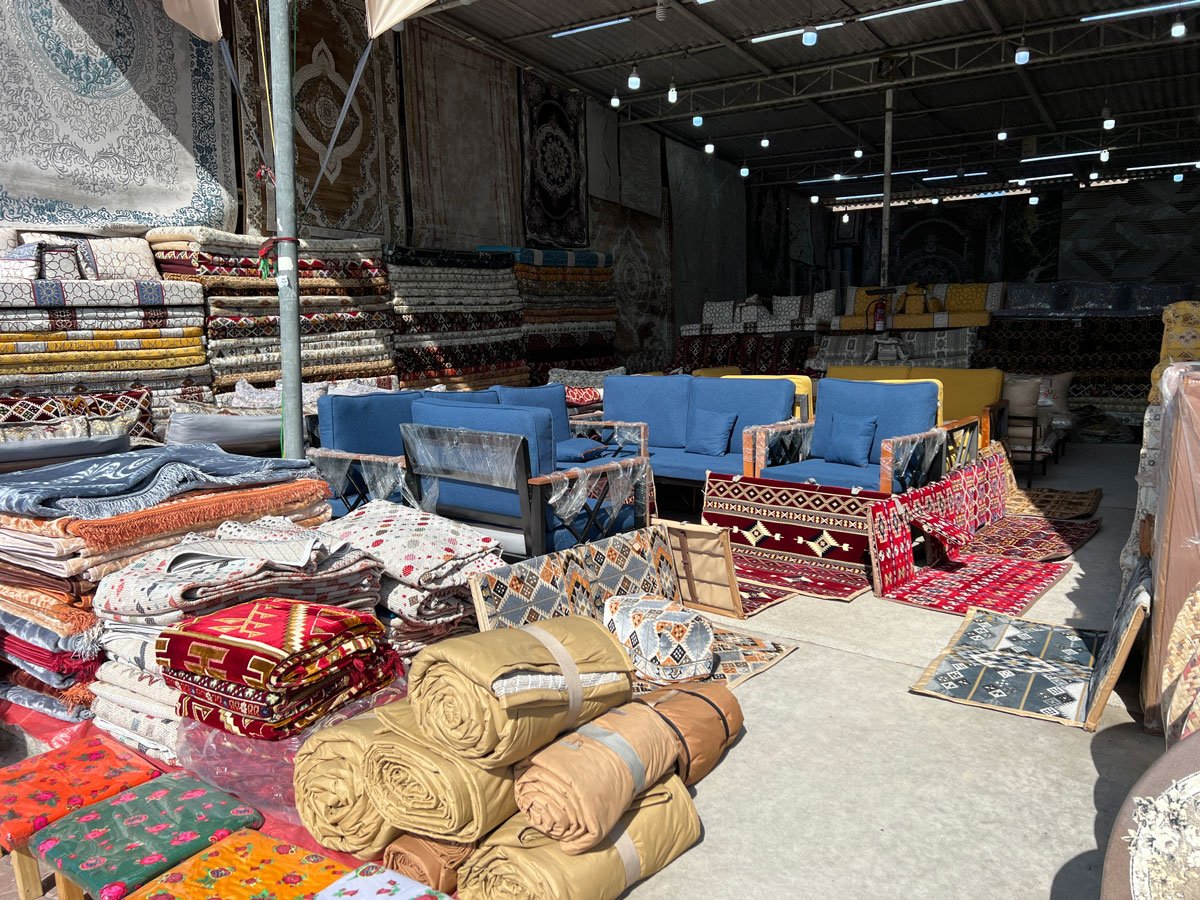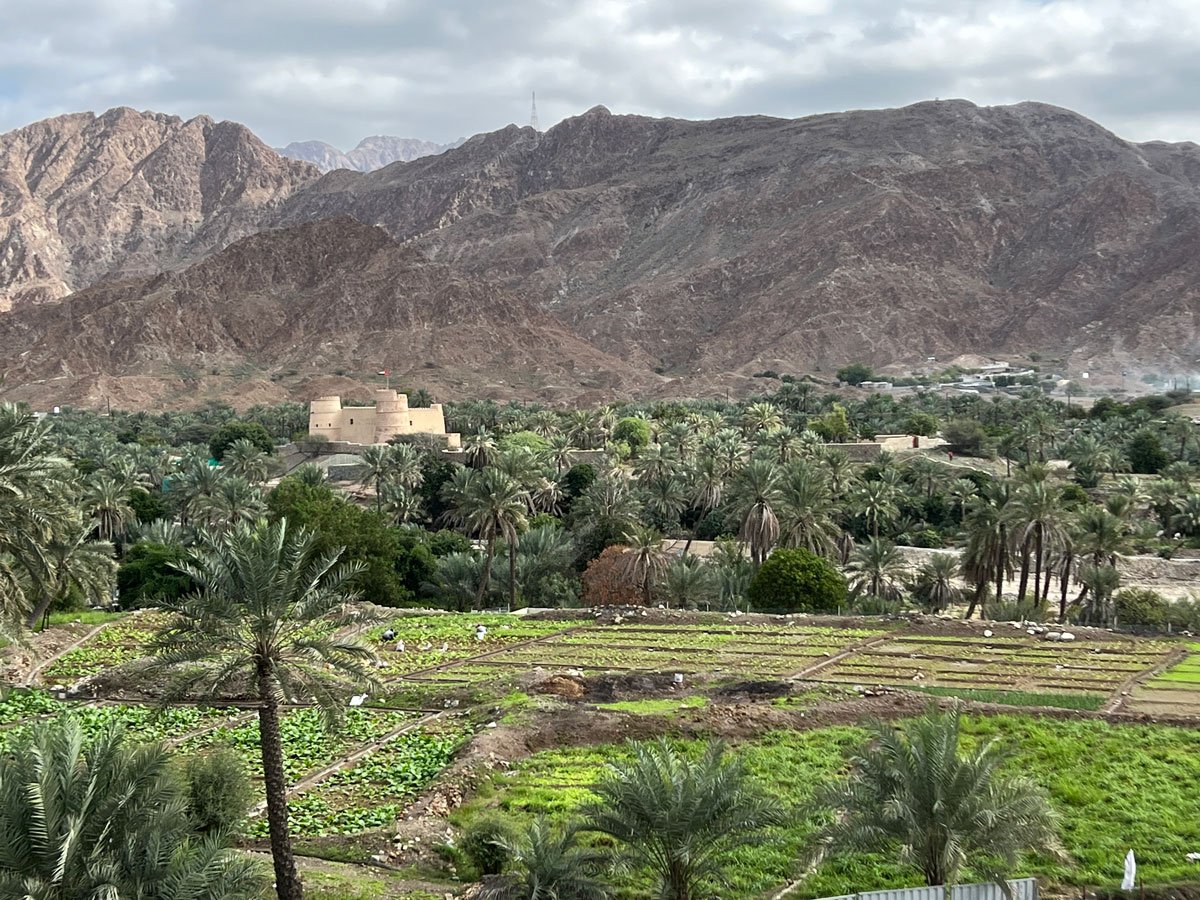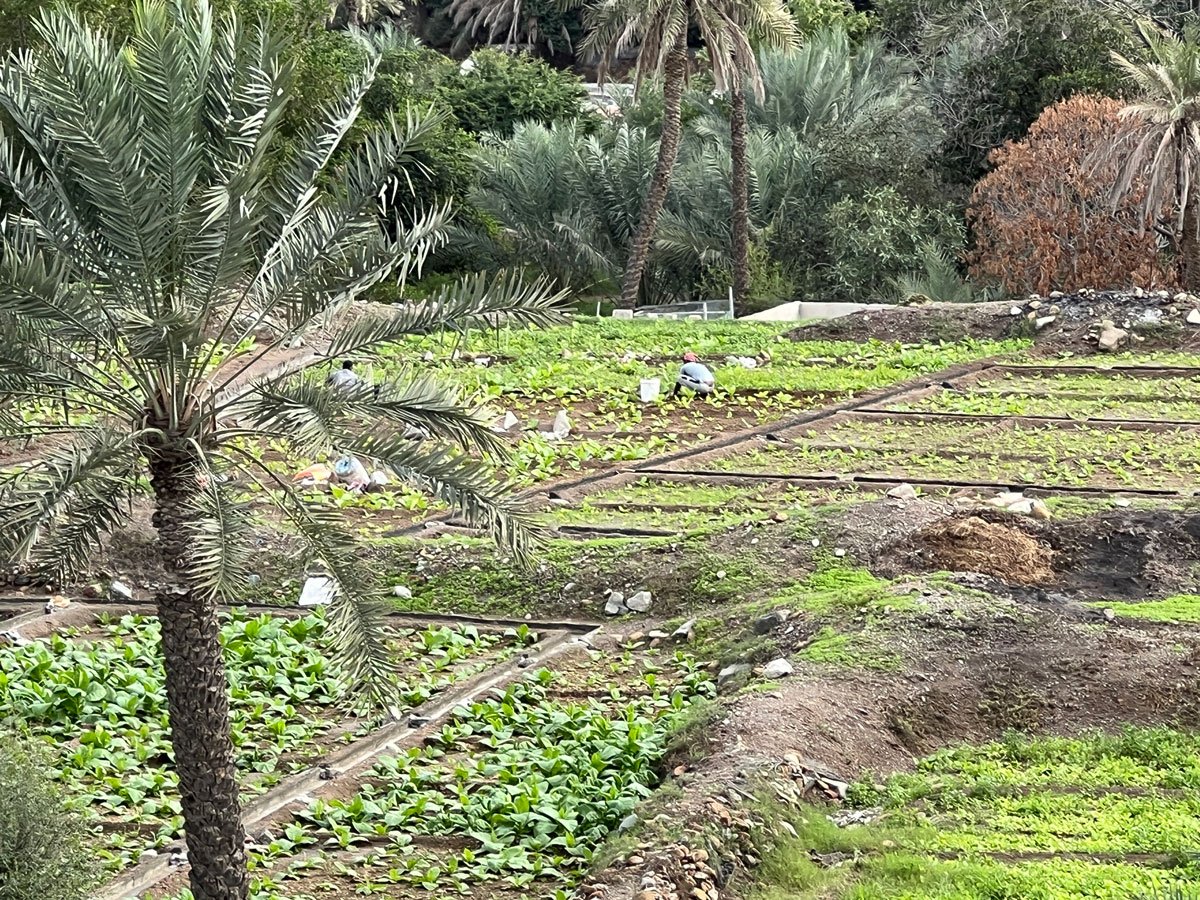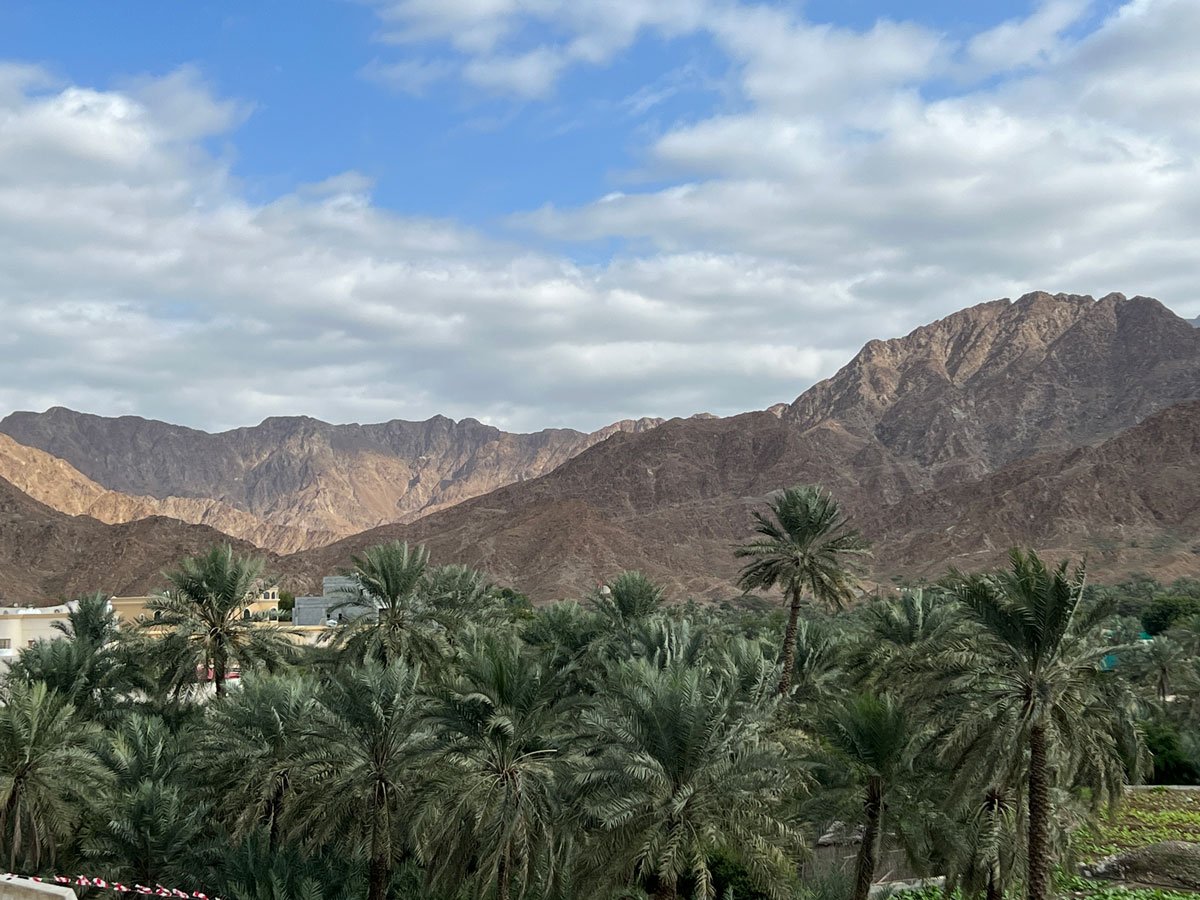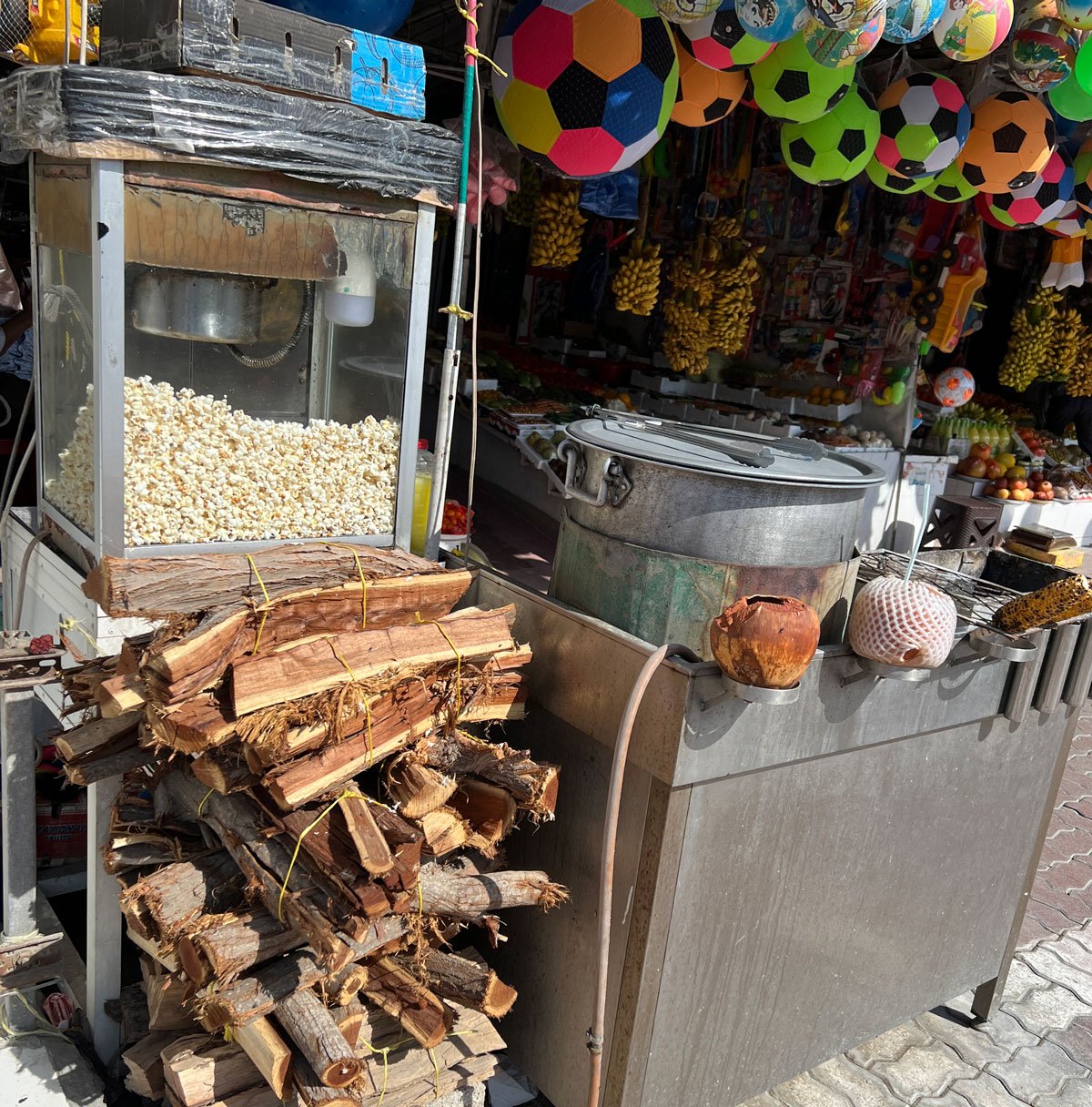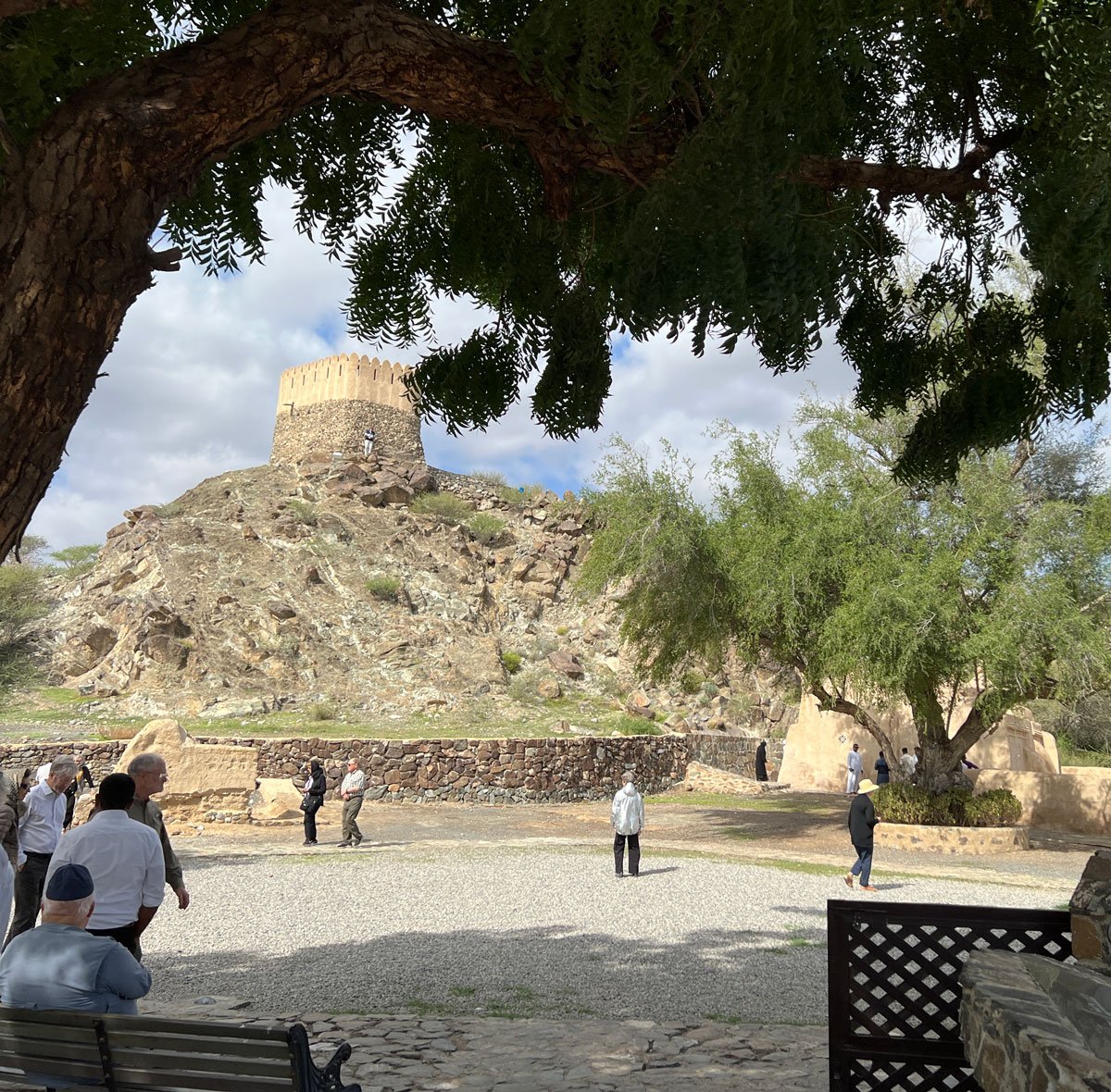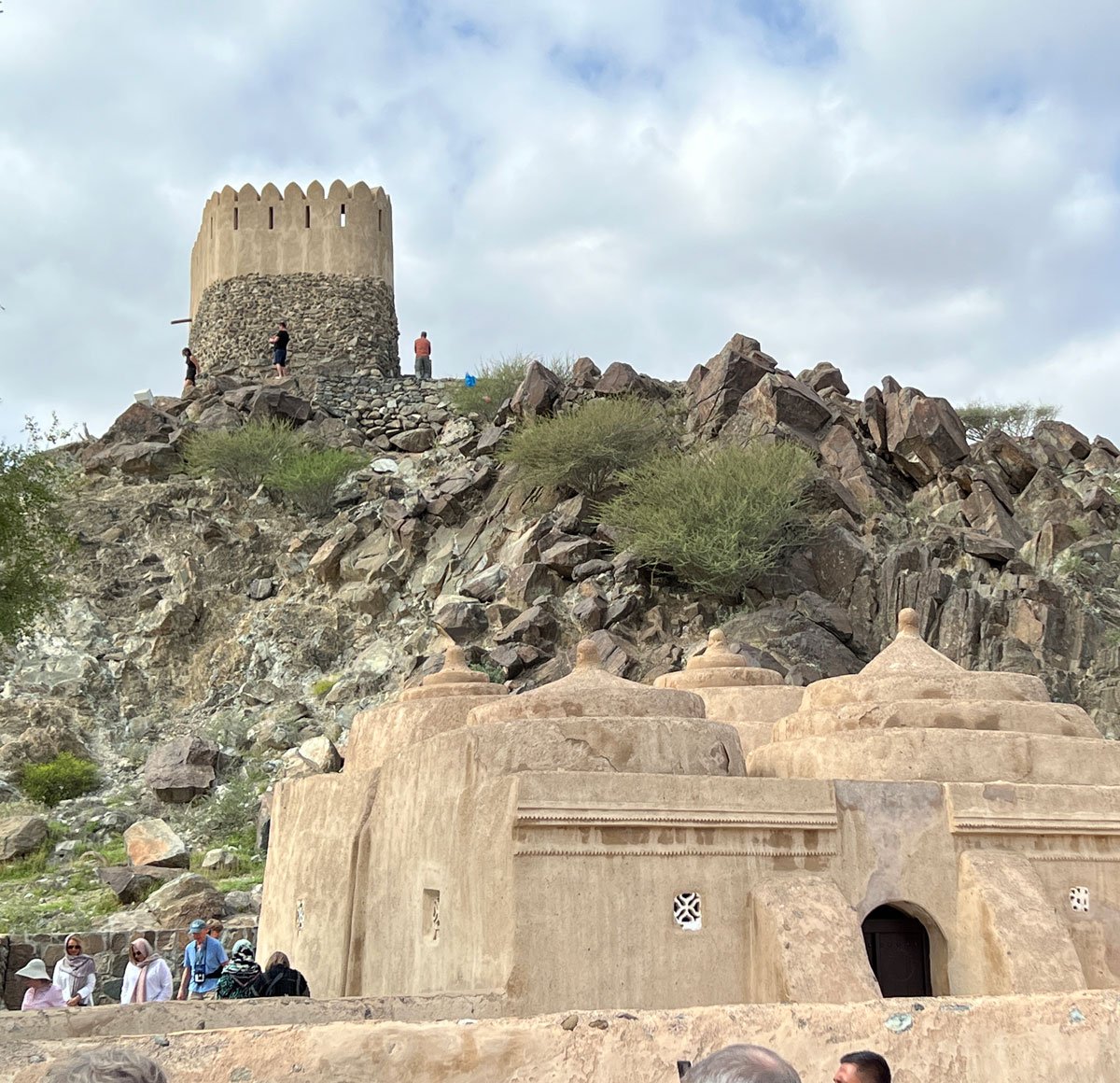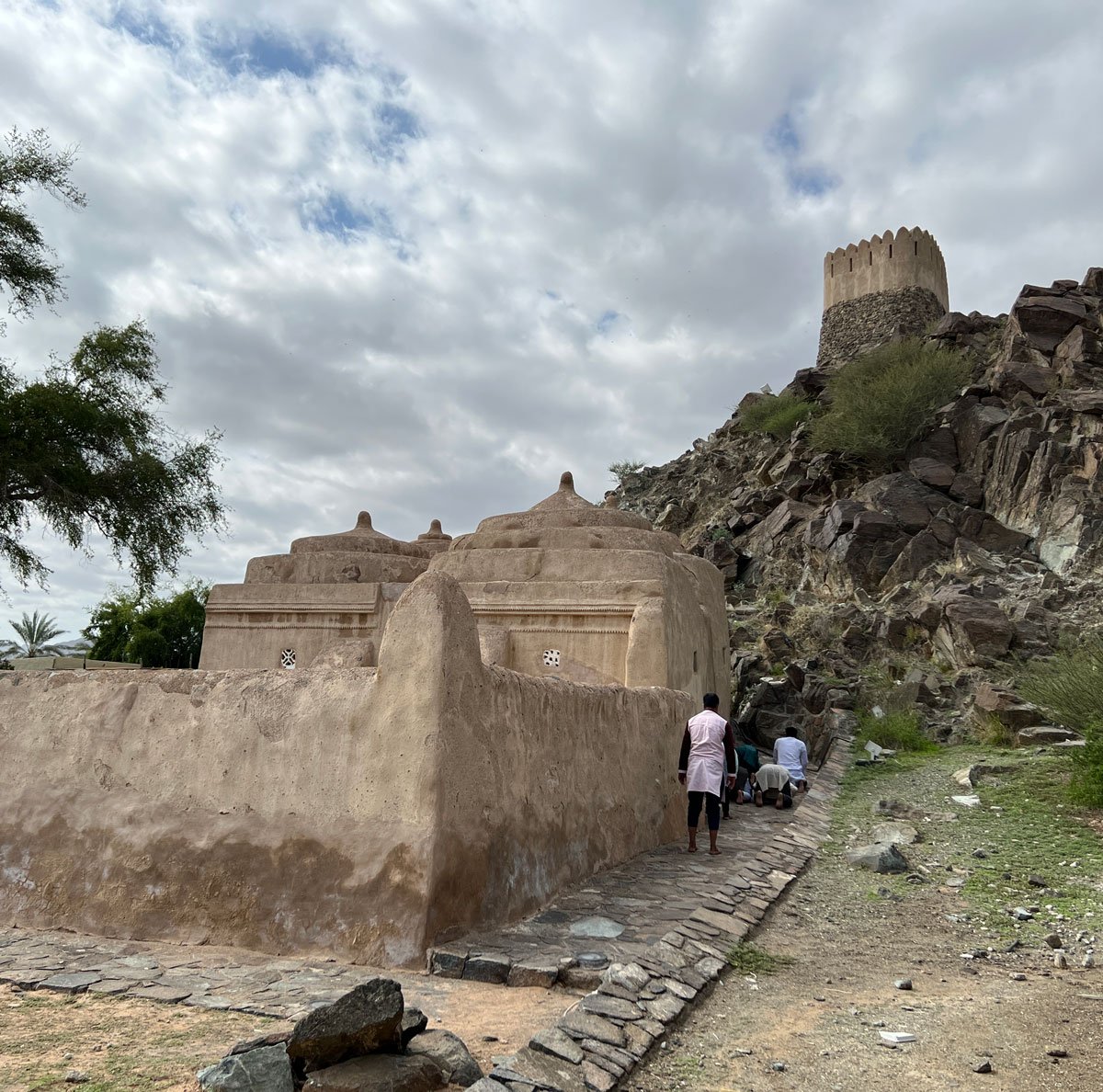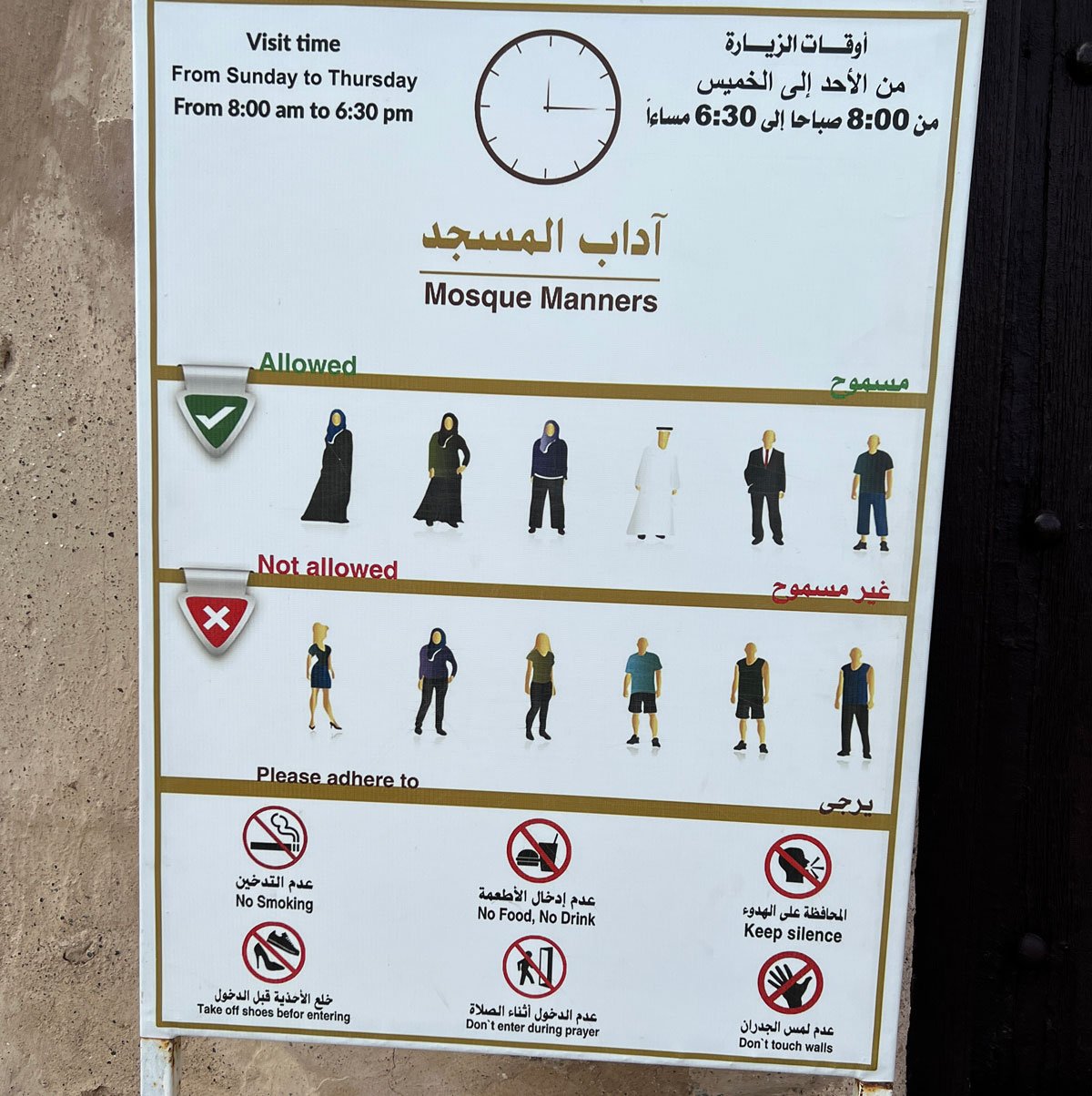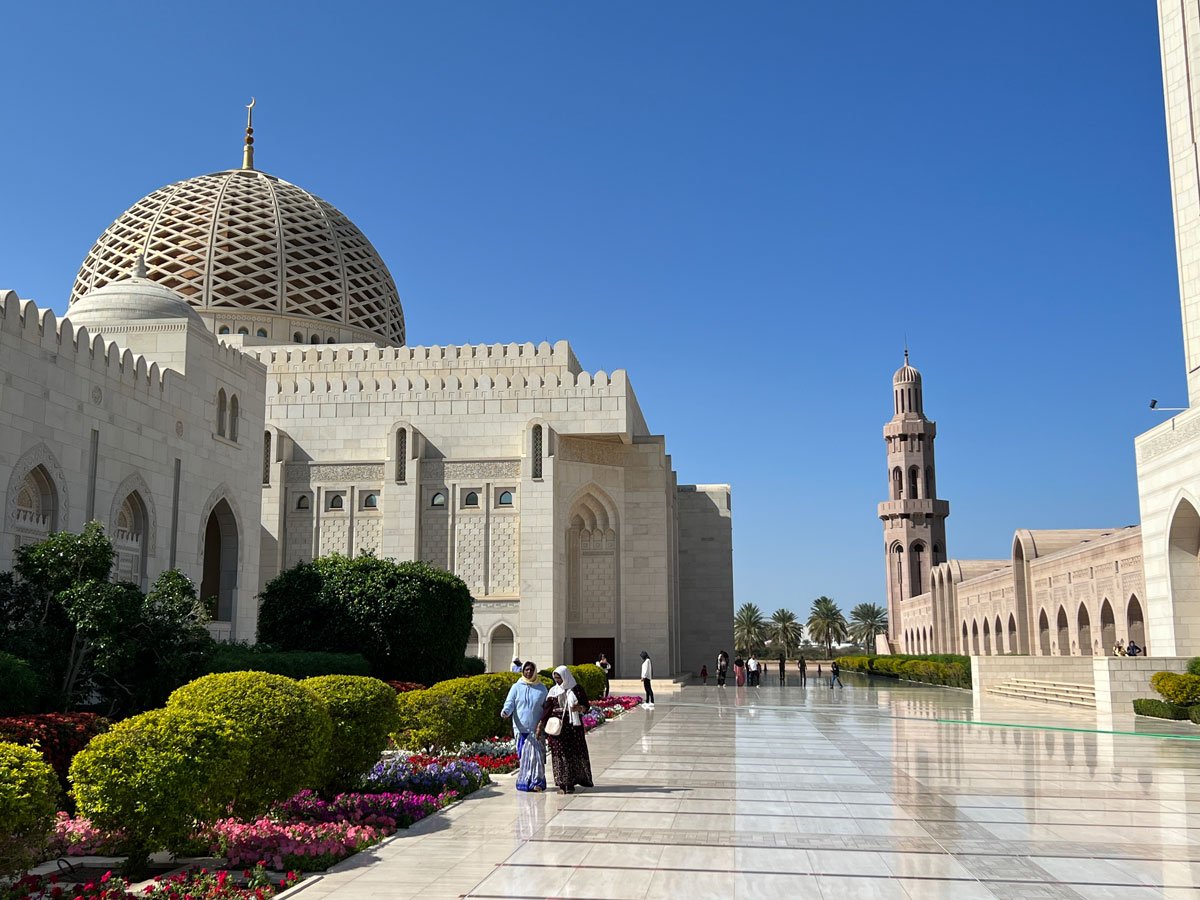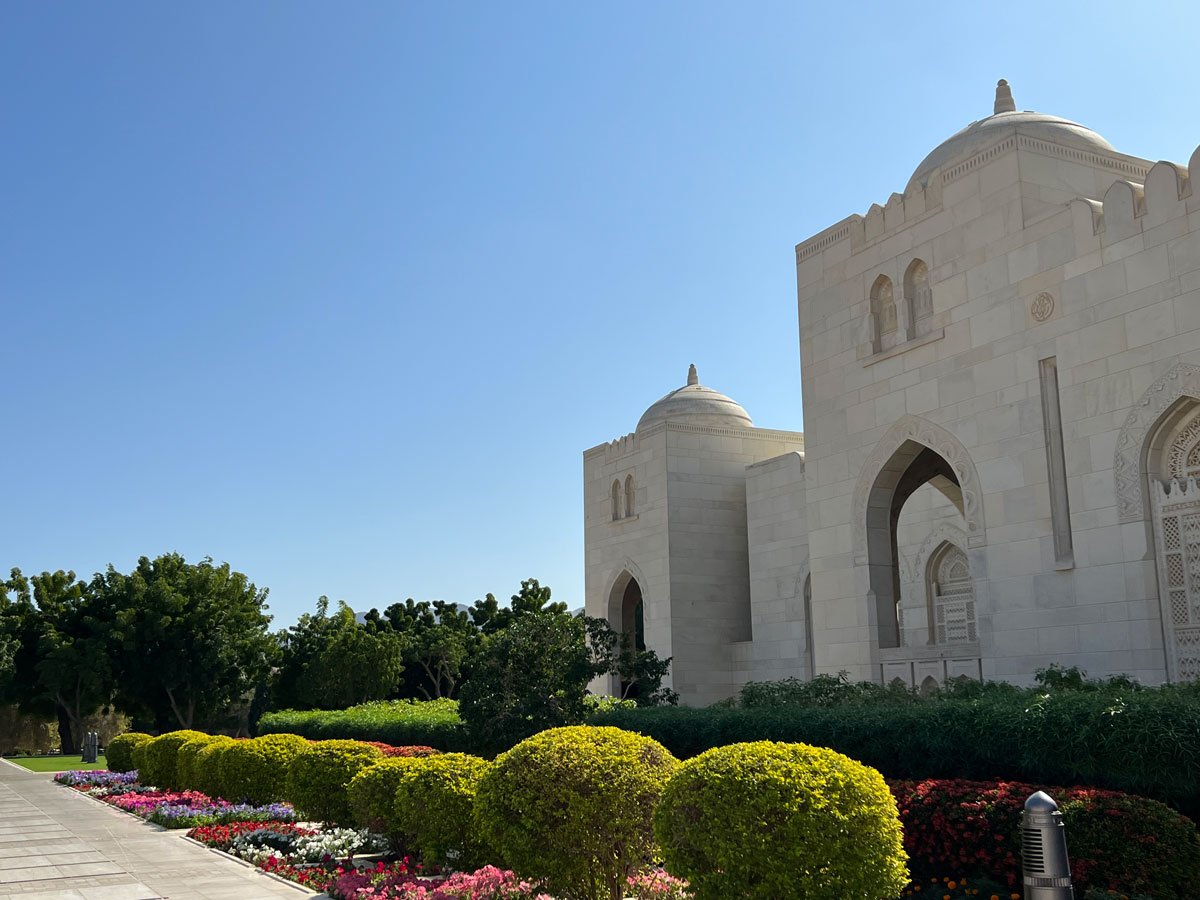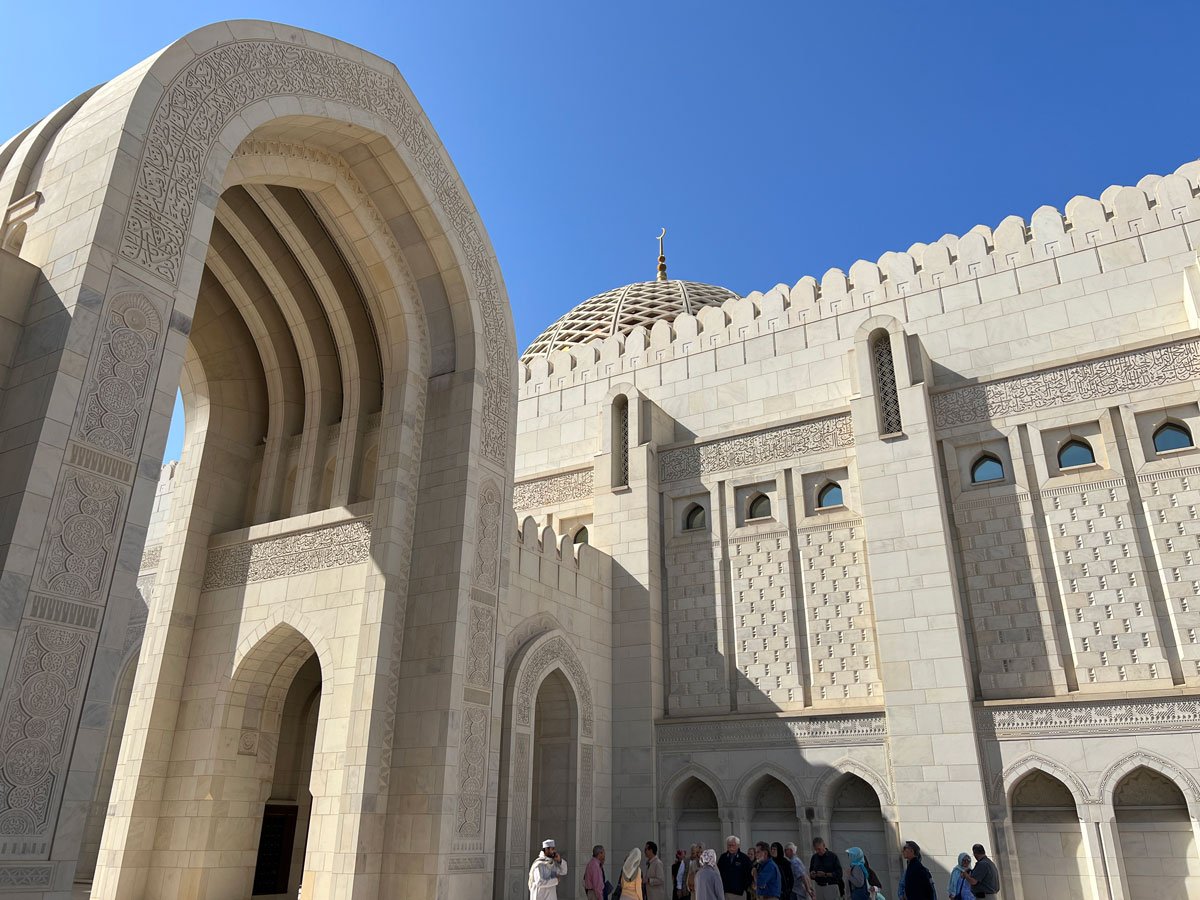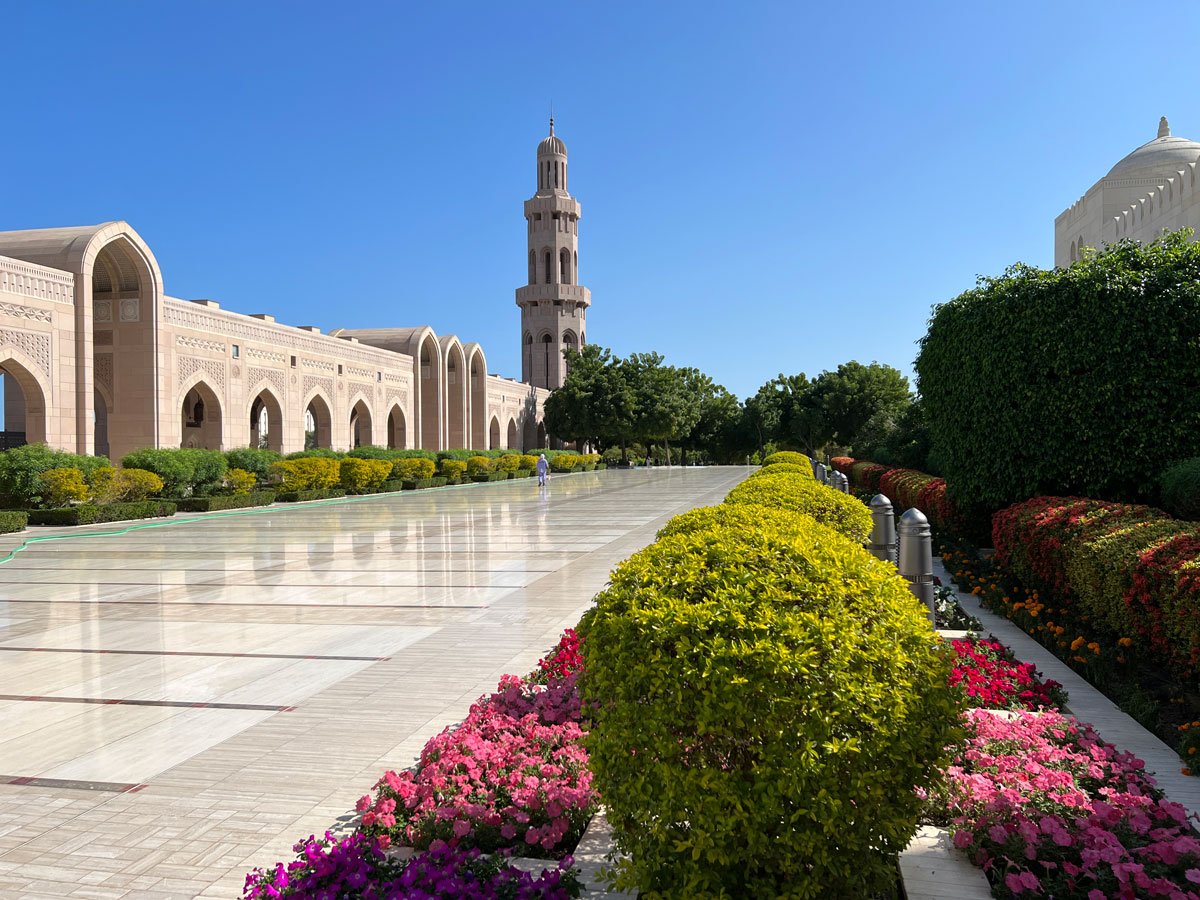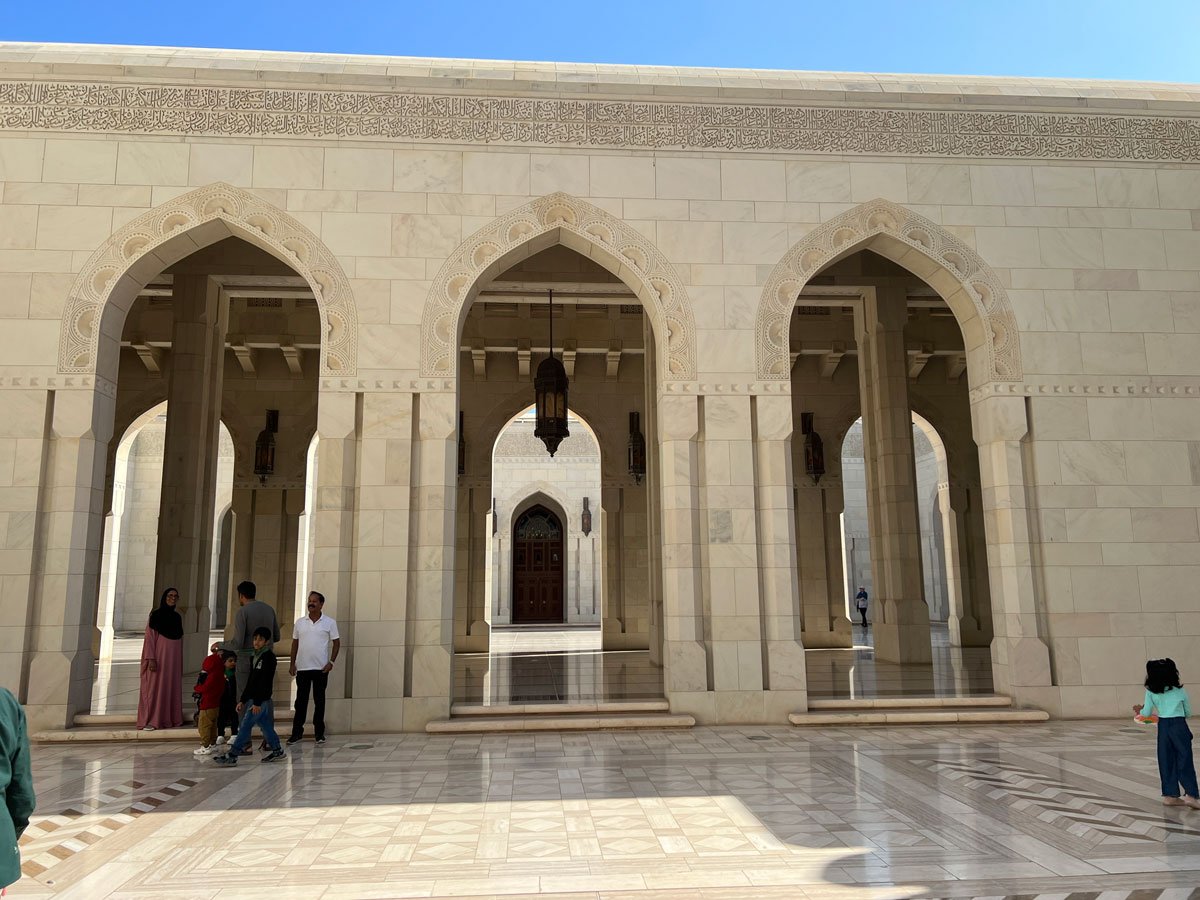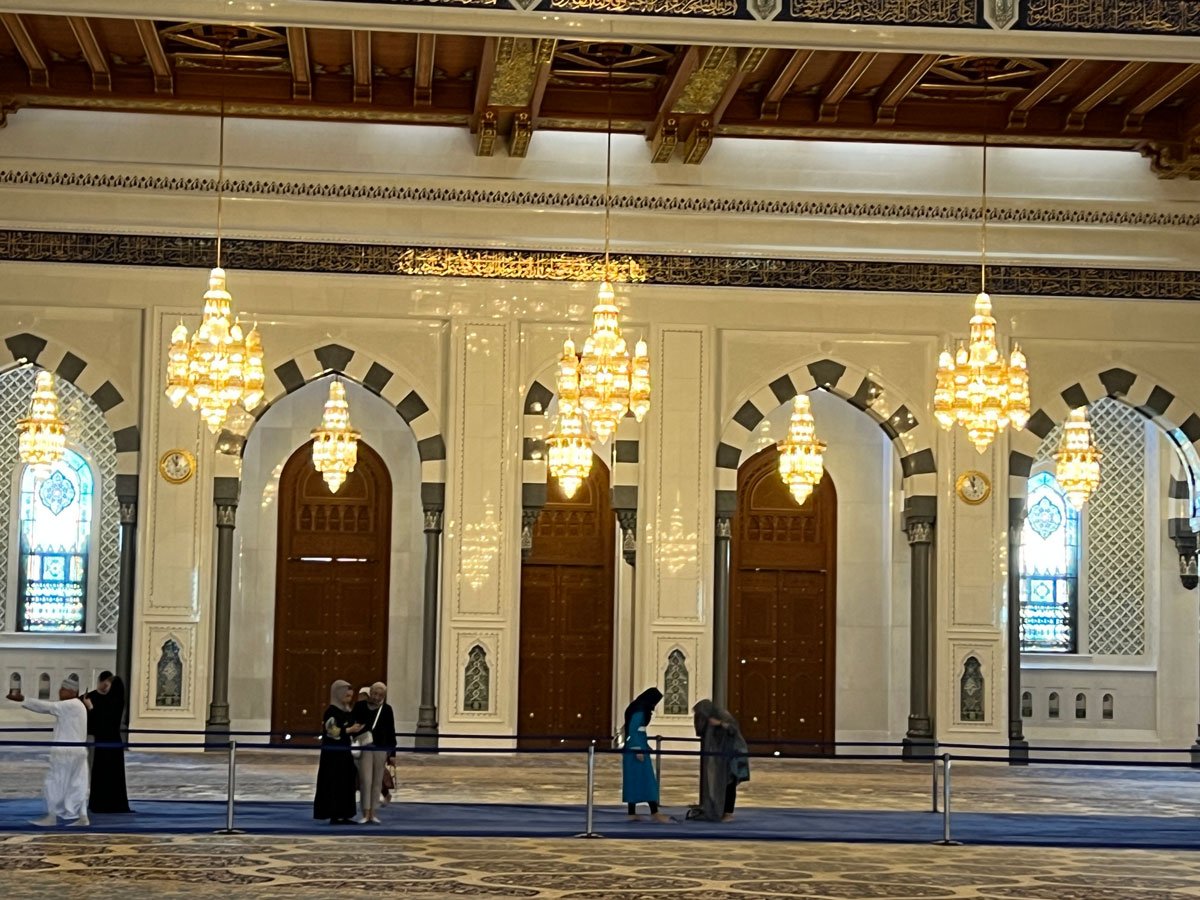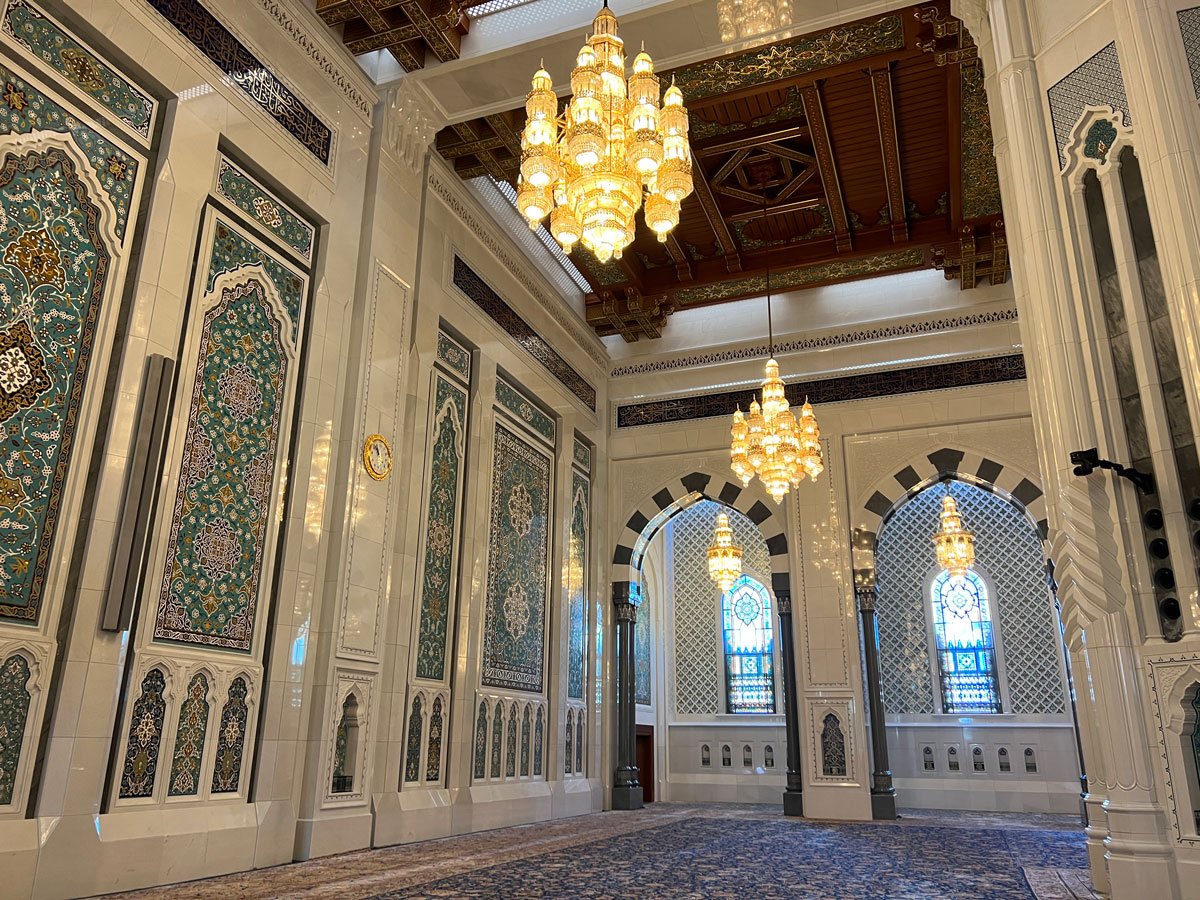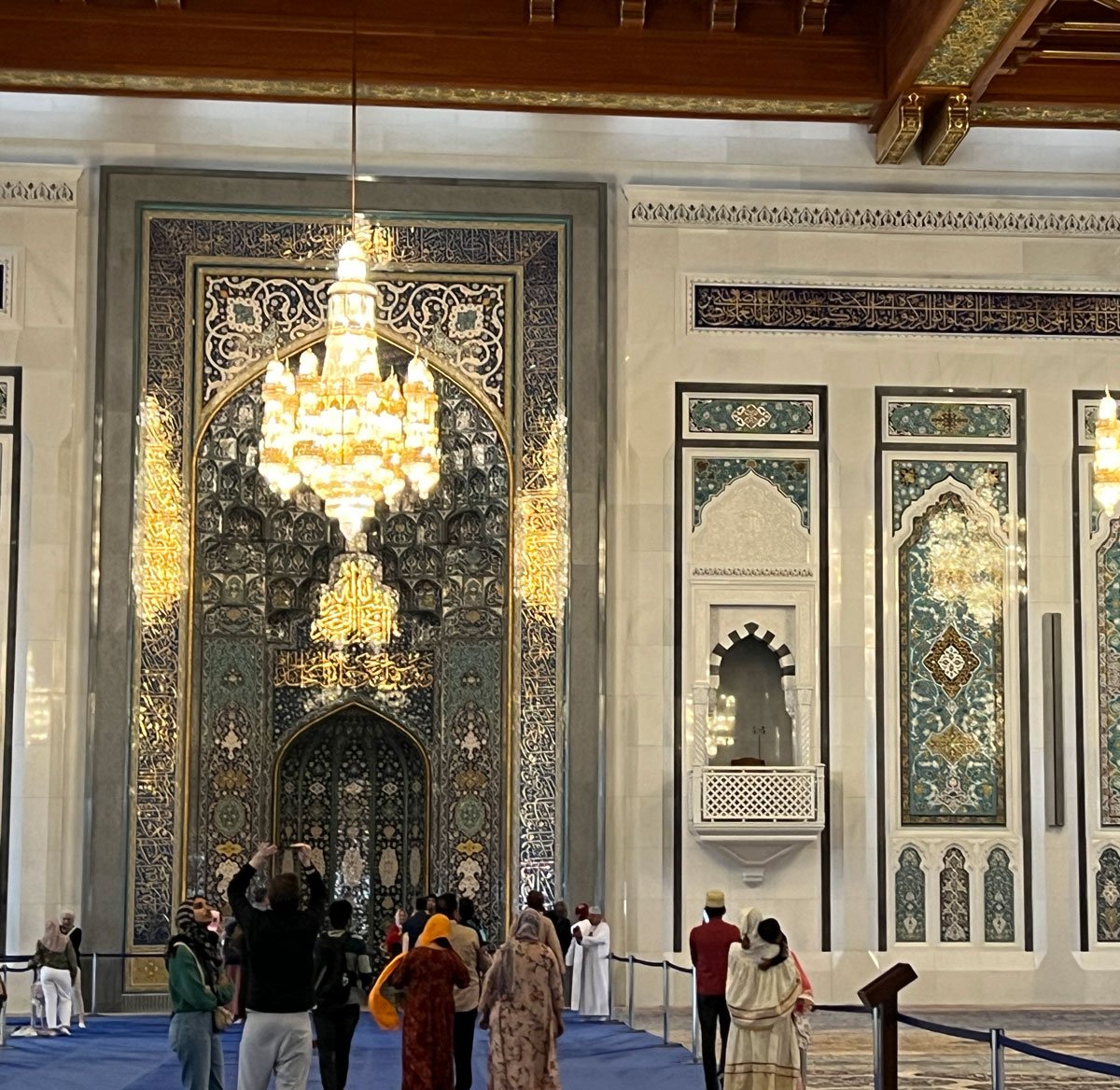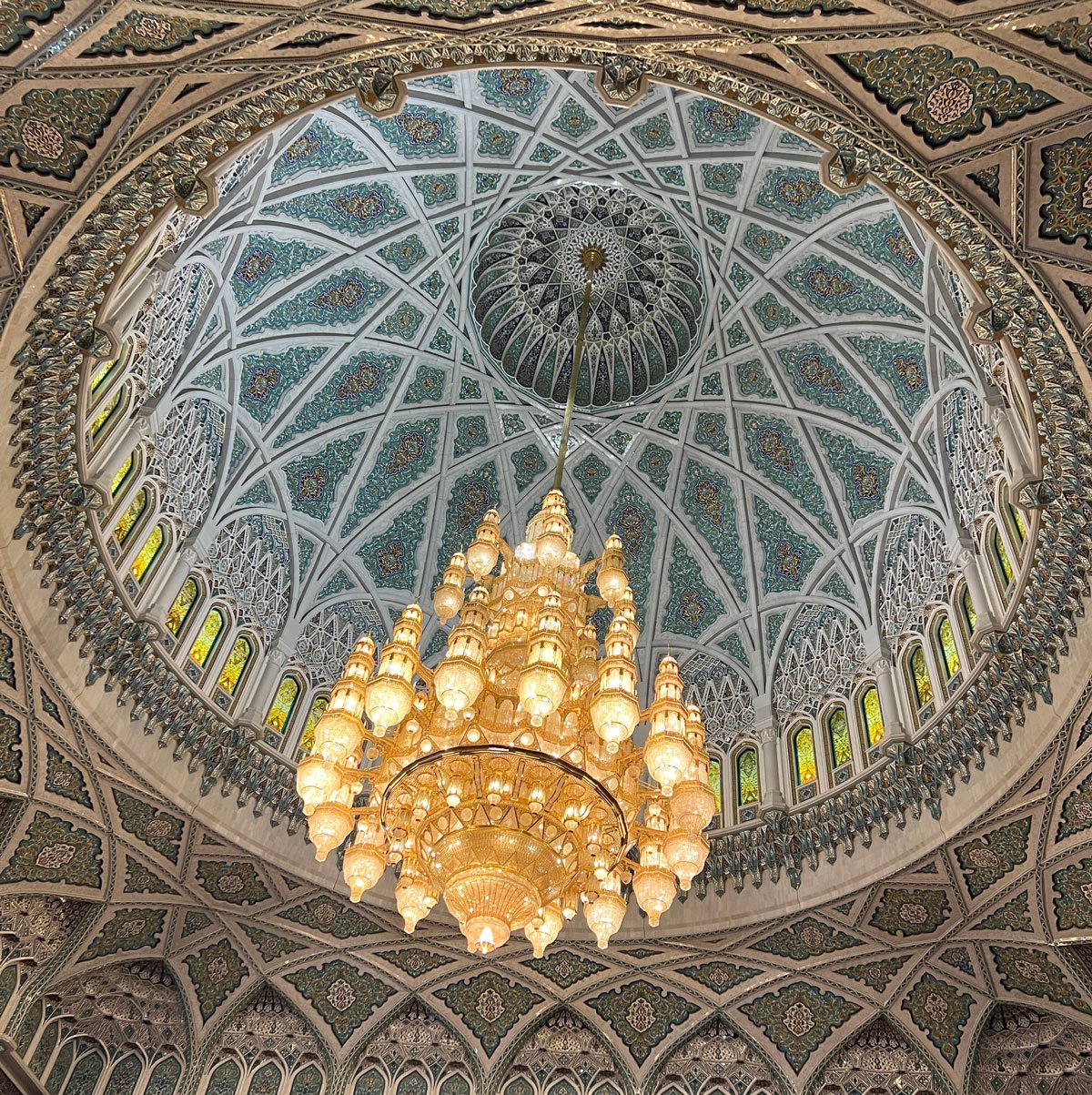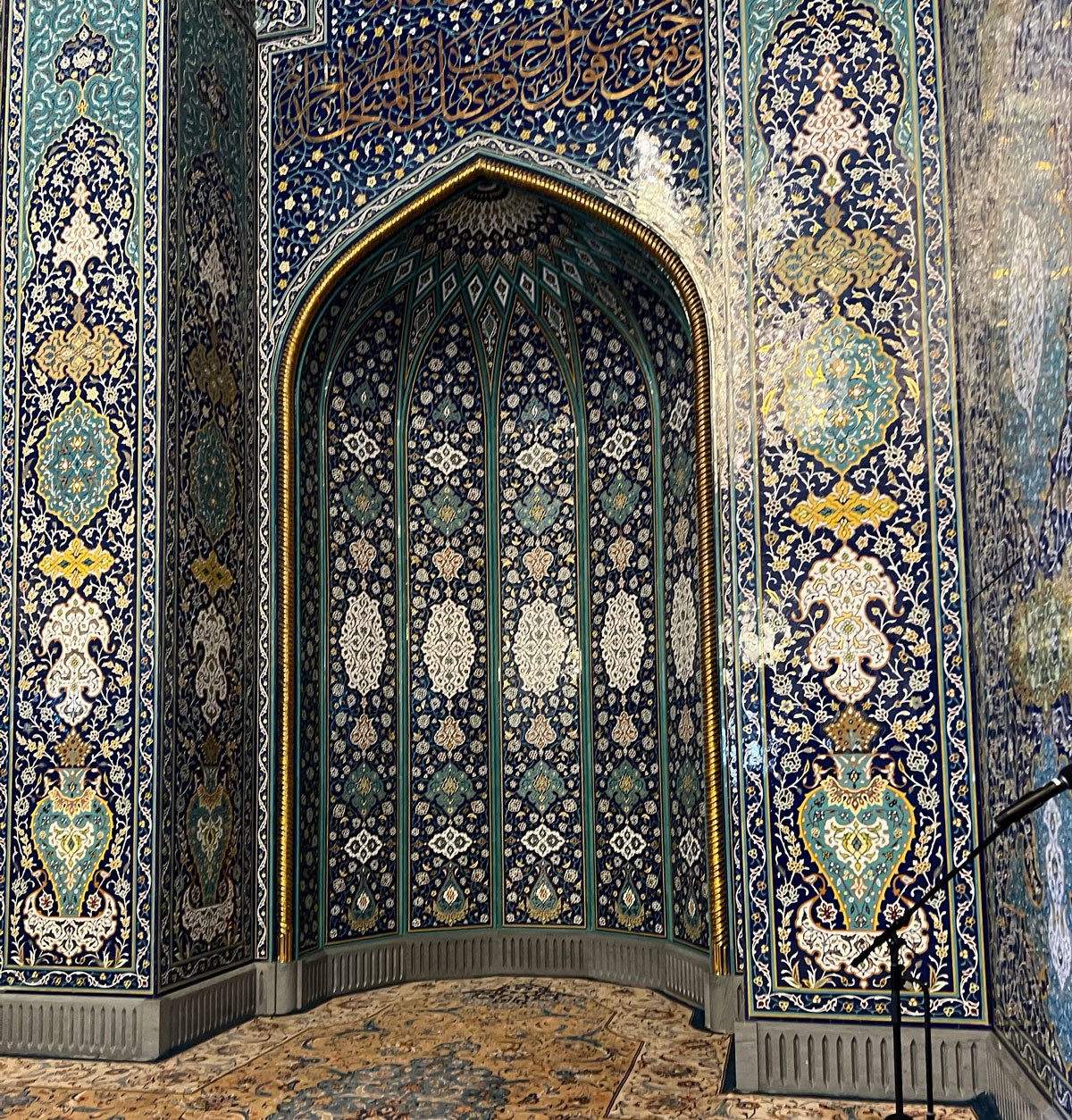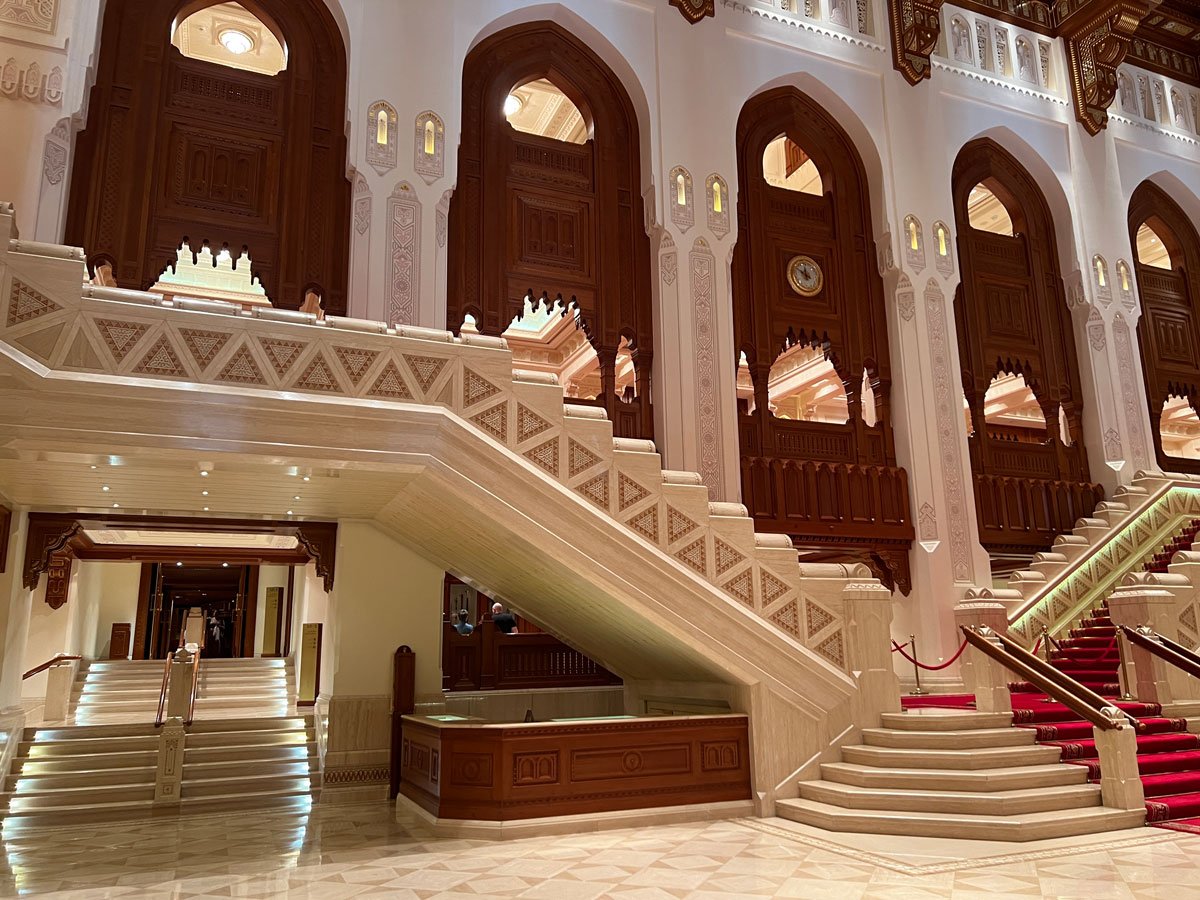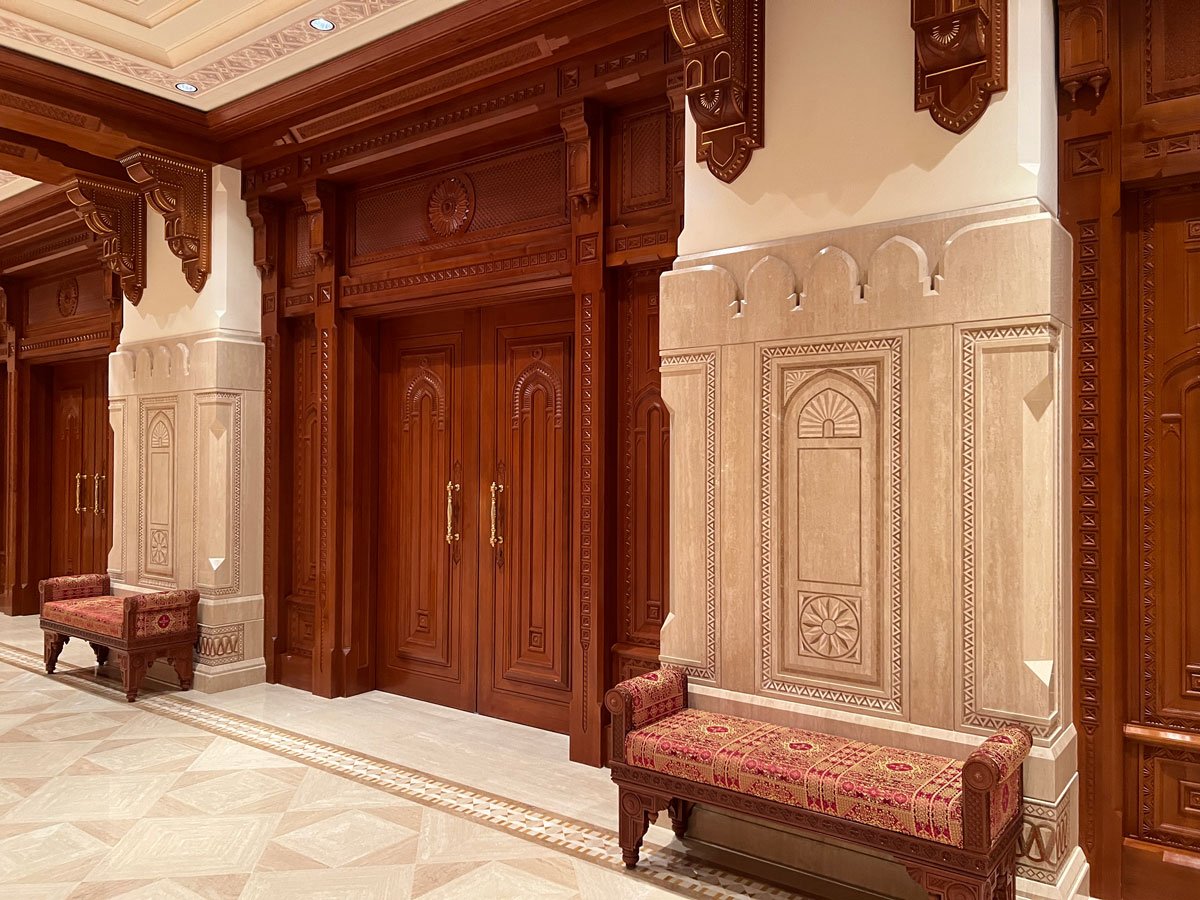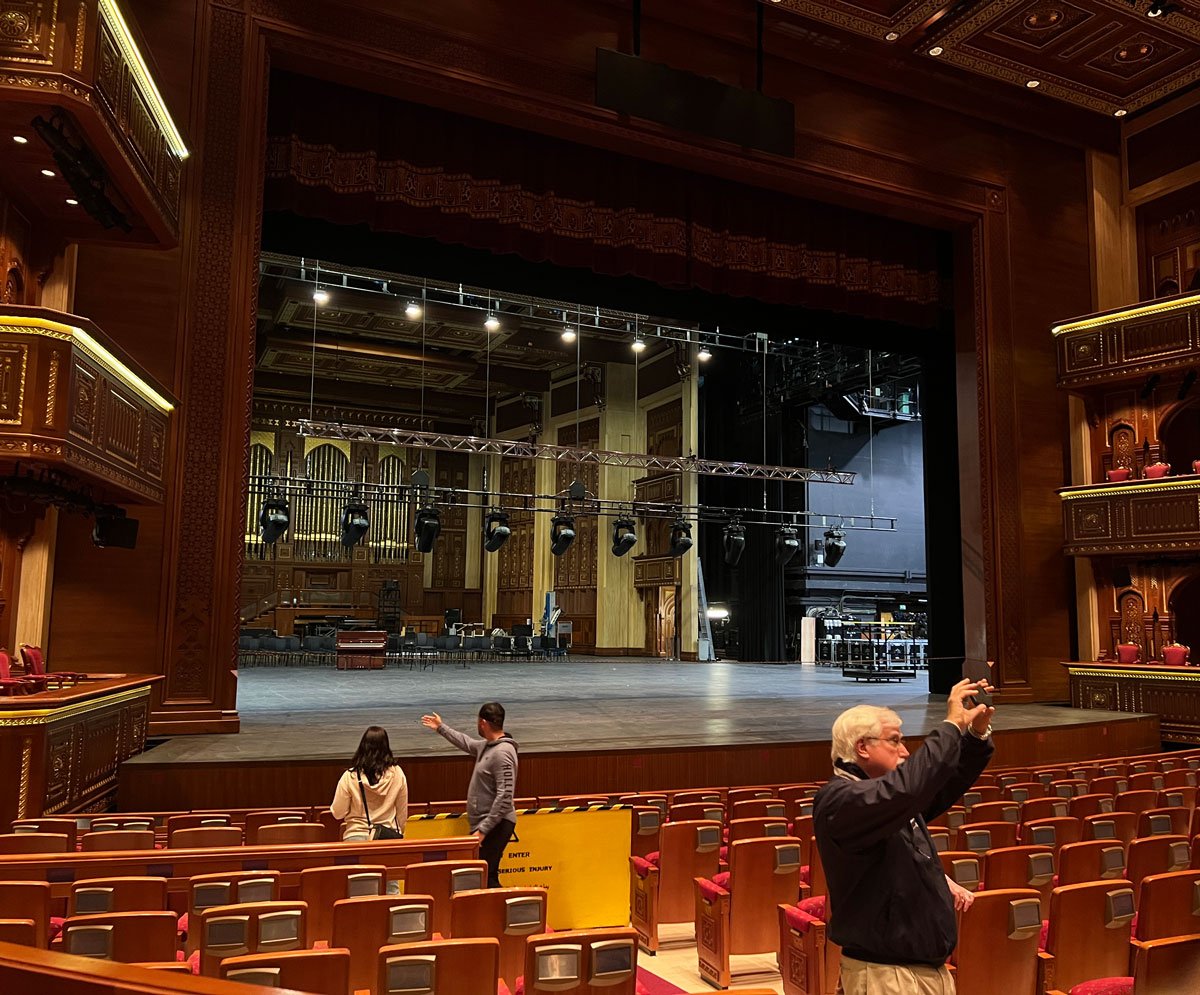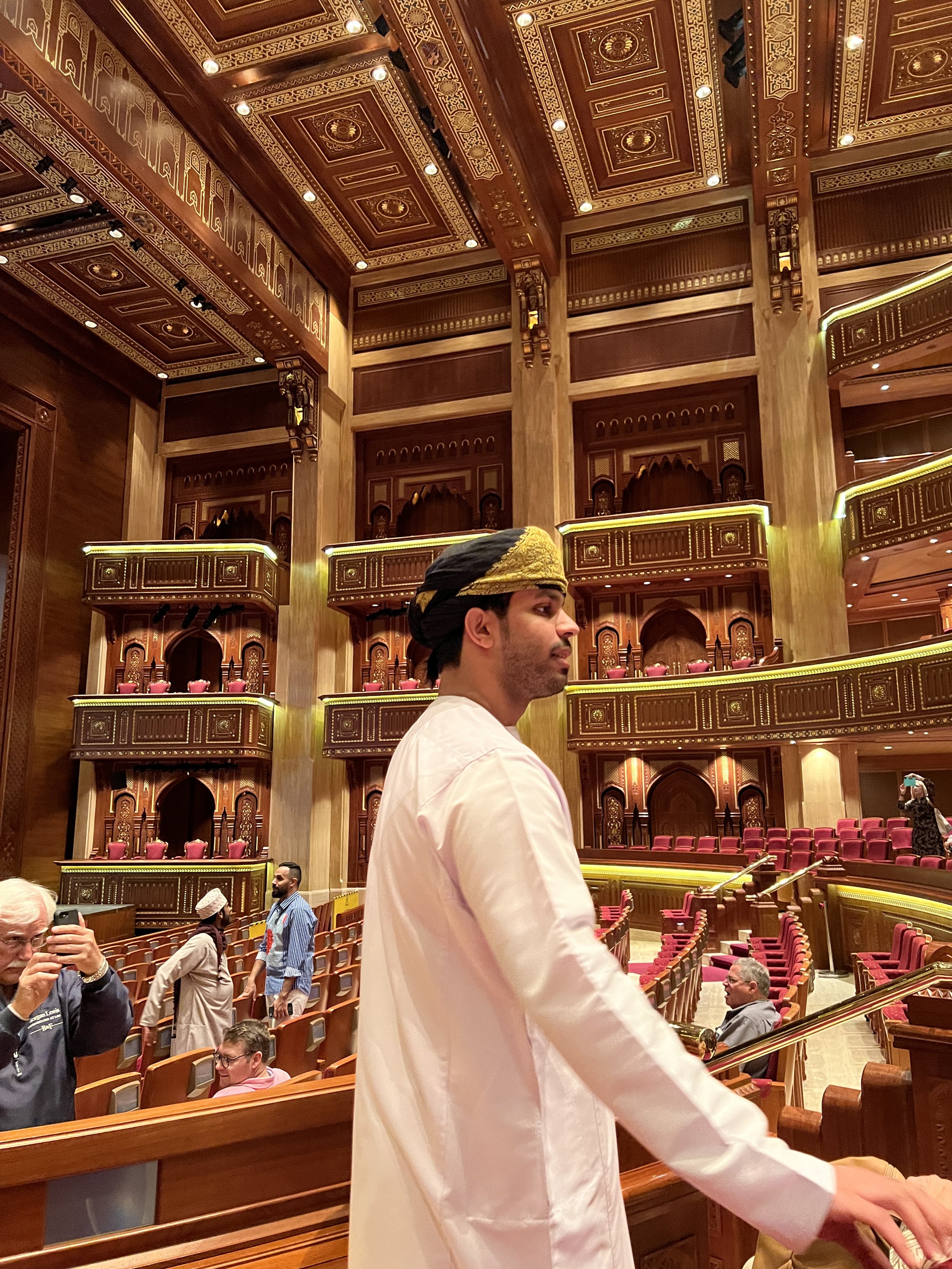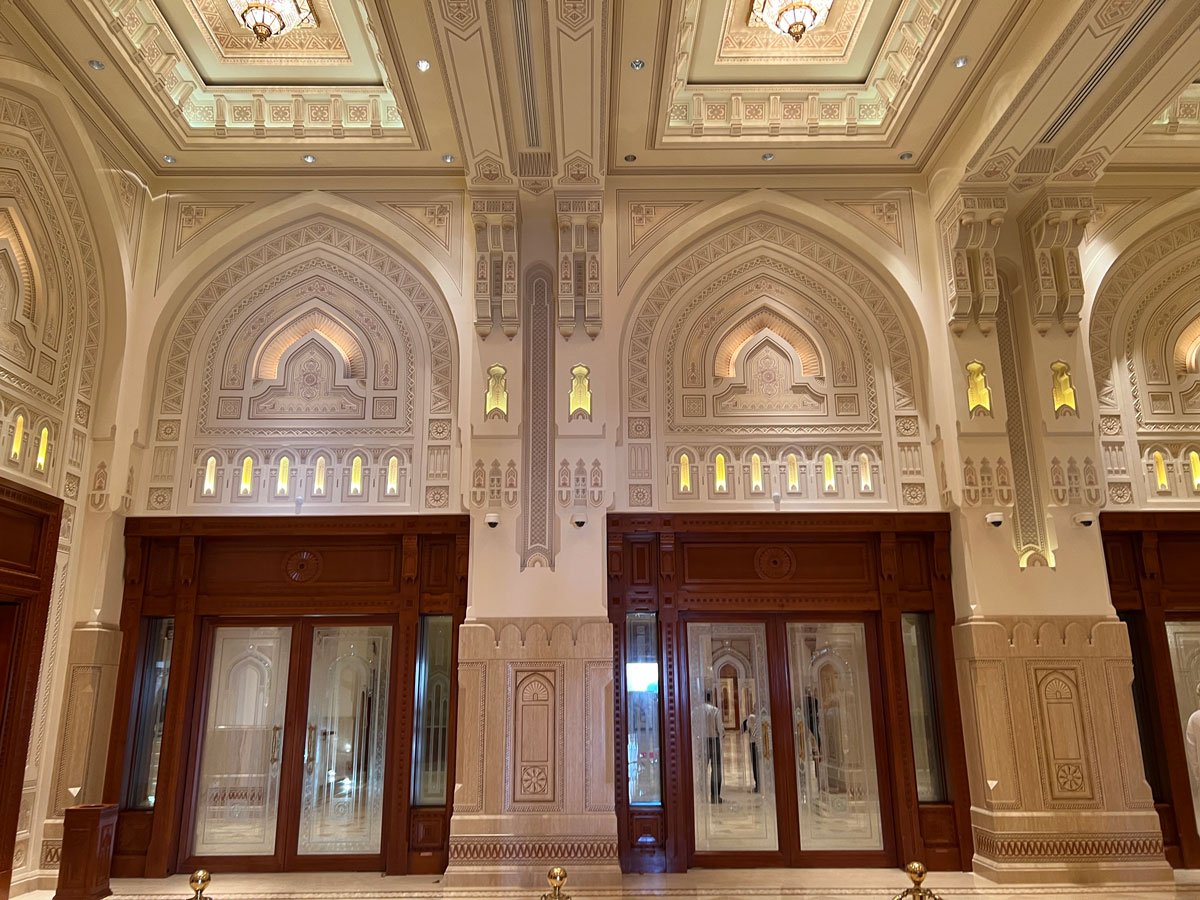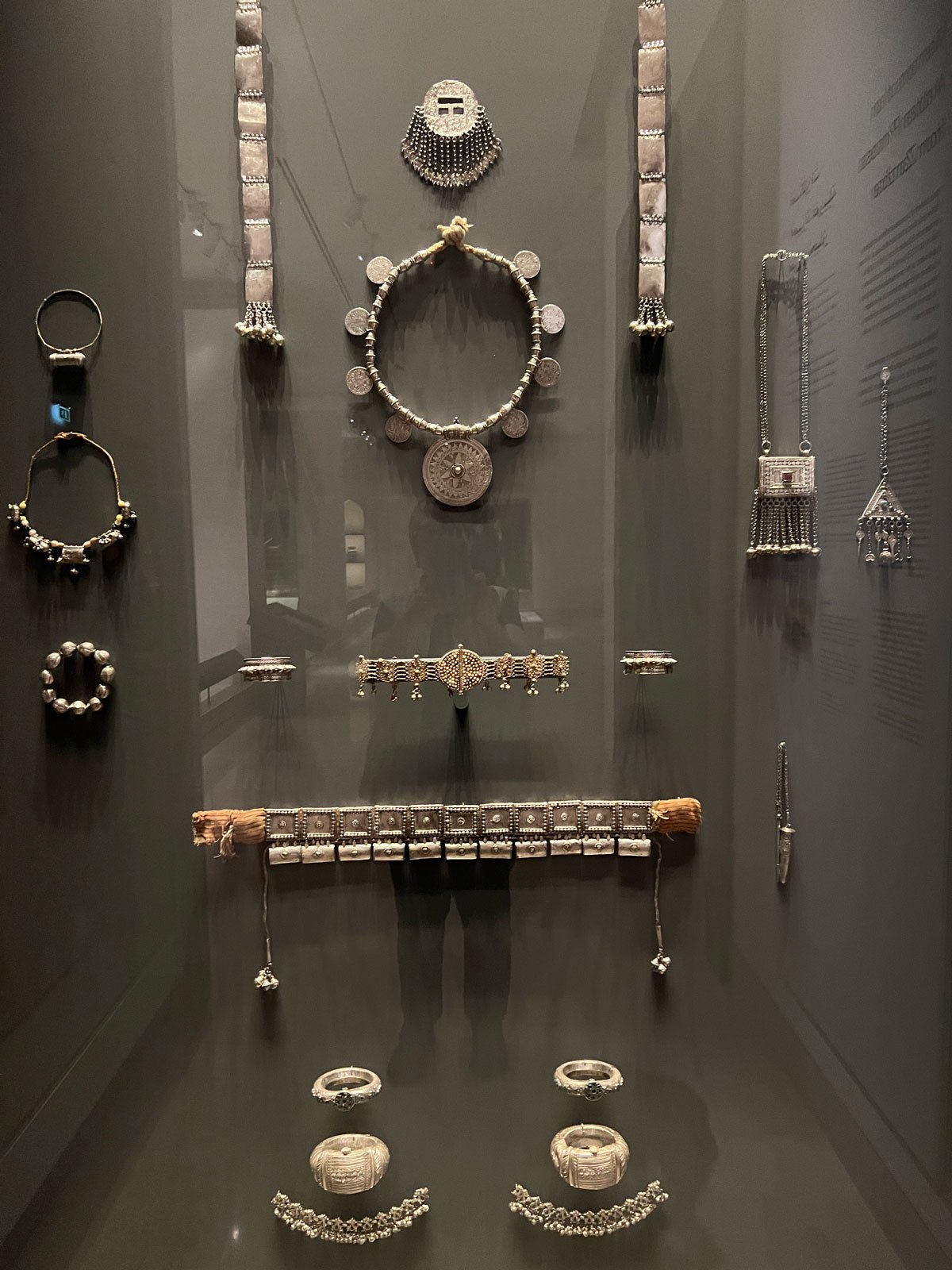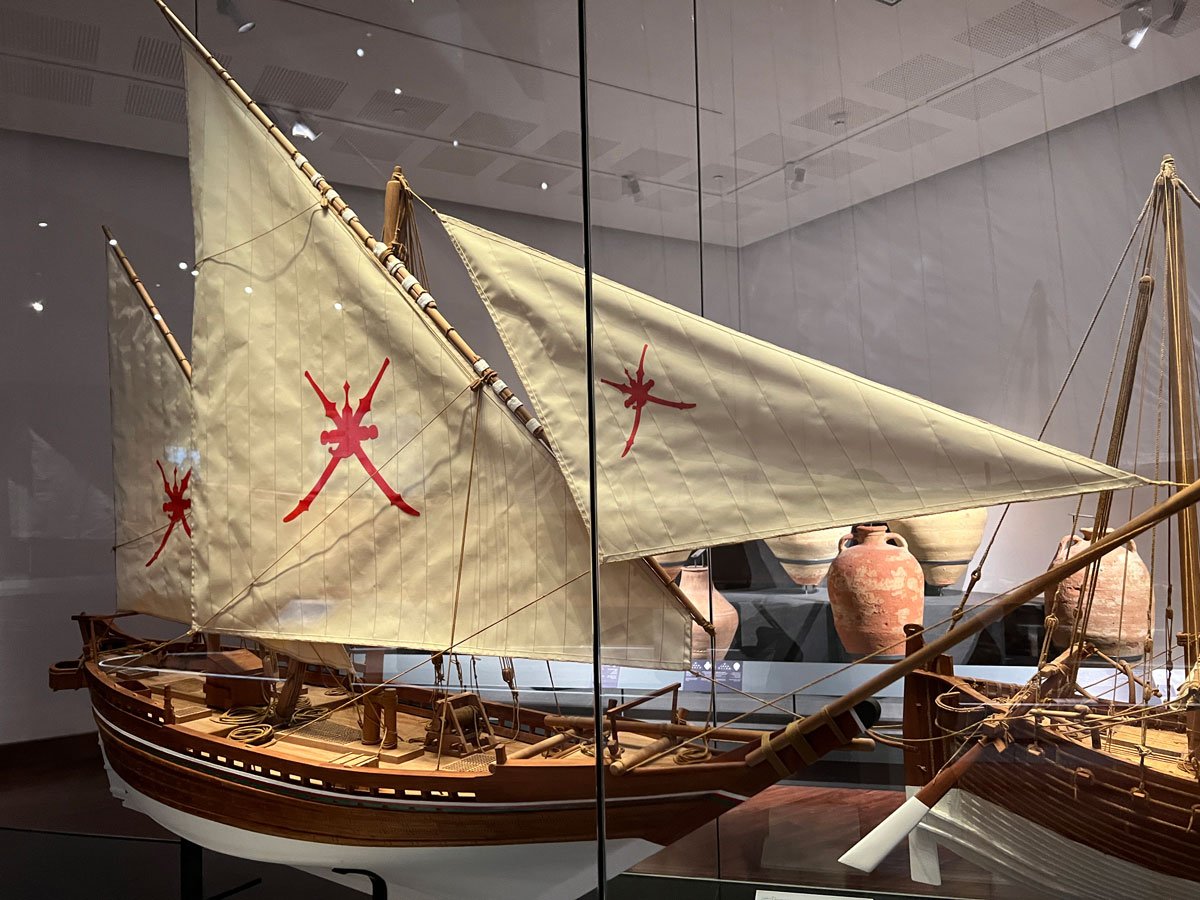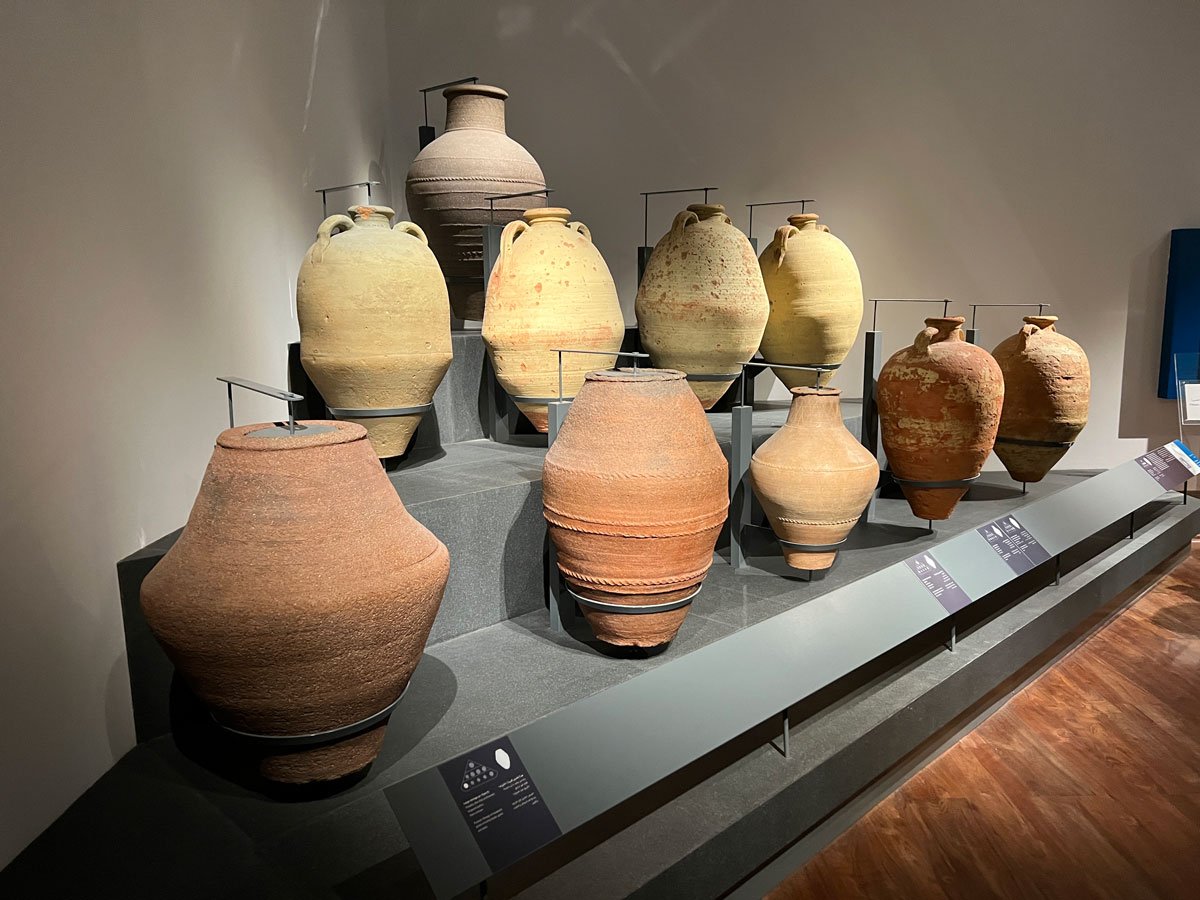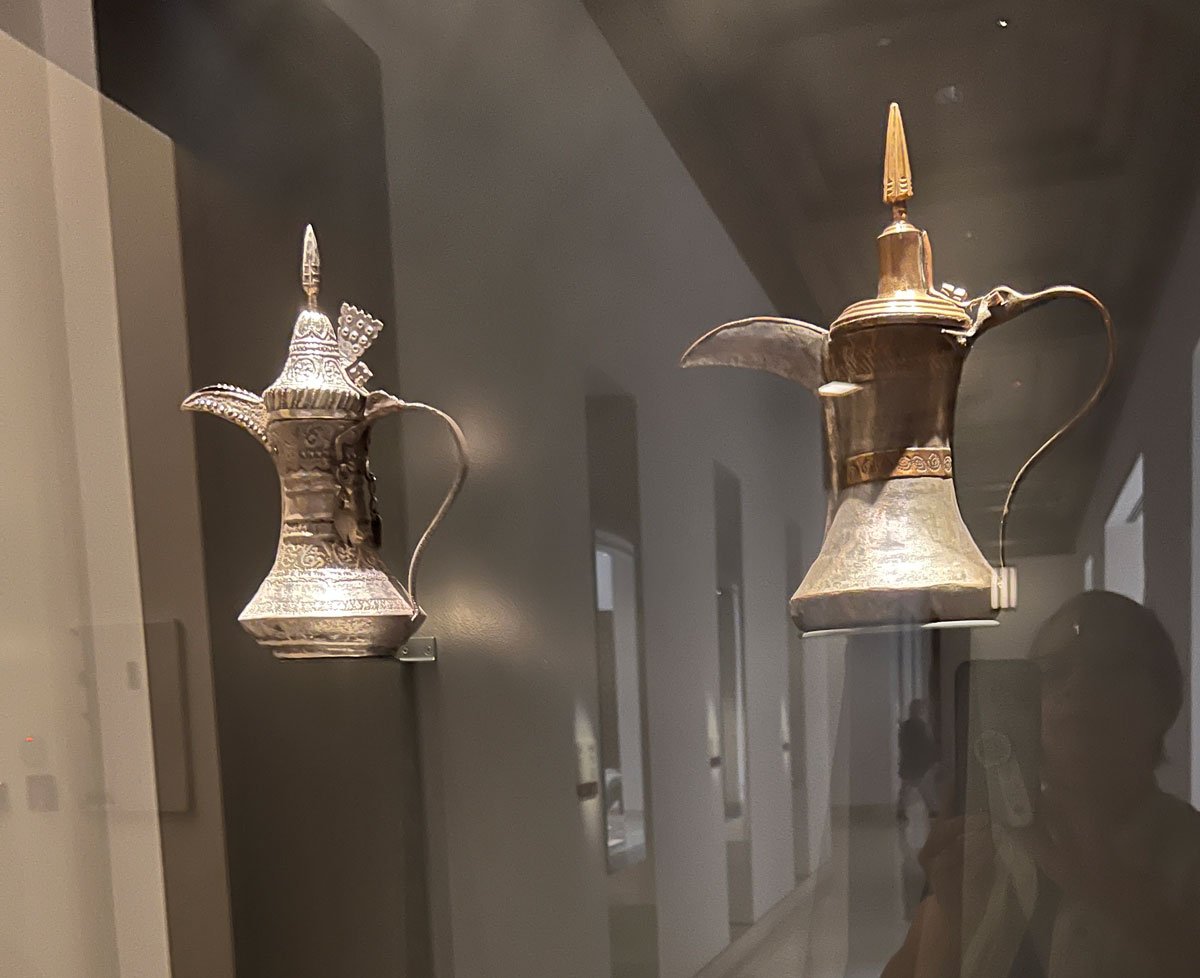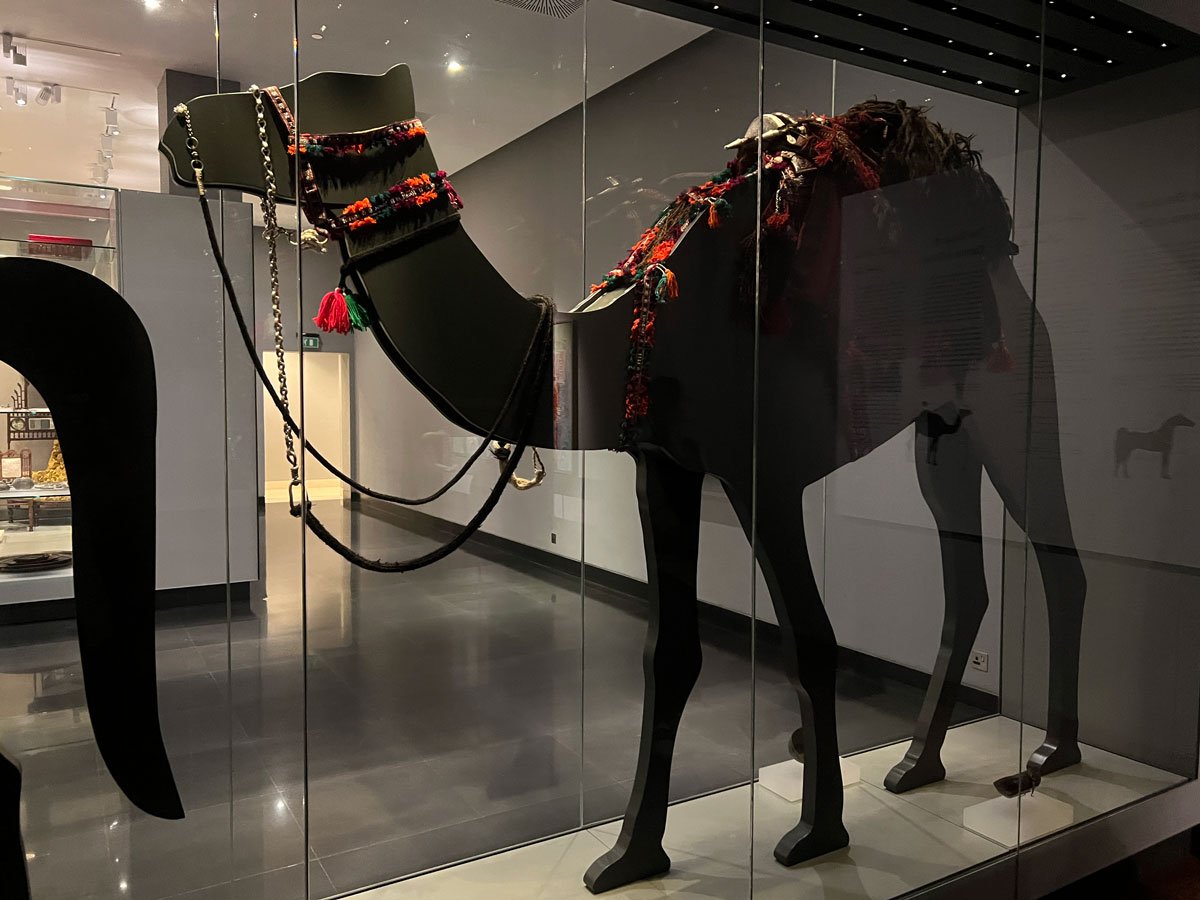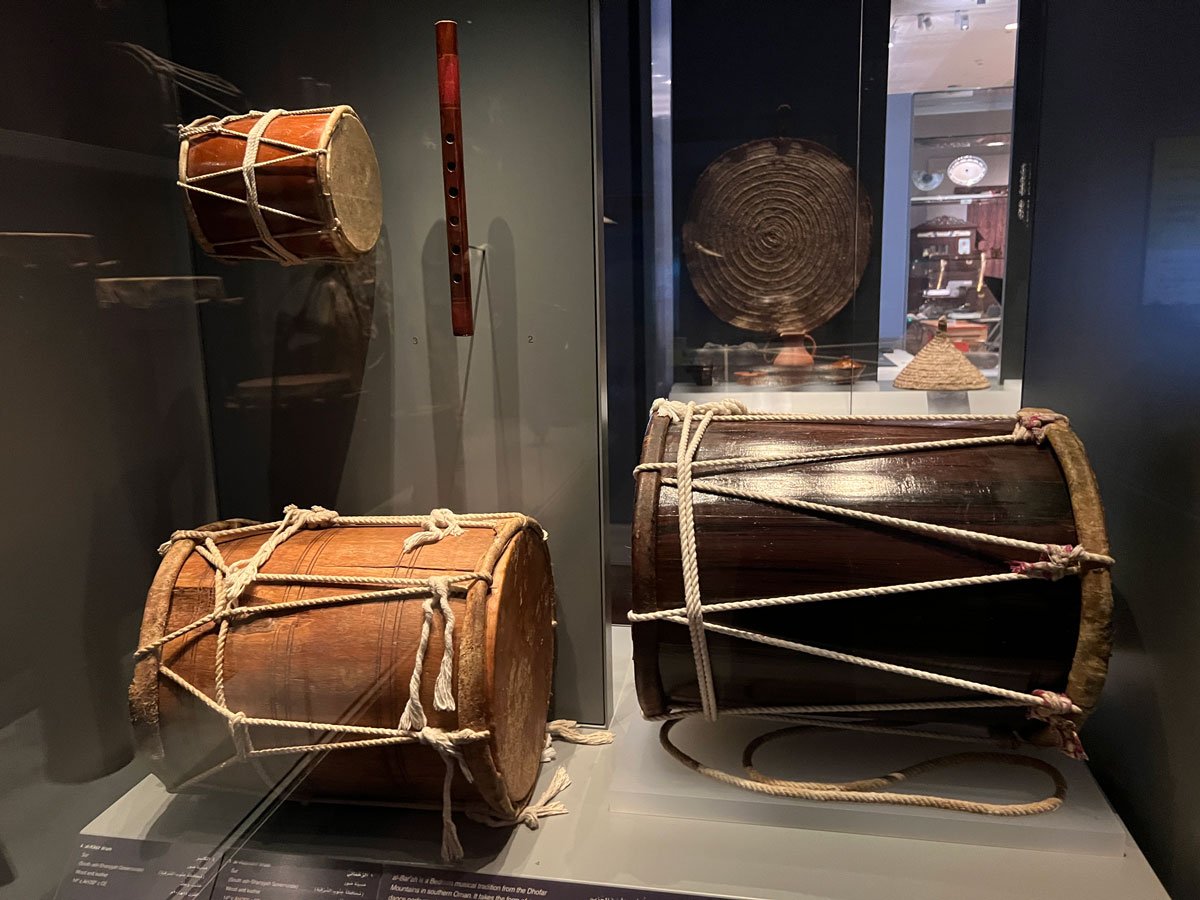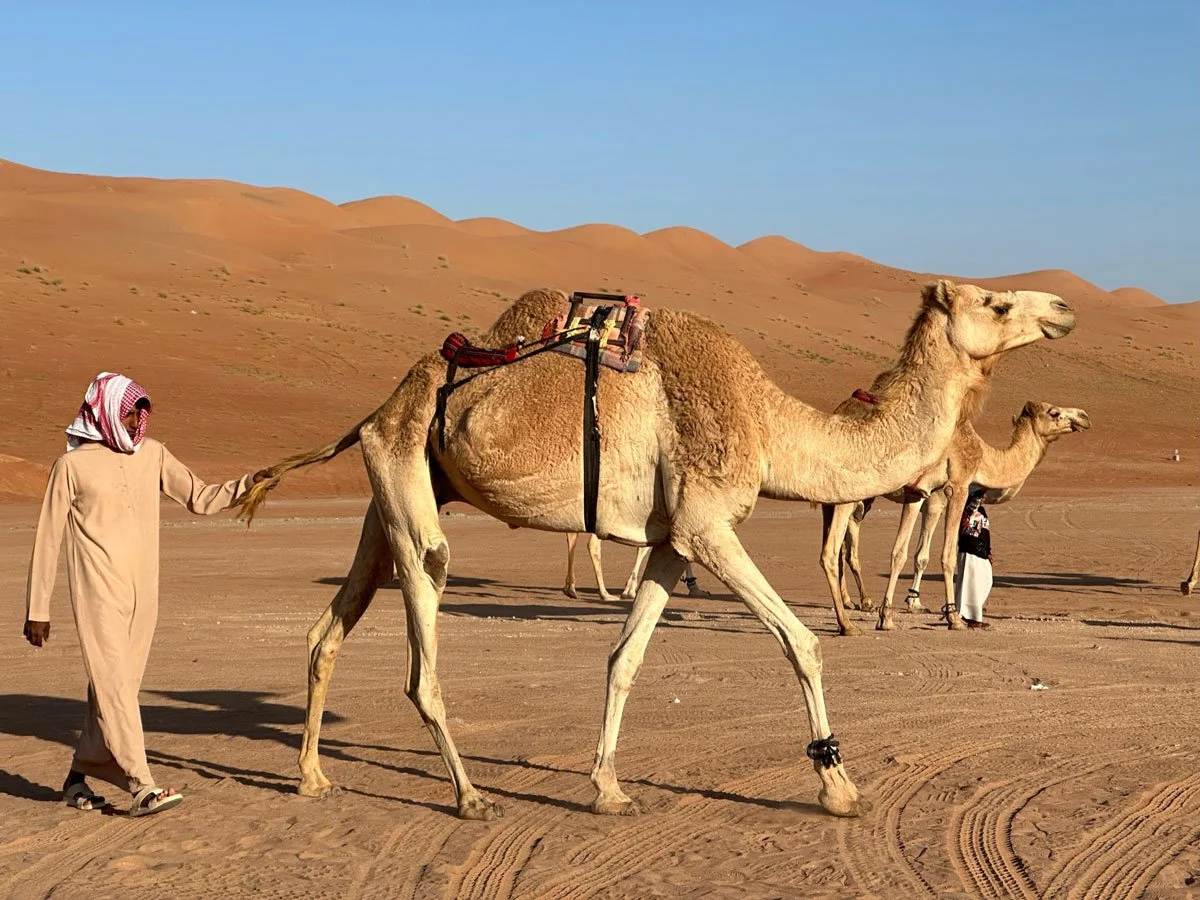Arabian Gulf Surprises - Part 4 - Ten Amazing Experiences in Abu Dhabi, Khasab, Fujairah and Muscat
Arabian Gulf Surprises – Part 4 - Ten Amazing Experiences in Abu Dhabi, Khasab, Fujairah and Muscat
1. World Class Art at the Louvre Abu Dhabi, United Arab Emirates.
Two hours was much too short a time to spend at this Middle Eastern extension of the best-known museum in France. Established in 2017, pursuant to a long-term contract between UAE and France, which was negotiated in 2007, its 86,000 square feet of gallery space makes it the largest art museum in the Arabian Peninsula. The Louvre Abu Dhabi displays art from ancient to modern times from all parts of the world. There is a large special exhibit space for traveling shows, which I discovered as I was almost out of time. It contained a large display of expressionist paintings which I wished I’d allowed more time to see. If I were to go again, I’d plan my time better, paying attention to special exhibits and breaking up my tour into two 2-hour segments. Here is a sample of the art on display.
2. A sparsely-settled Desert Fjord, located at the northernmost tip of the Musandam Peninsula, just to the Southwest of the narrow Strait of Hormuz, Khasab, Oman.
We boarded an ancient-looking tourist boat for our fjord cruise, which departed from the Port of Khasab and proceeded east into a narrow channel which was barren-looking except for a few scattered buildings that appeared to be occupied by fishing people. We sat on cushions on the open-air deck of the dhow boat and were grateful for a roof above that provided shade and a place for the daring to get panoramic views, after climbing a ladder to get there and figuring out how to maintain their balance on a moving boat with a strong wind. Some of my brave companions even left the boat to go swimming during a brief stop. As a constant worrier, I thought of lots of reasons why swimming at that location was not a good idea, but fortunately no problems arose and those who dared to swim seemed to be very happy for the experience.
3. 16th Century Fujairah Fort, United Arab Emirates.
Most of the developed areas of UAE are on its Western coast, facing the Arabian Gulf (which is also referred to as the Persian Gulf). A portion of the country, however, adjoins the Gulf of Oman to the East. The Eastern coast has become increasingly important for trade because shipping from that location avoids the need for passage through the Strait of Hormez. The Fujairah Fort is the largest and oldest in the UAE. Dates were an important commodity even centuries ago, as illustrated by photos of the date processing room.
4. The Fujairah Cultural Museum -- 5,000 years of cultural history.
5. Trees, Gardens, Markets, Fujairah countryside, United Arab Emirates.
6. Al Bidya Mosque, oldest known mosque in UAE.
There were lots of people present when we visited this mosque, both tourists and worshippers. It is believed to date back to 1446 and is made of mud and stone, although the exact age is in dispute. Daily prayers are said there even today and prominent signs advise visitors of the dress requirements. The surrounding area also includes other old buildings and ruins.
7. Beautiful, modern Sultan Qaboos Grand Mosque, Muscat, Oman.
Inaugurated in 2001, this Grand Mosque was a gift to the nation by Sultan Qaboos bin Said Al Said, in celebration of his third decade in power. The mosque has a garden and five massive towers, one of which is the tallest structure in Oman. The five towers symbolize the five pillars of Islam: profession of faith, prayers, giving of alms, fasting and pilgrimage. As was true of the Sheikh Zayed Grand Mosque we visited in Abu Dhabi, a strict dress code was enforced.
8. Royal Opera House, Muscat, Oman.
This beautiful building was completed in 2011, at the direction of Sultan Qaboos. The opera house complex includes the concert theater, with a capacity of 1,100 attendees, an auditorium, formal landscaped gardens, a cultural retail market, luxury restaurants and an art center. I was surprised to see a facility like this in Oman. I looked over a schedule of past and future performances and it looked much like shows that would be shown in the United States. Unlike other places visited on this trip, our tour guide was an Omani citizen, who seemed very proud to show off this lovely building.
9. National Museum of Oman.
This was the last tour destination of my trip and I was getting tired, but still enjoyed examining exhibits of face masks, jewelry, pottery, baskets, coffee pots, drums, boats and more.
10. Camels.
Domesticated camels are found all over the Arabian Peninsula. Historically, they were very important to the nomadic people who lived in the desert. They are often part of ceremonial and sporting events today. I looked forward to seeing camels and learning more about them on this trip. However, I did not join the optional extension at the end of our tour, which traveled into desert areas and involved contact with camels. This photo is from one of my travel companions.
Conclusion
I loved my Arabian Peninsula cruise and tour. Having college classmates, including former ambassadors, in our travel group was a big plus, ensuring there would always be interesting conversations. Traveling with a quality cruise company helped to allay worries about food, security, and scheduling. They all exceeded my expectations. This was only my second experience traveling to Muslim countries and to countries led by authoritarian leaders. (I had briefly visited Morocco a few months earlier.) I was aware that there were issues about the treatment of foreign workers as well as gender and racial equity. Those problems were not the subject of my trip. Freedom of speech and freedom of the press do not exist in Qatar, UAE and Oman in the manner we are familiar with in the U.S. and we were aware of that before commencing our travels. Just as I don’t reject individuals or groups of people who might have some characteristics I don’t like, I can’t reject an entire country and all its people because of practices, laws, or forms of government I don’t agree with. I appreciated the opportunity to learn more about the people, government, history, and geography of an area I knew very little about, countries that have been important allies of the United States.
This is my last blog post about this trip. Thank you for sharing my journey by reading my posts. If you are not currently a subscriber, please consider signing up now. I have enabled comments for this blog post, so if you are reading this on my website, rather than in an e-mail, you can post your feedback below.


